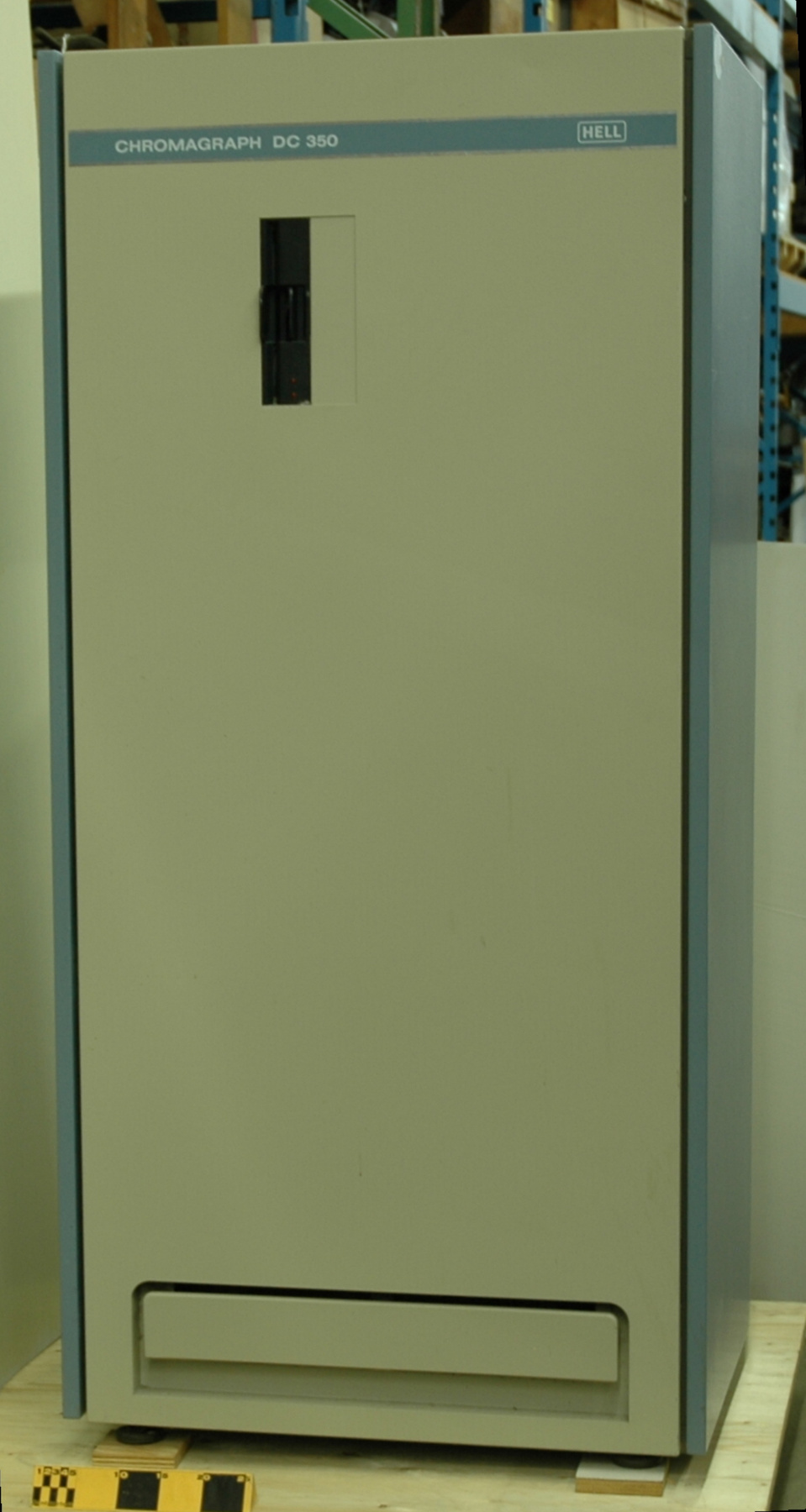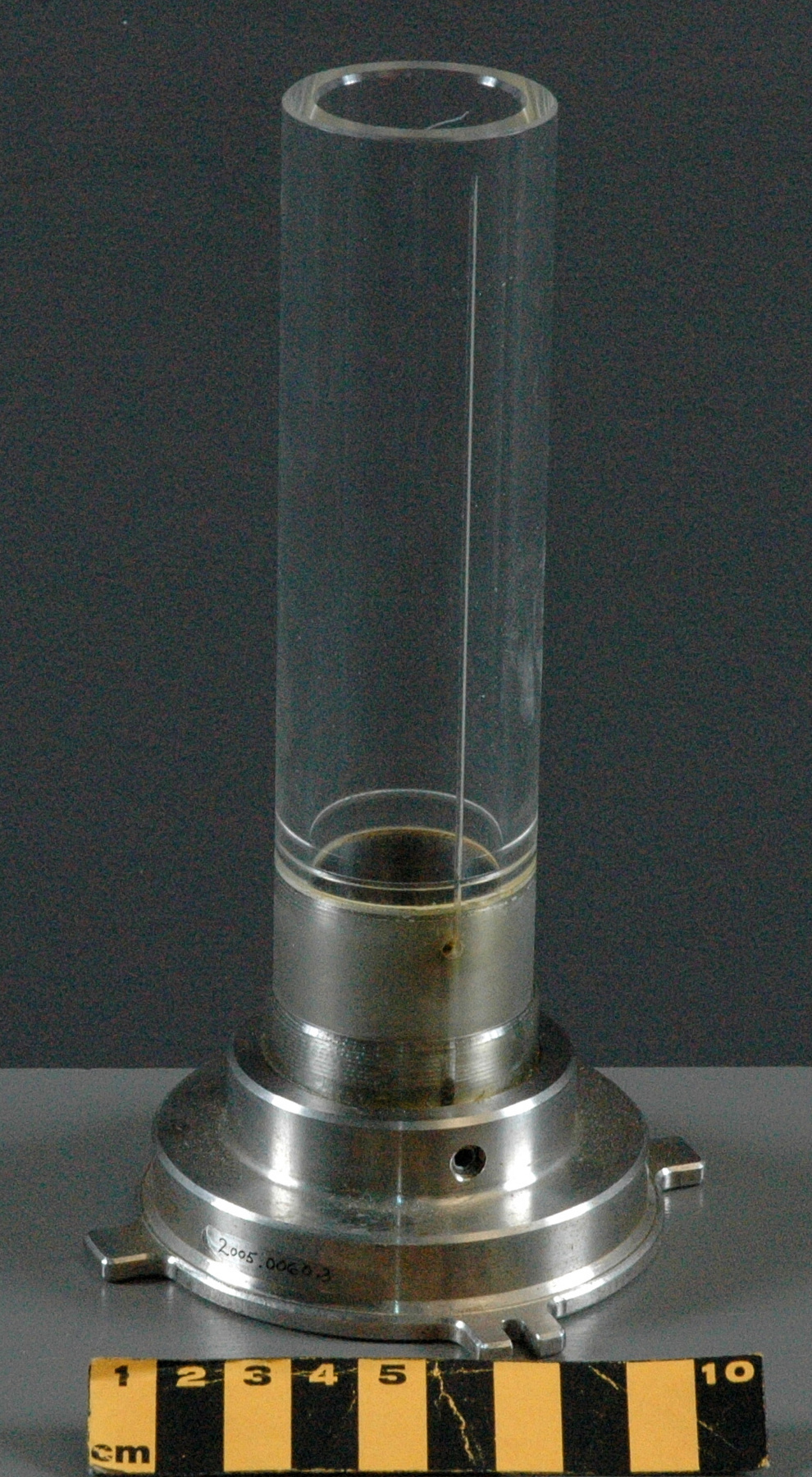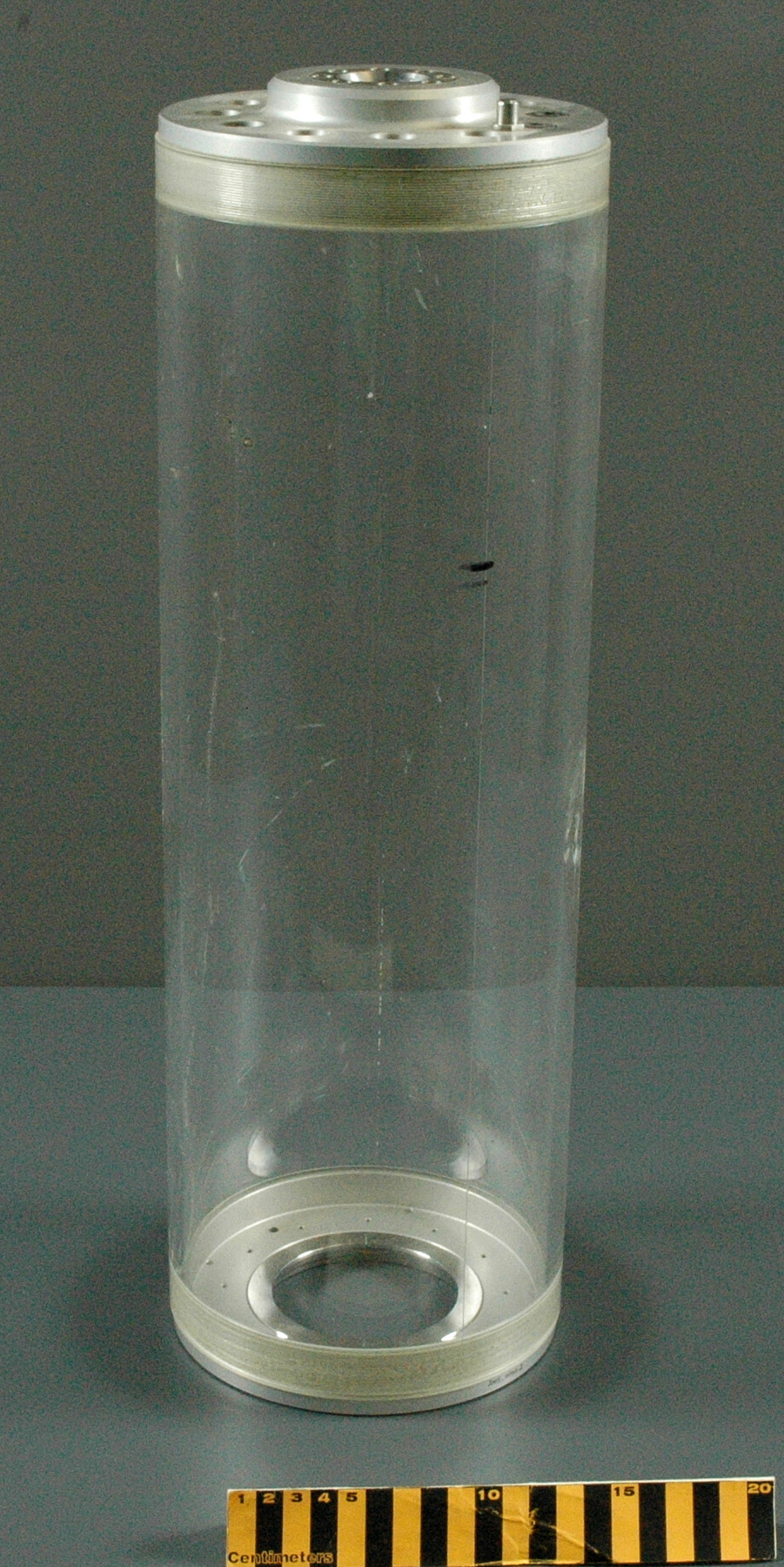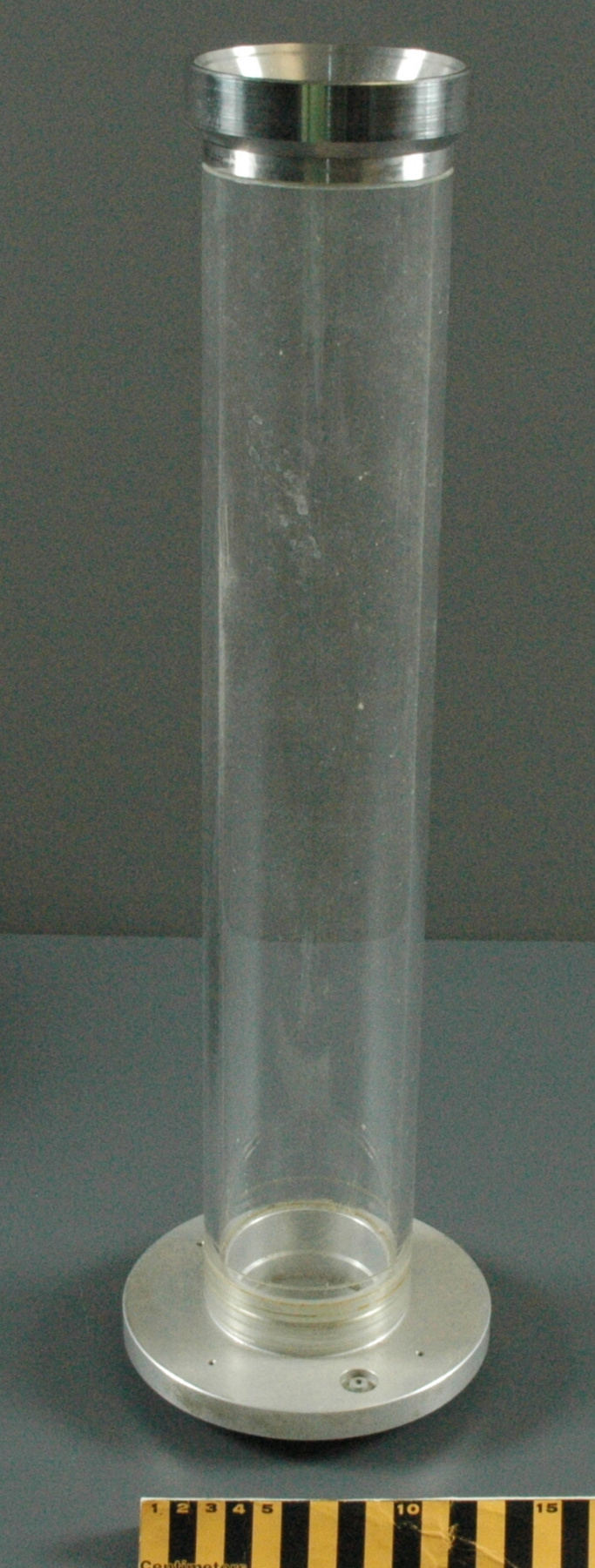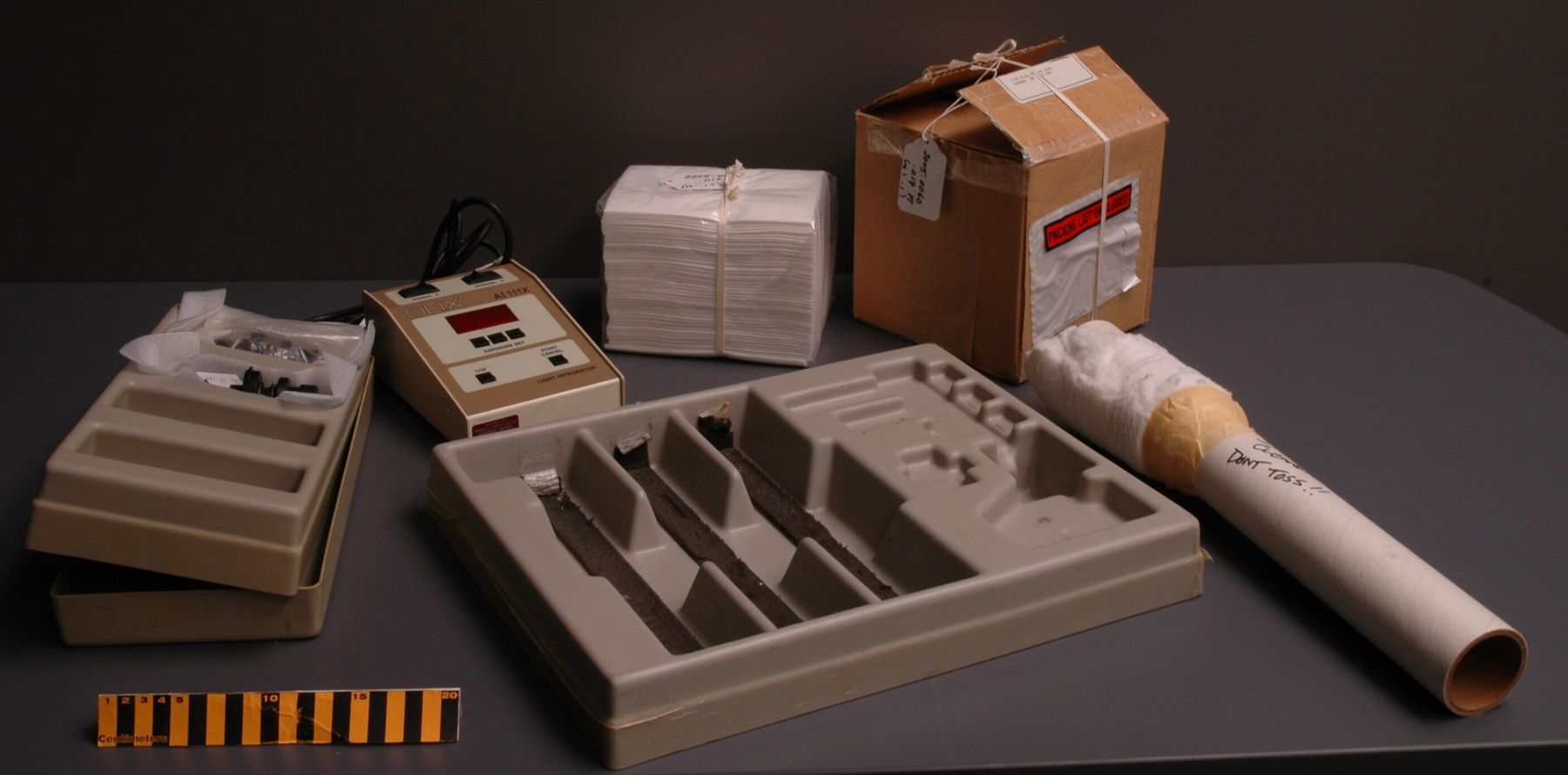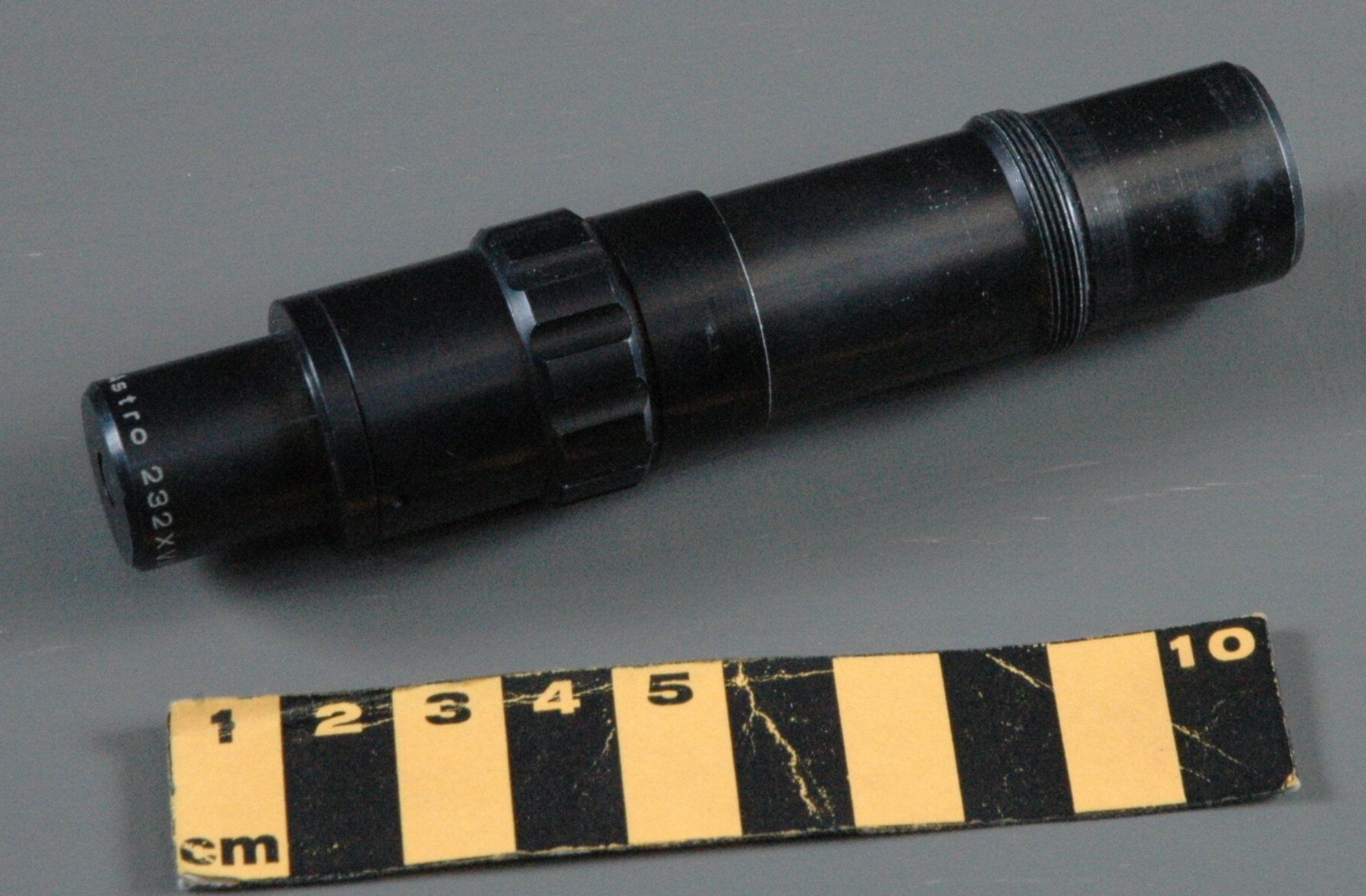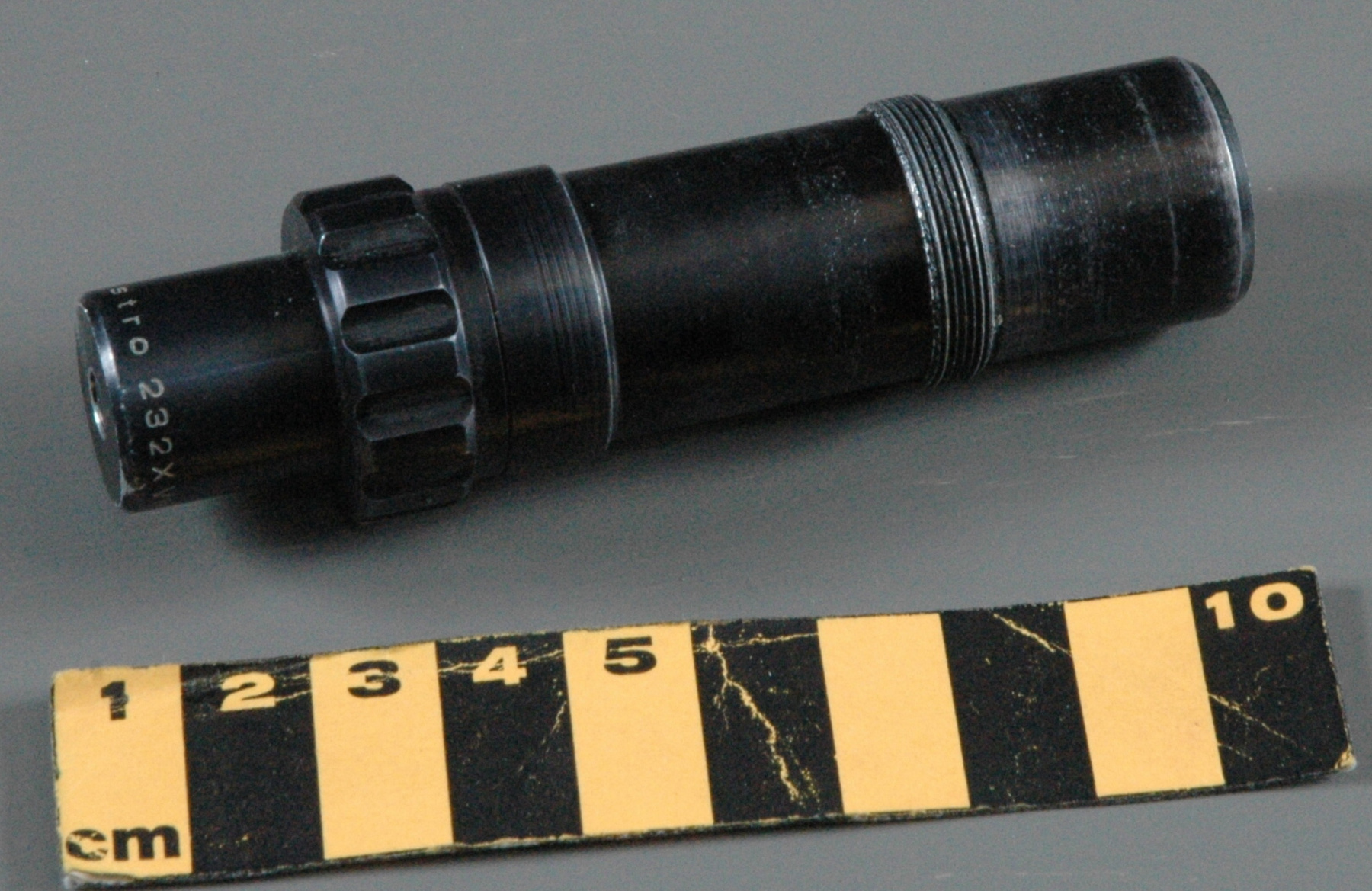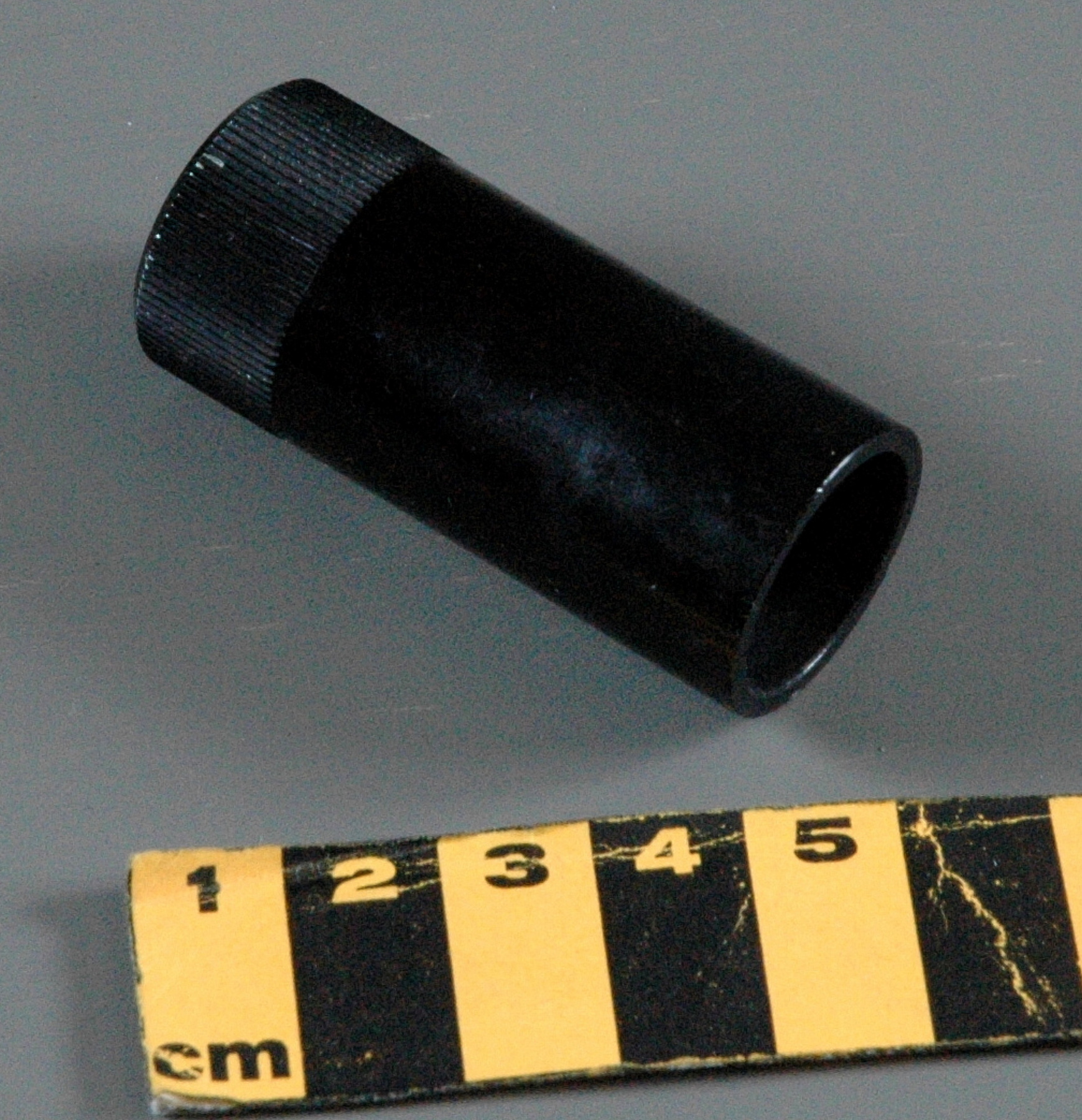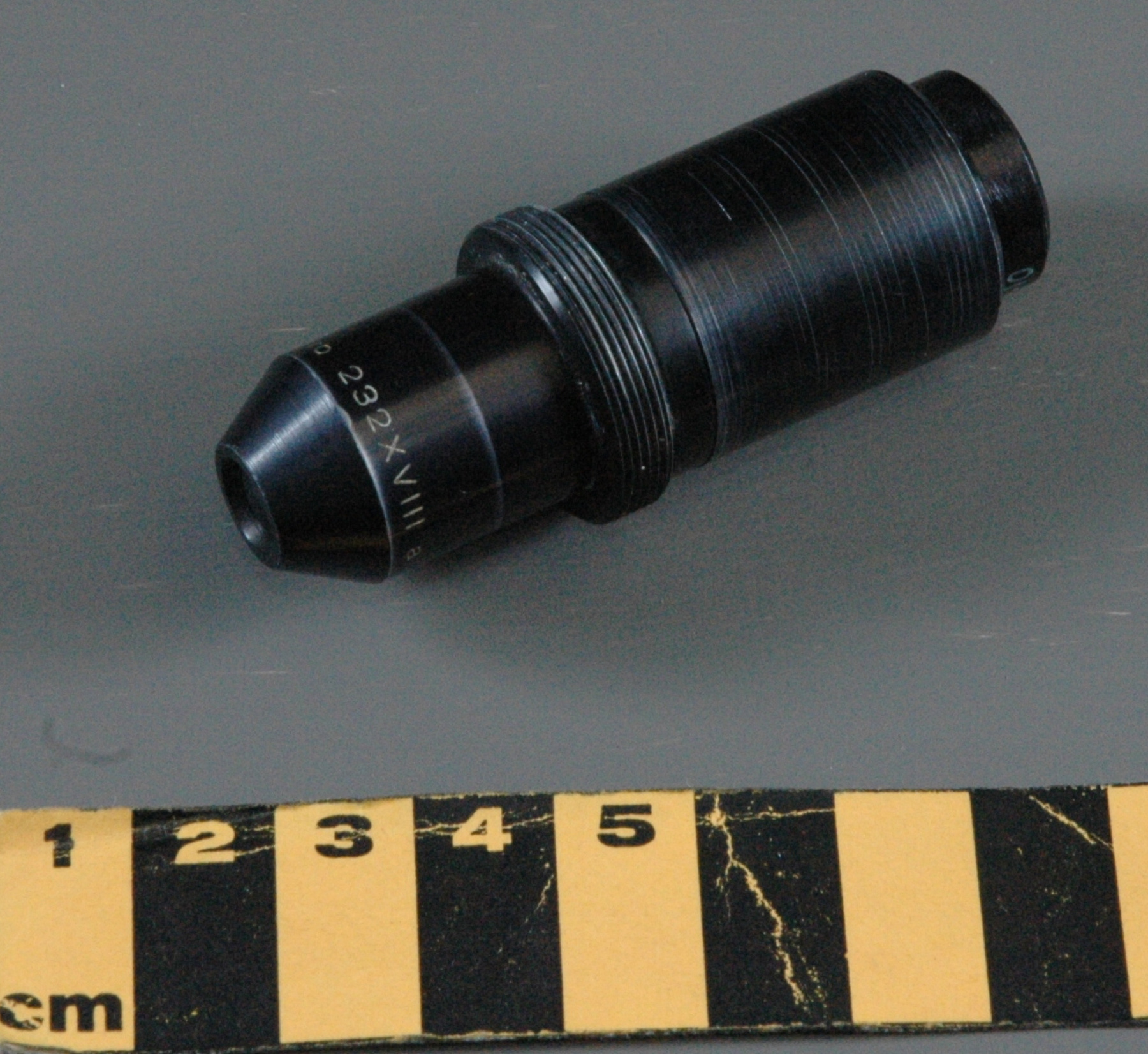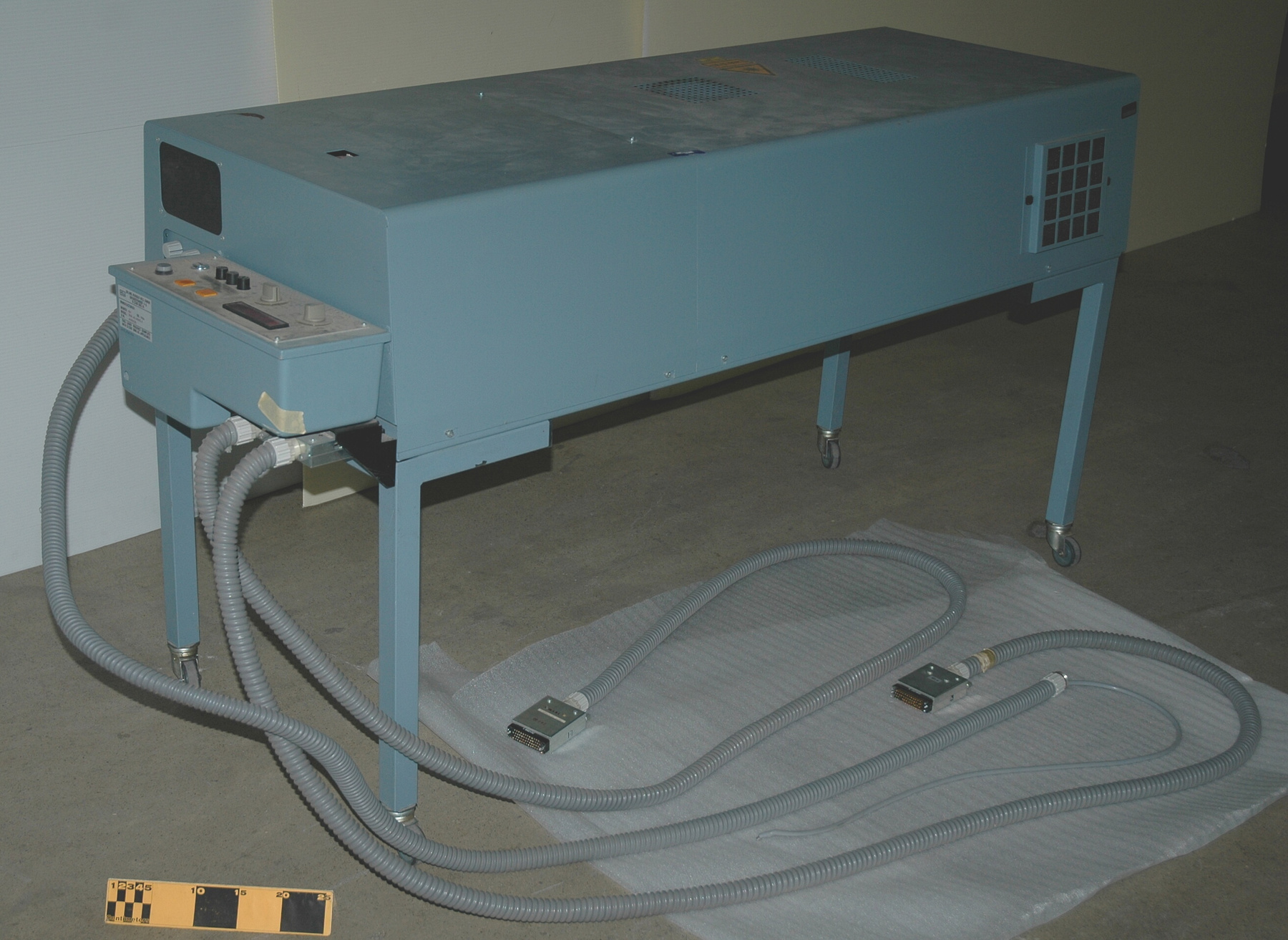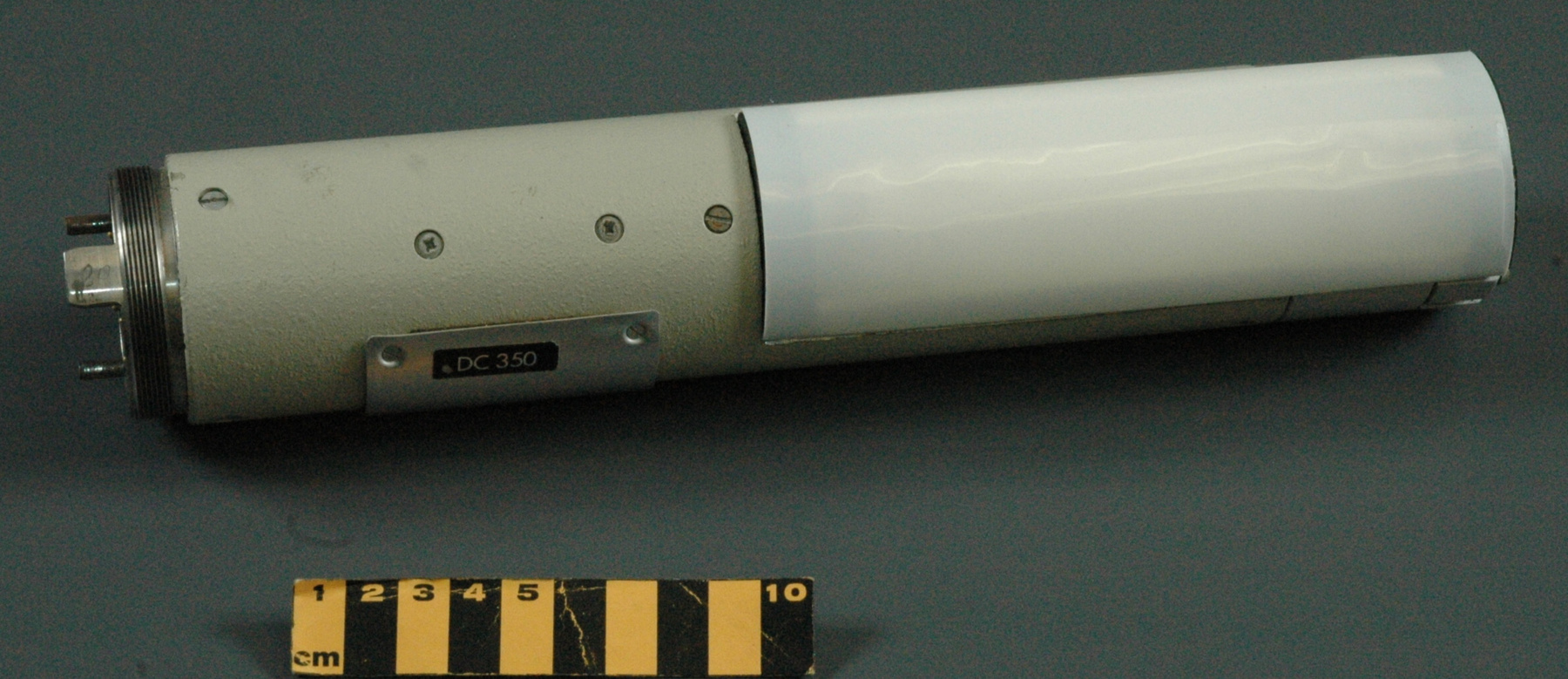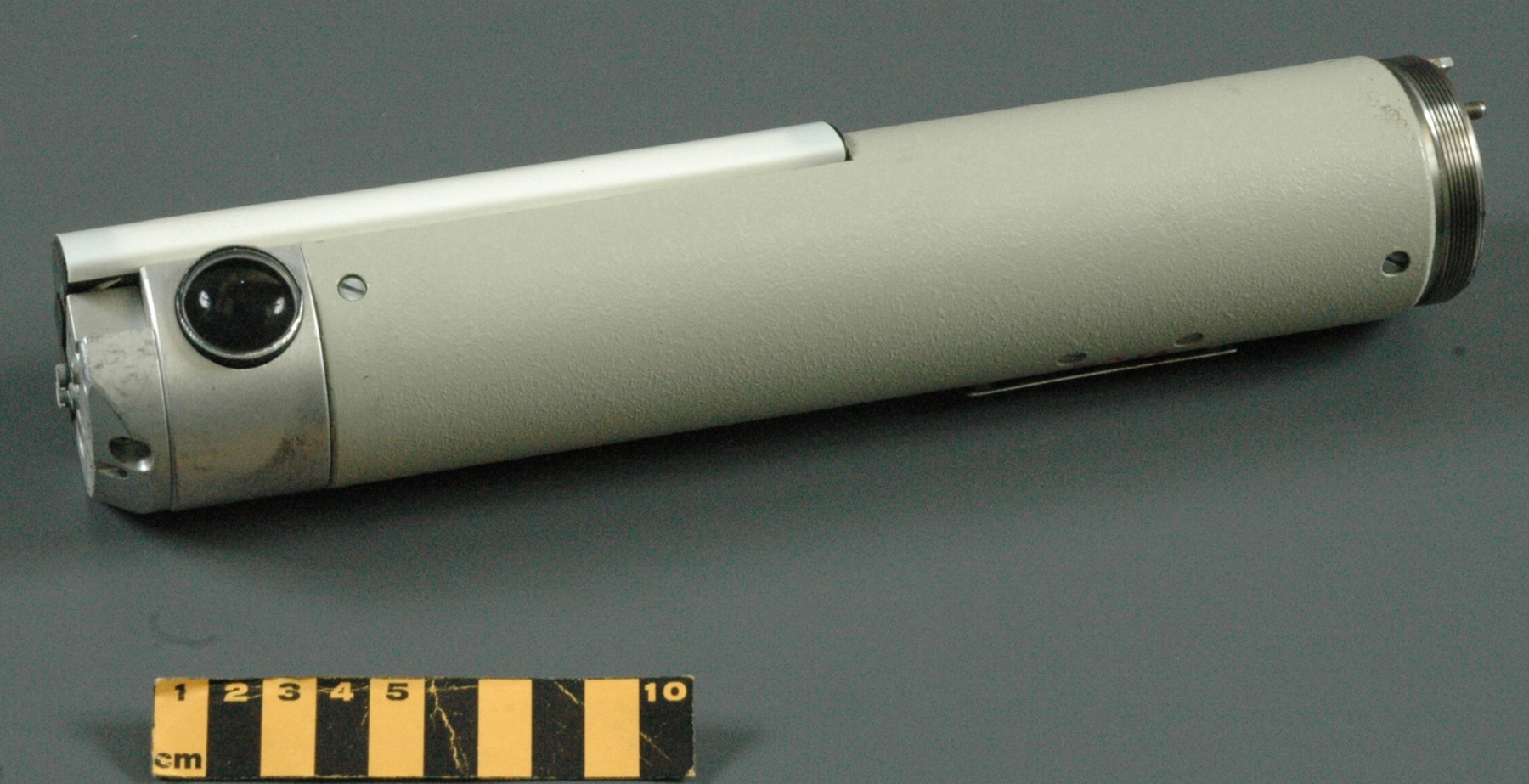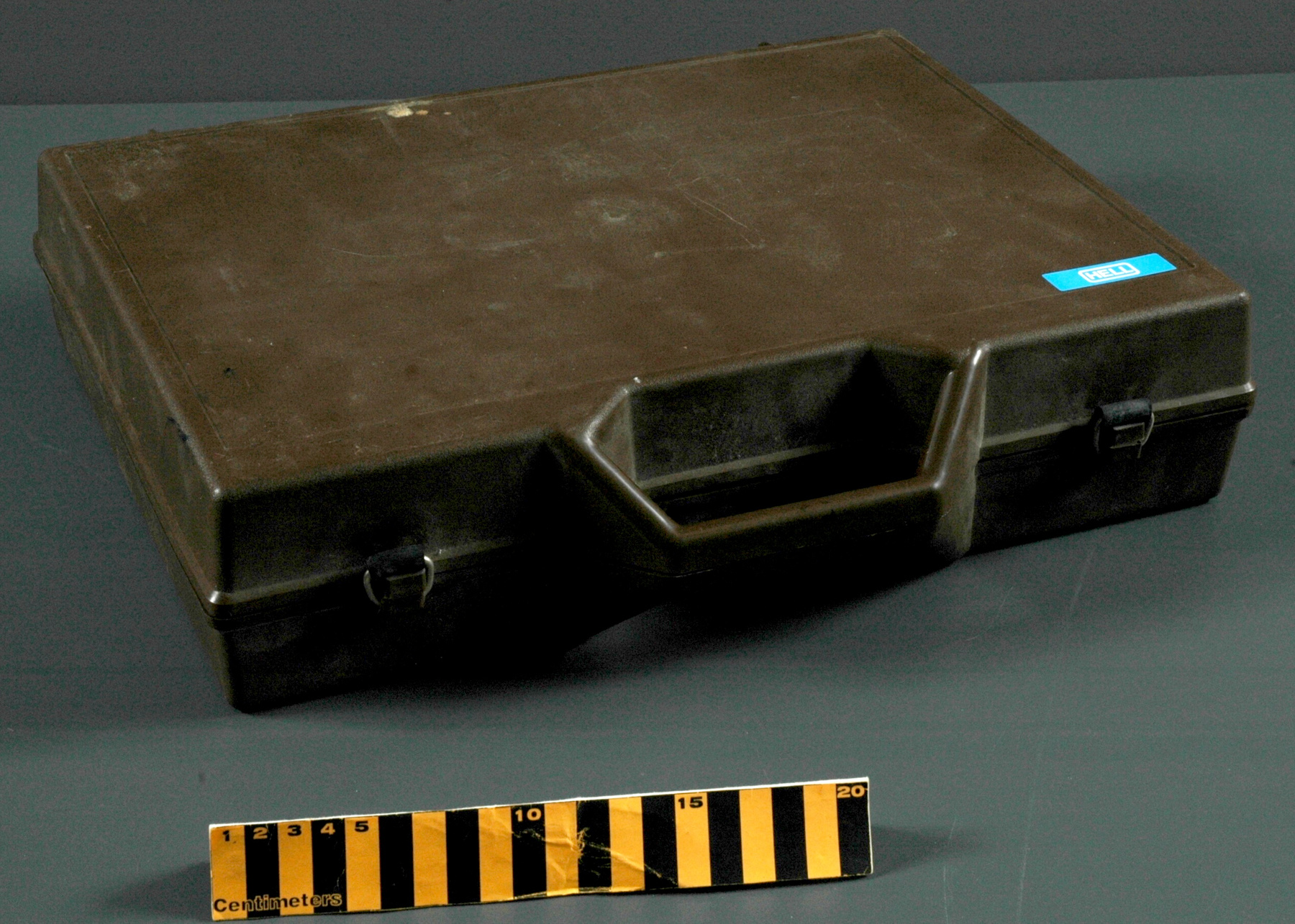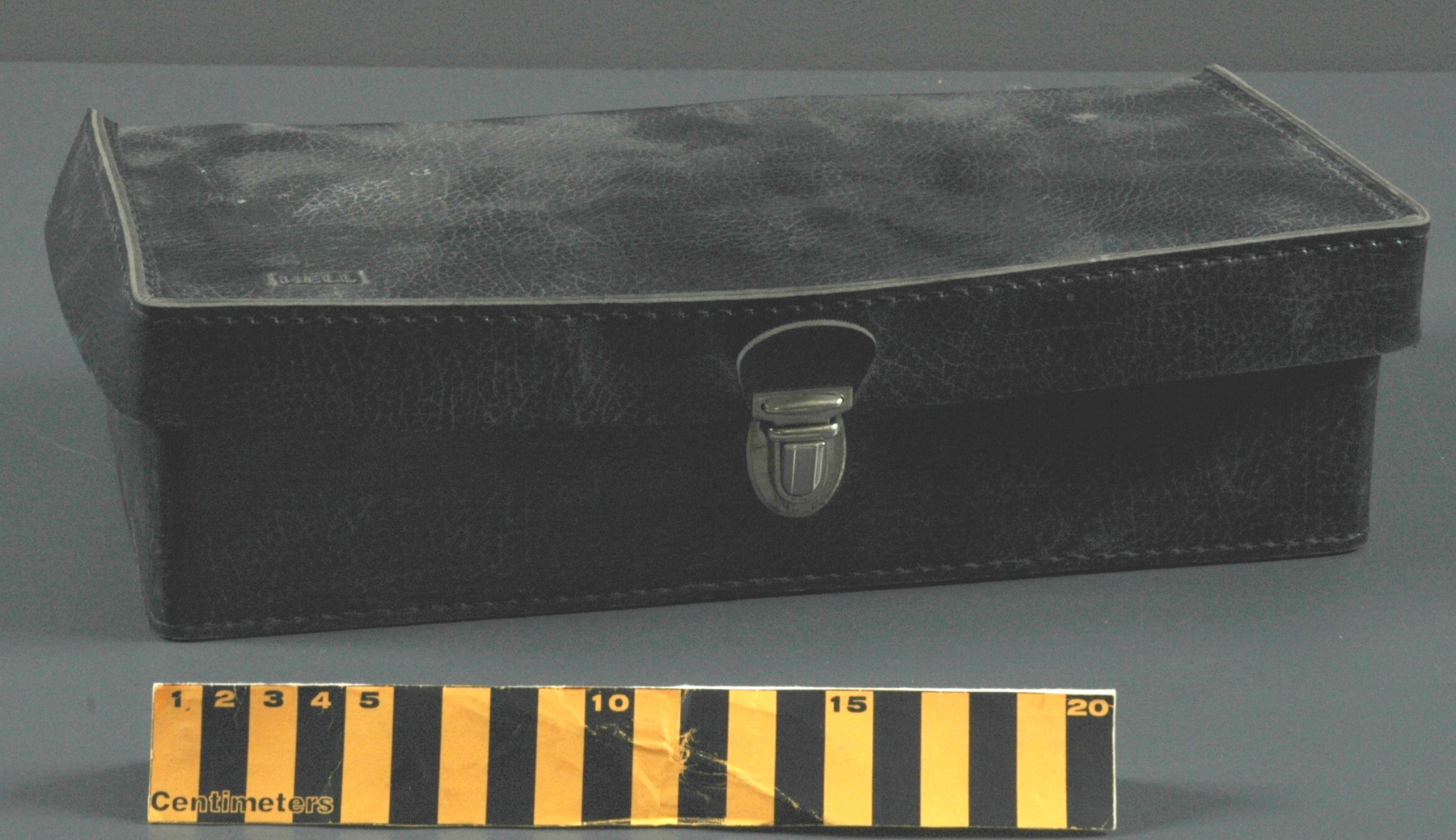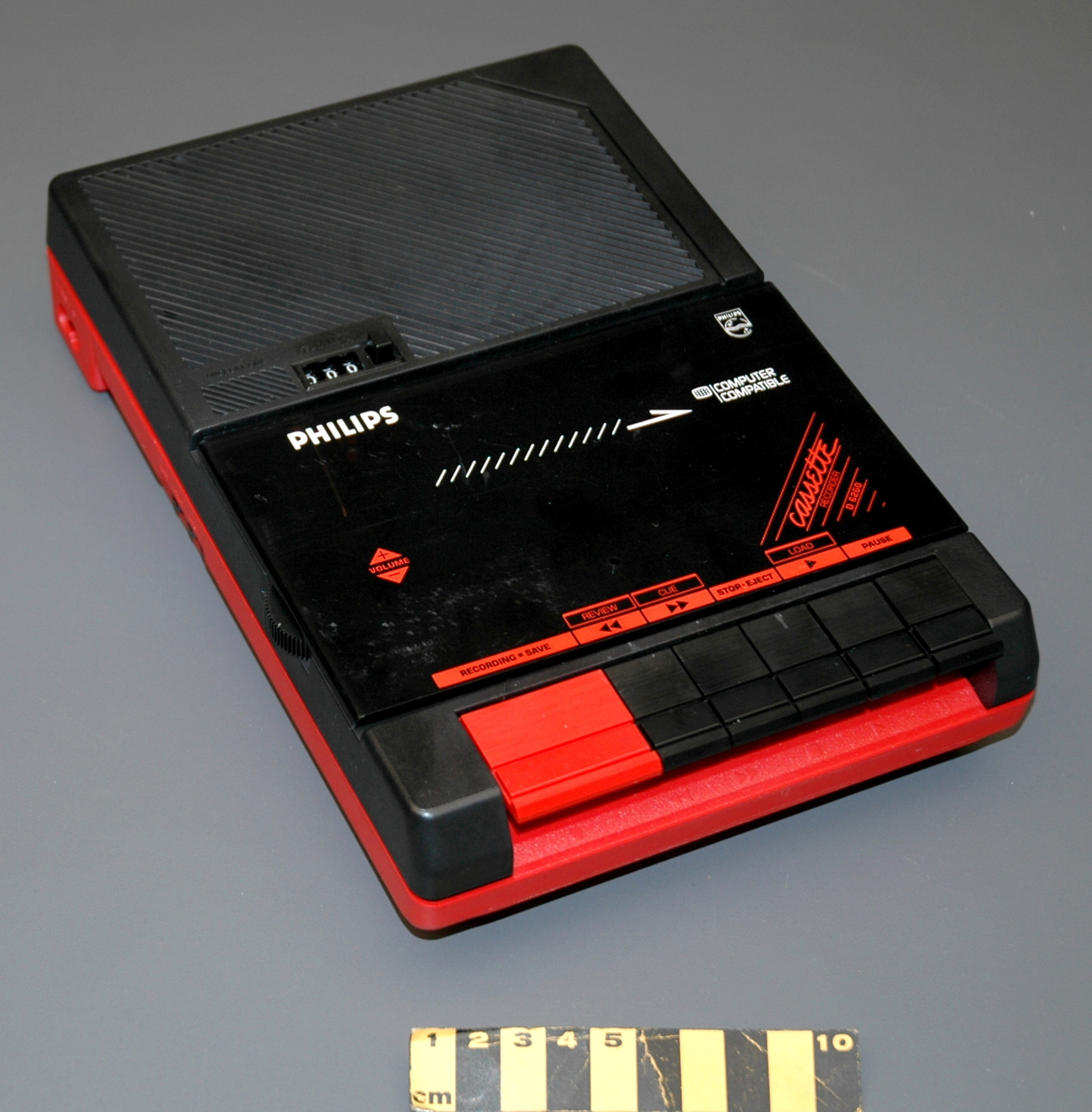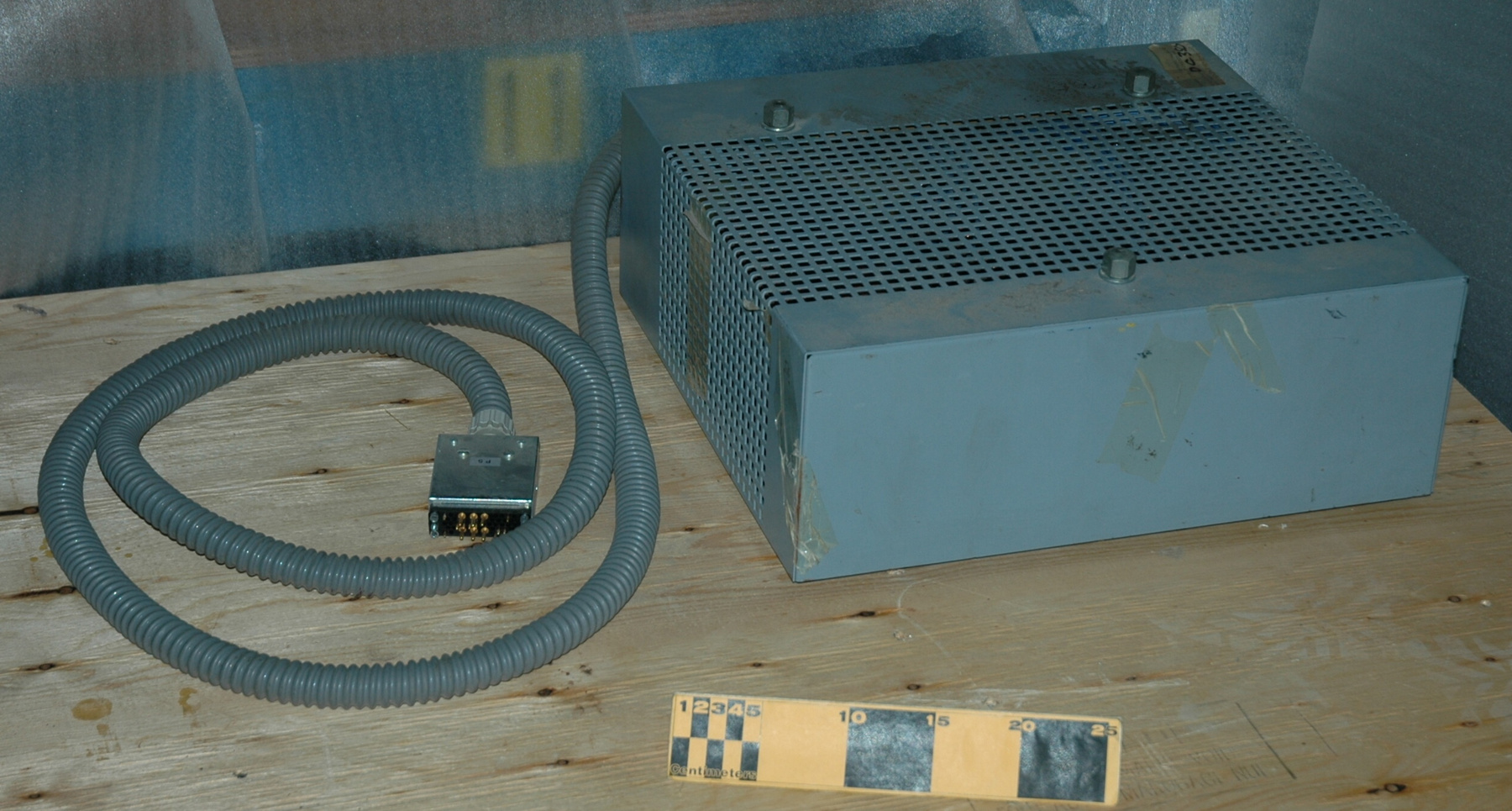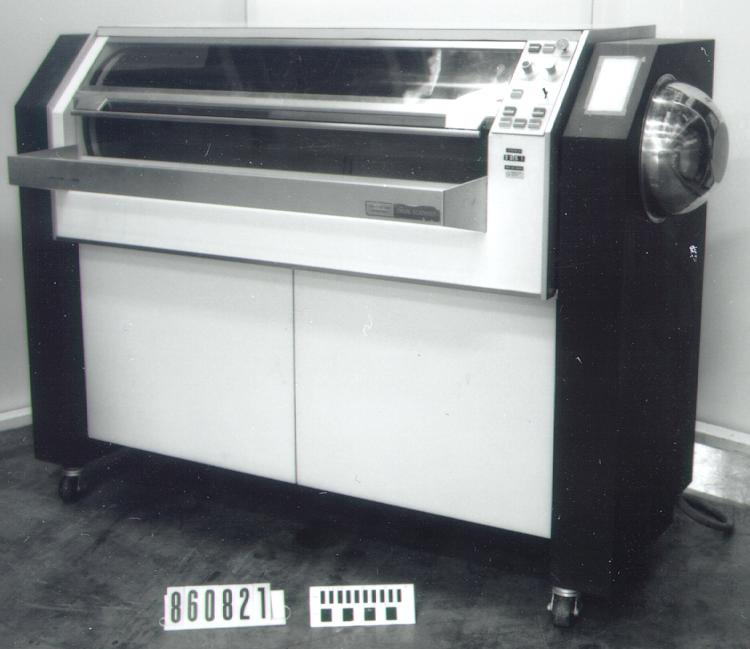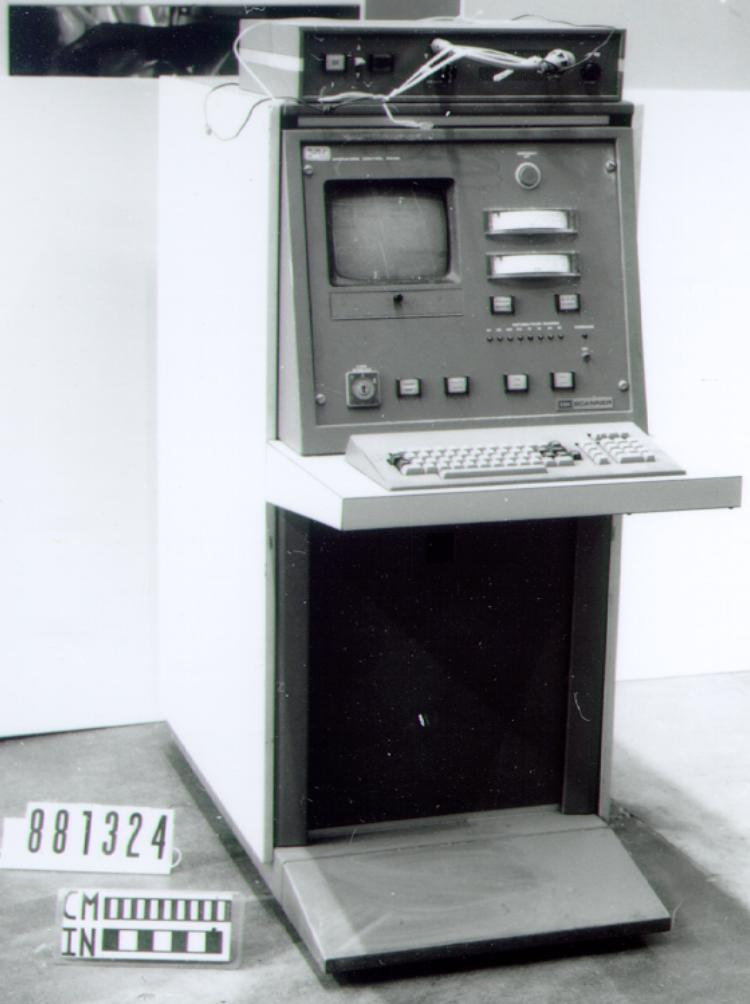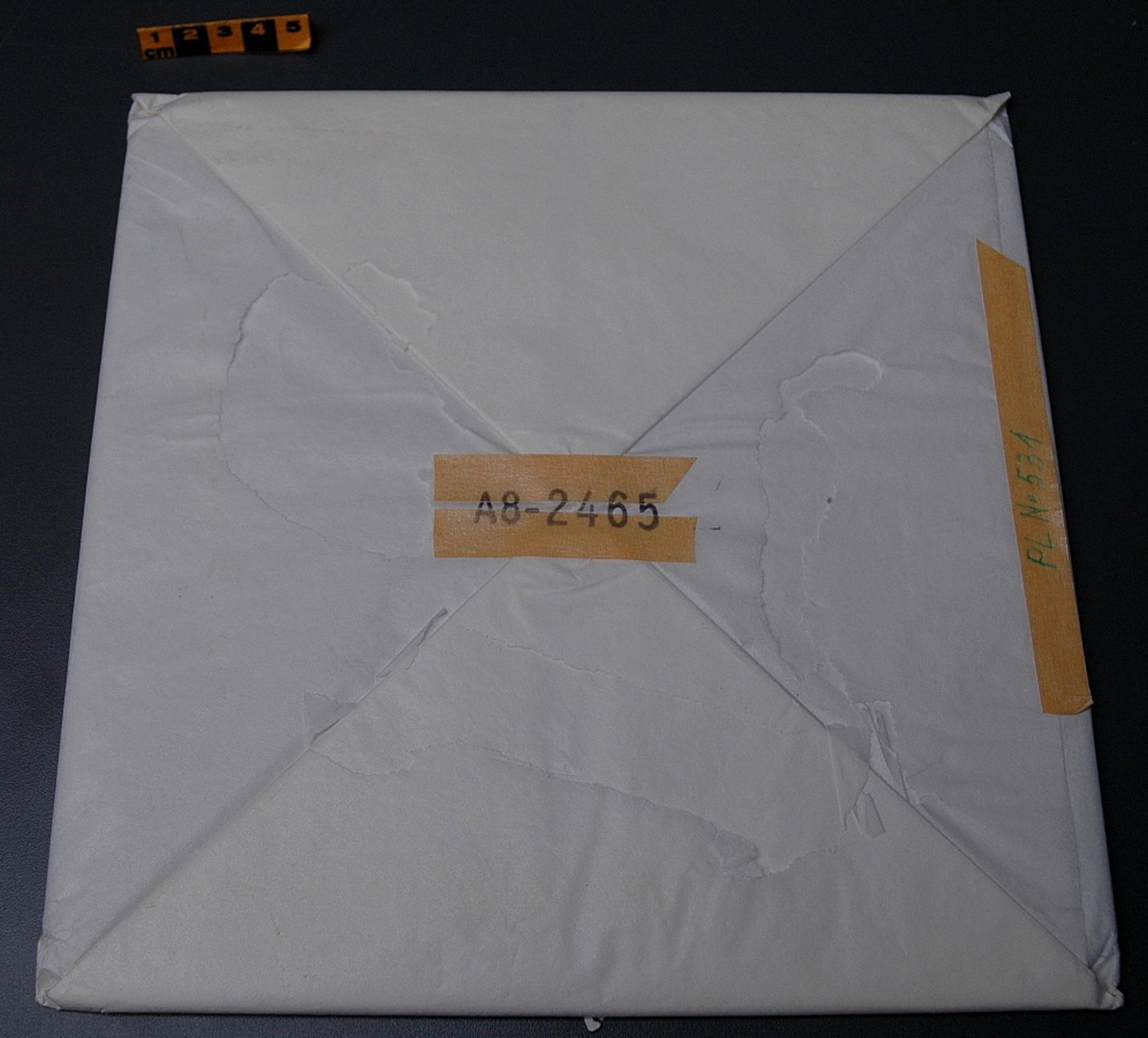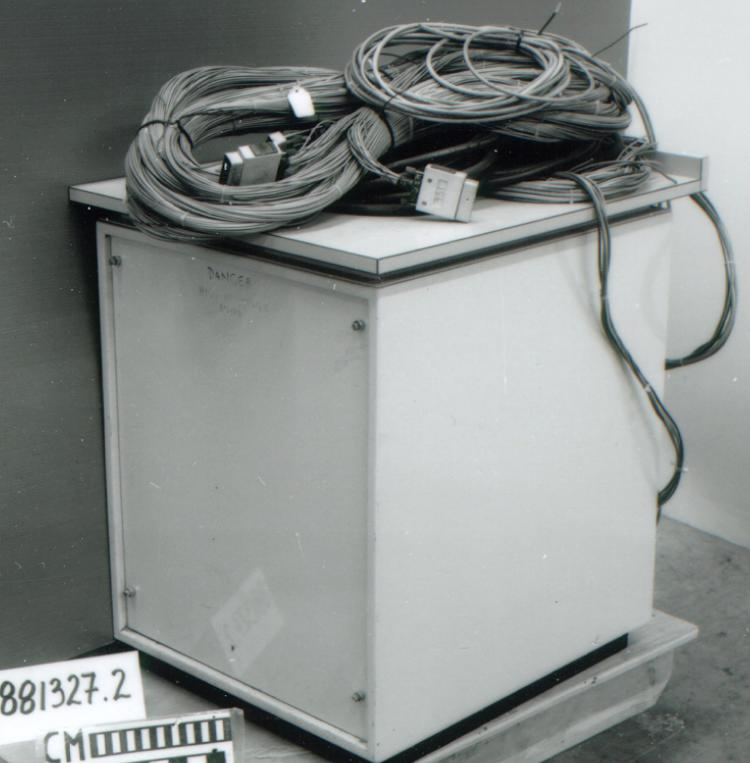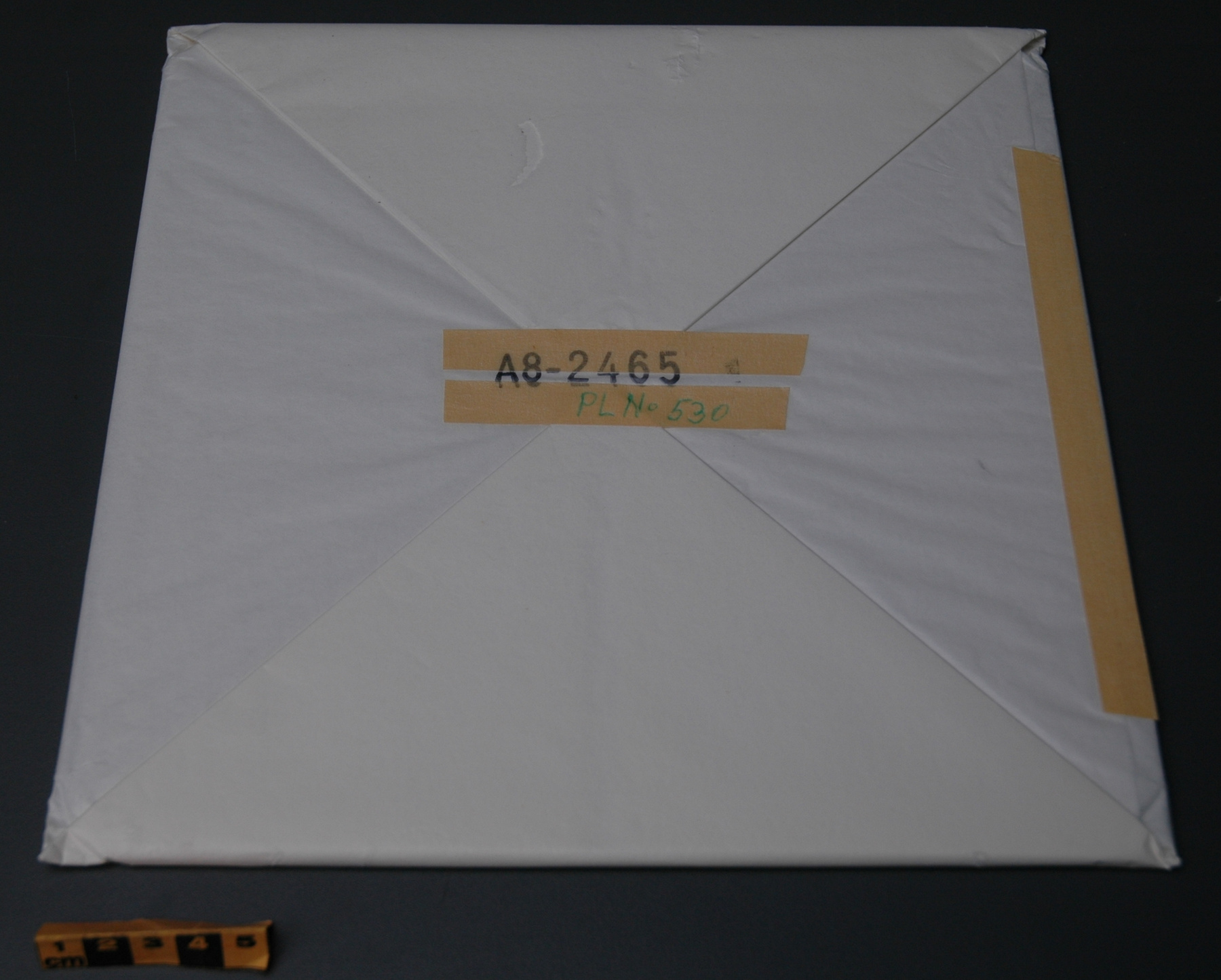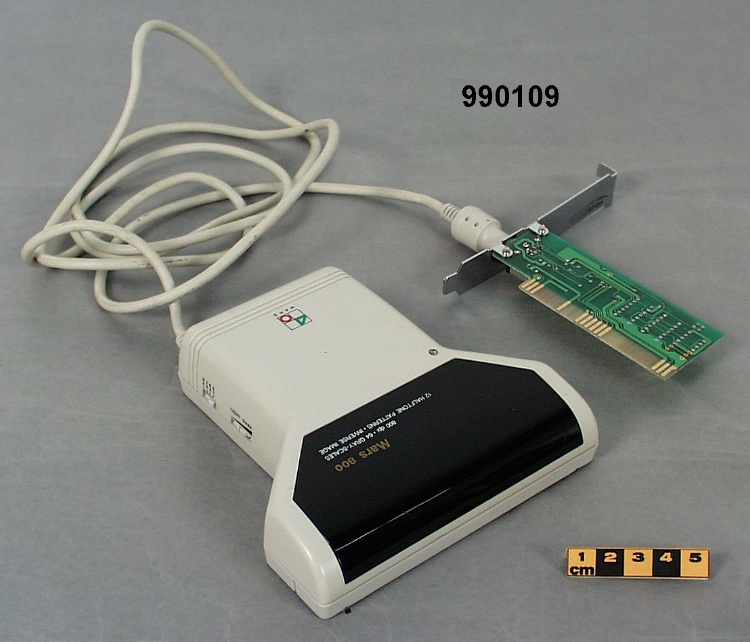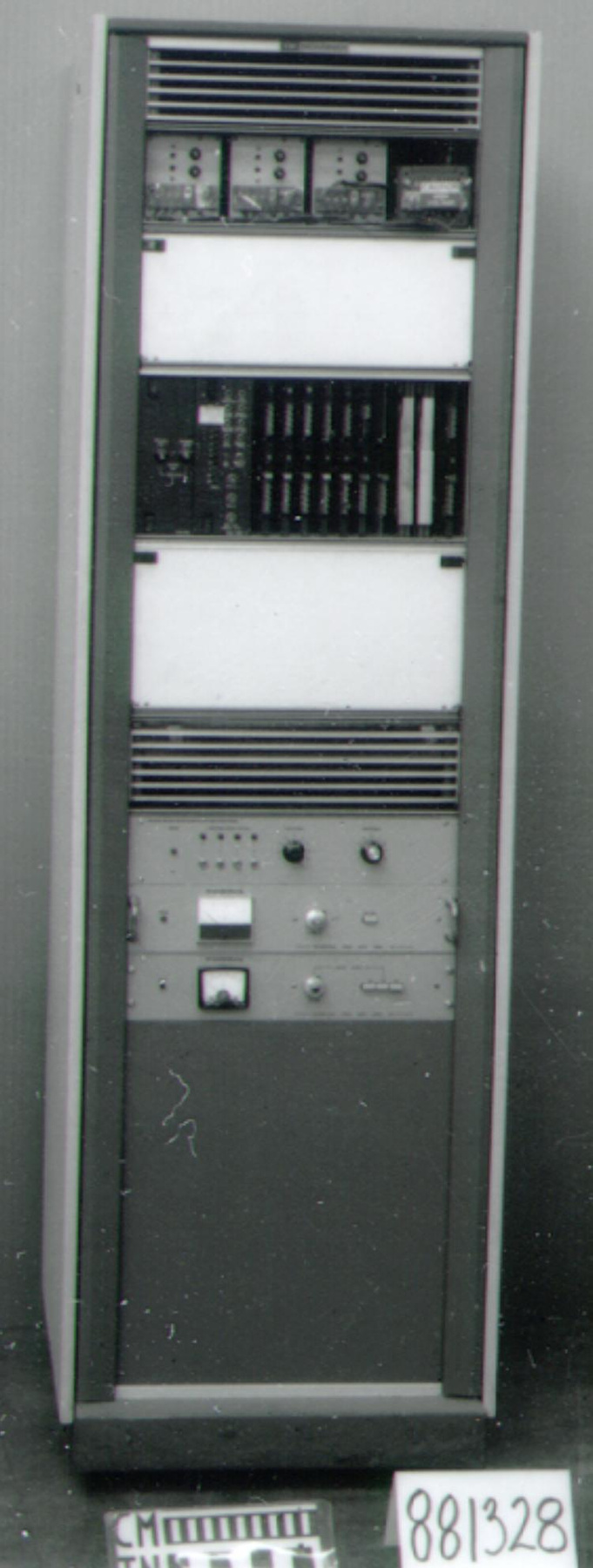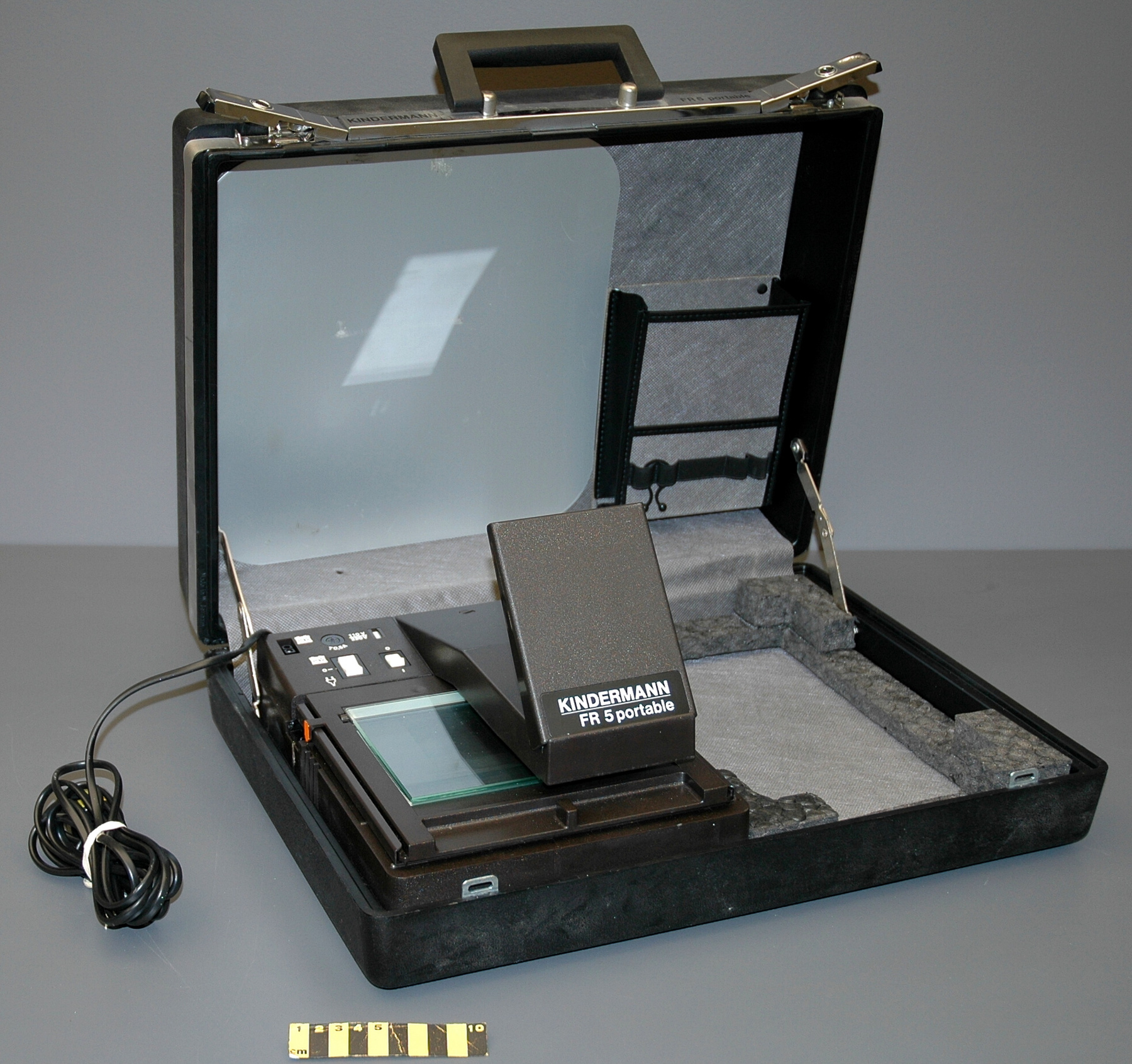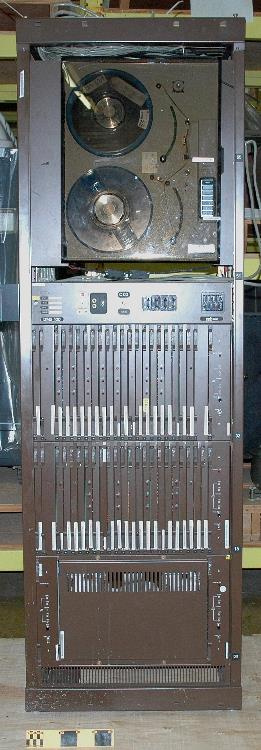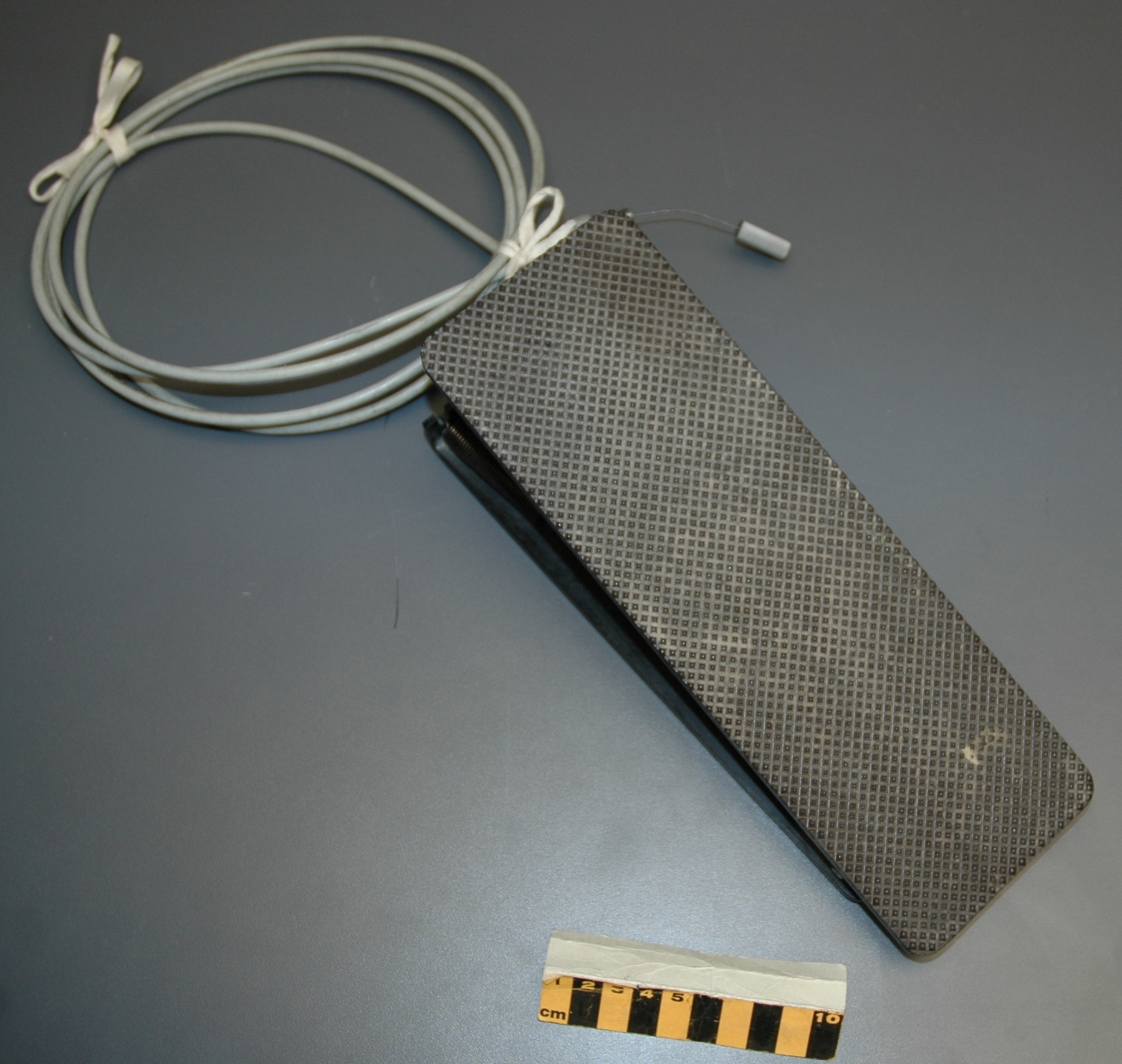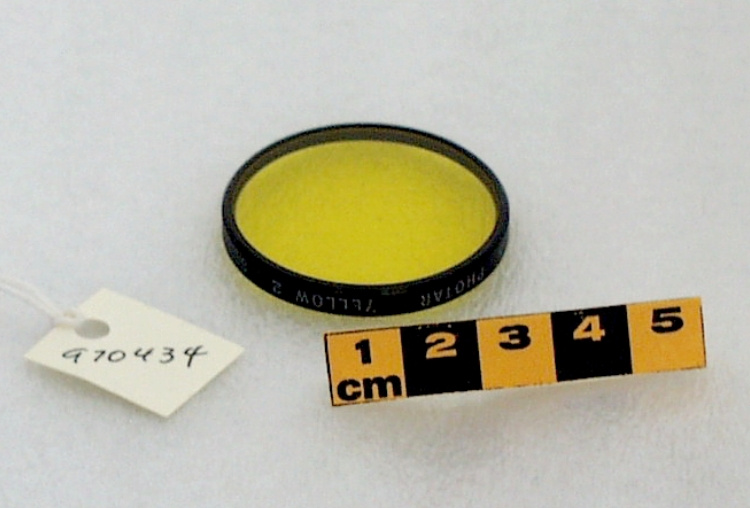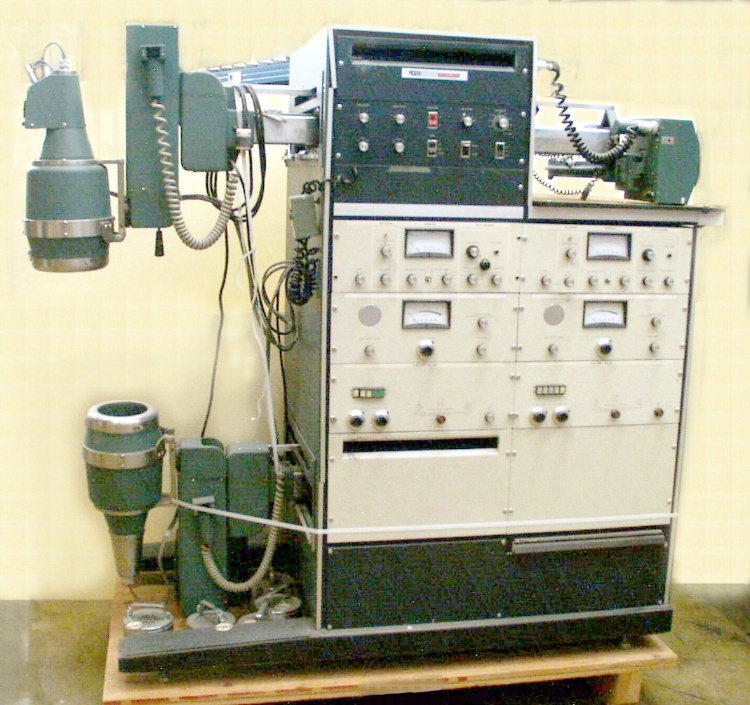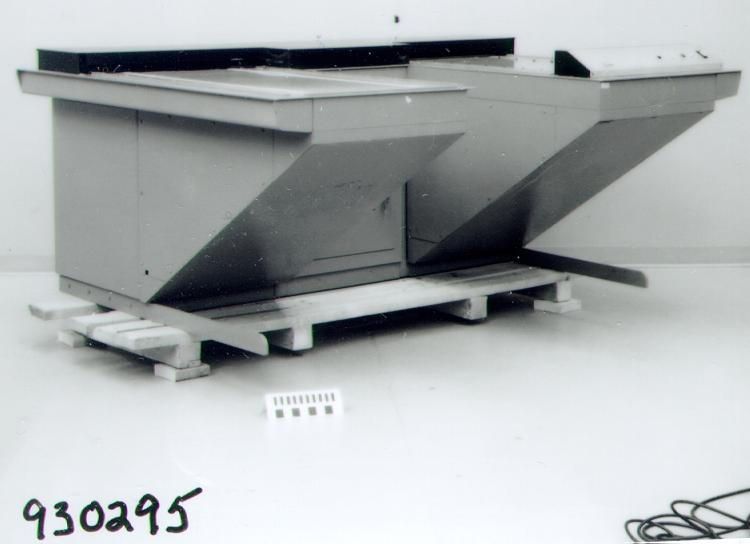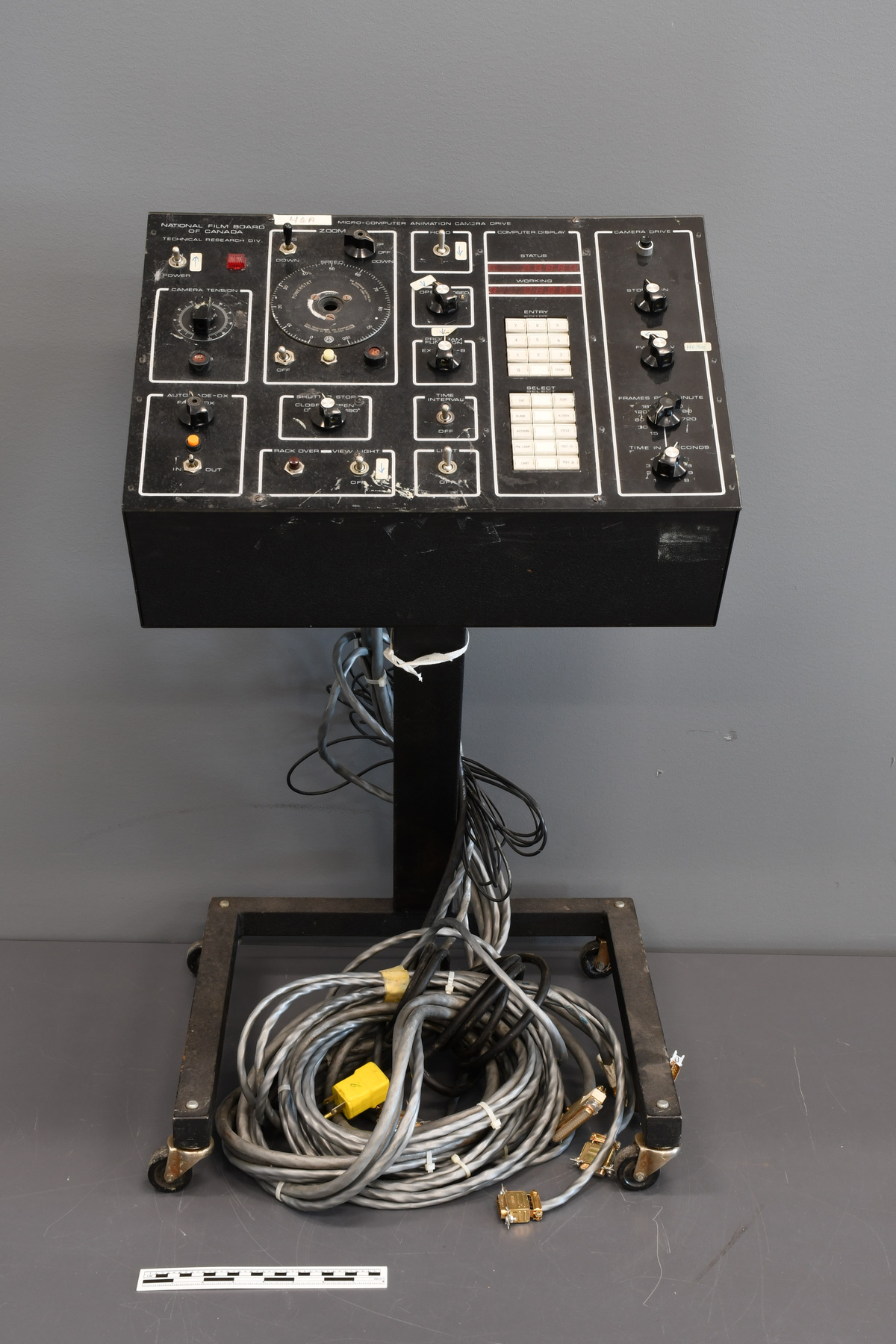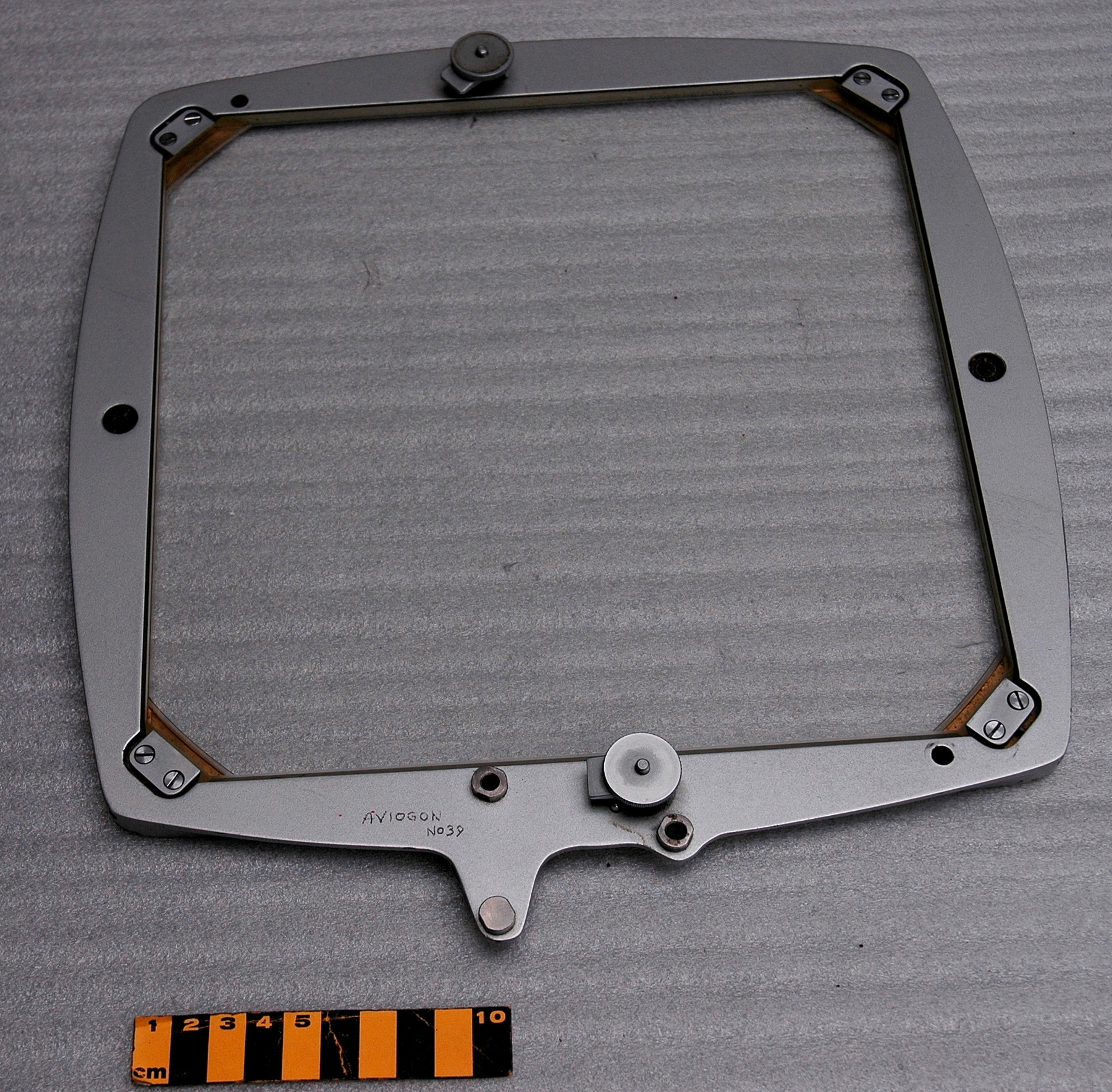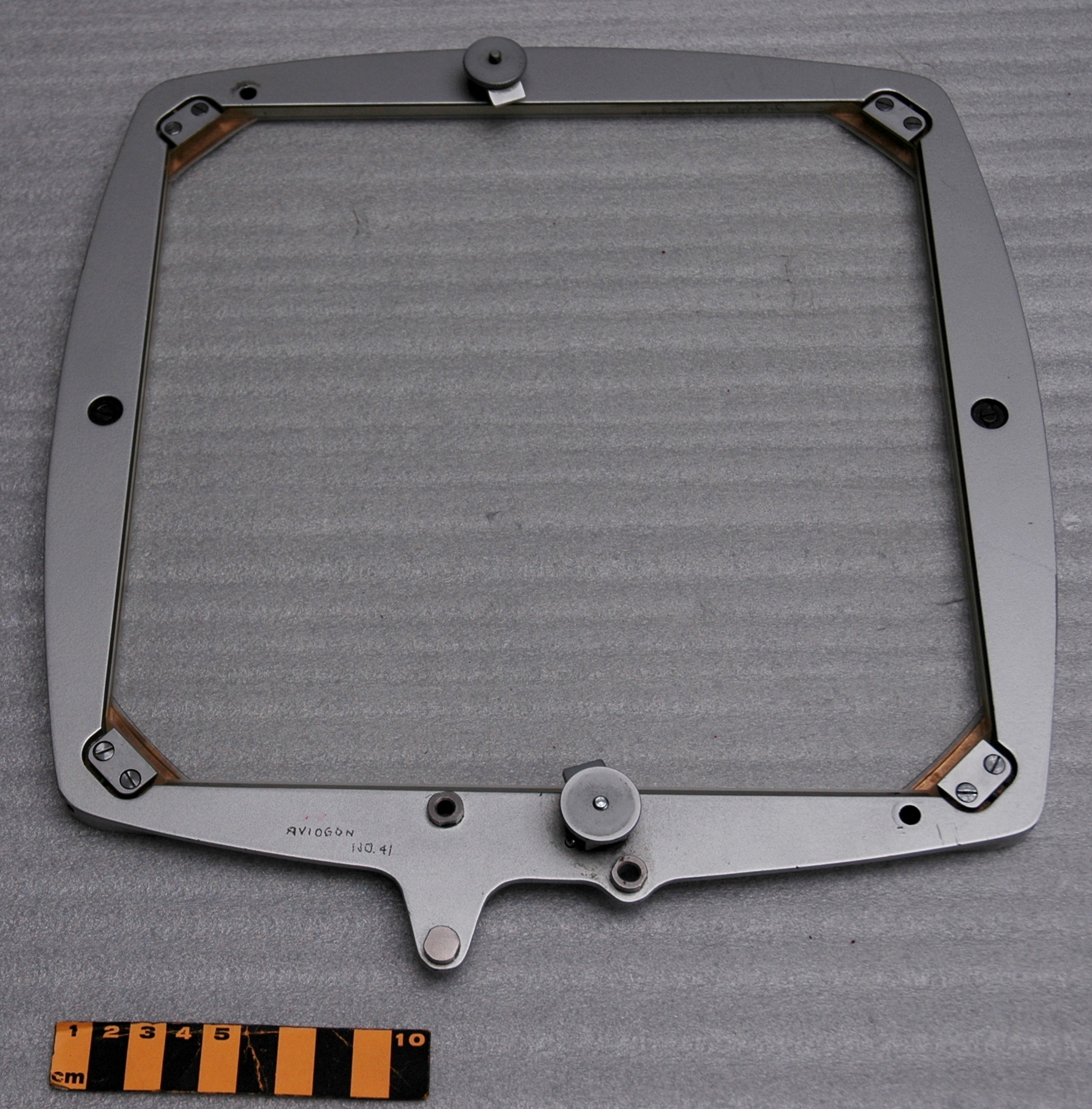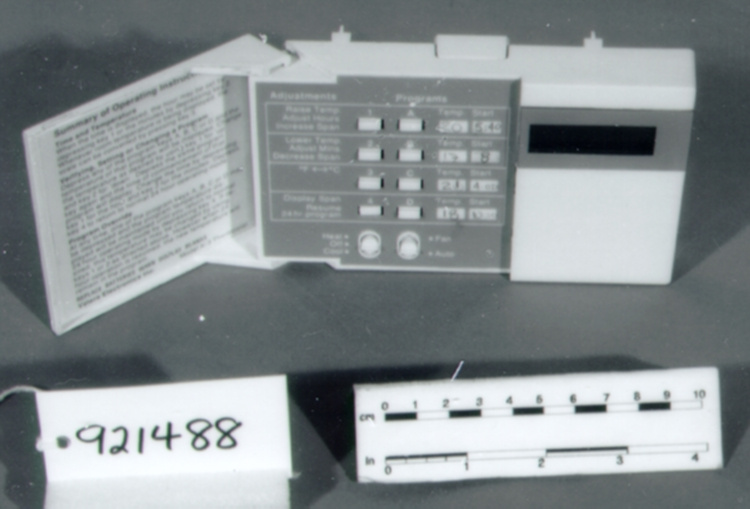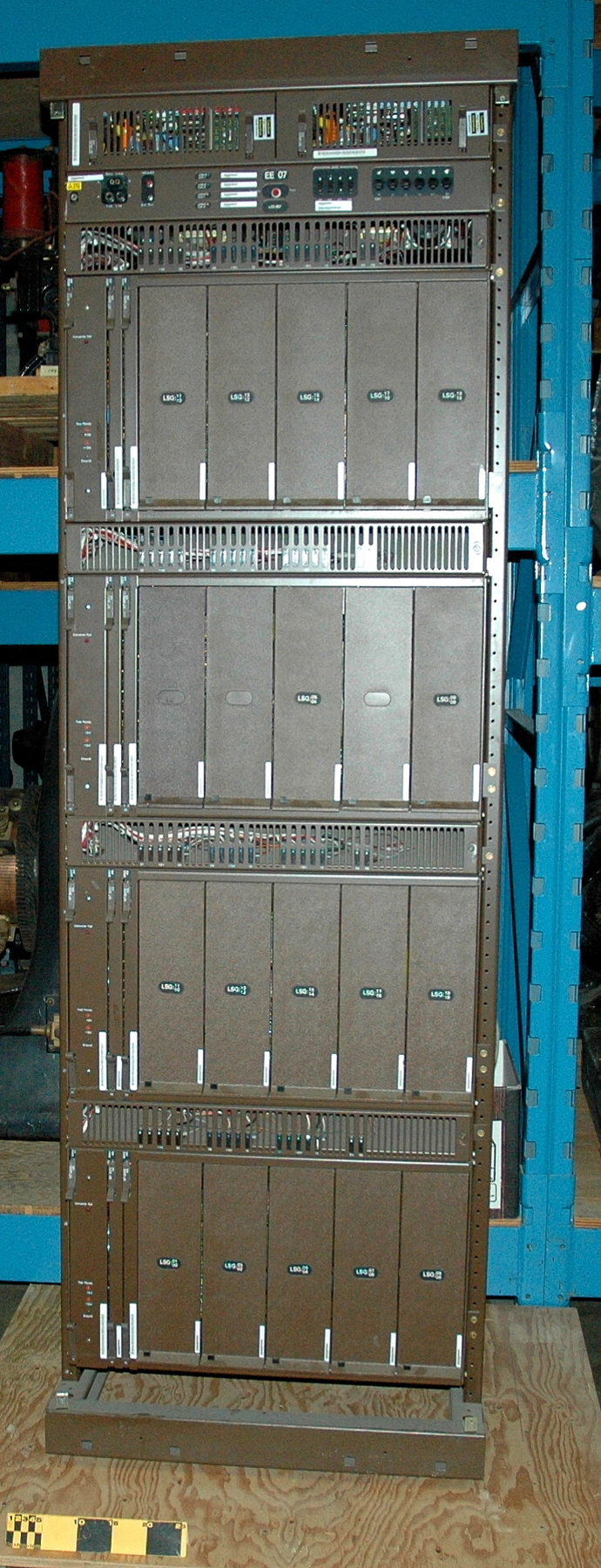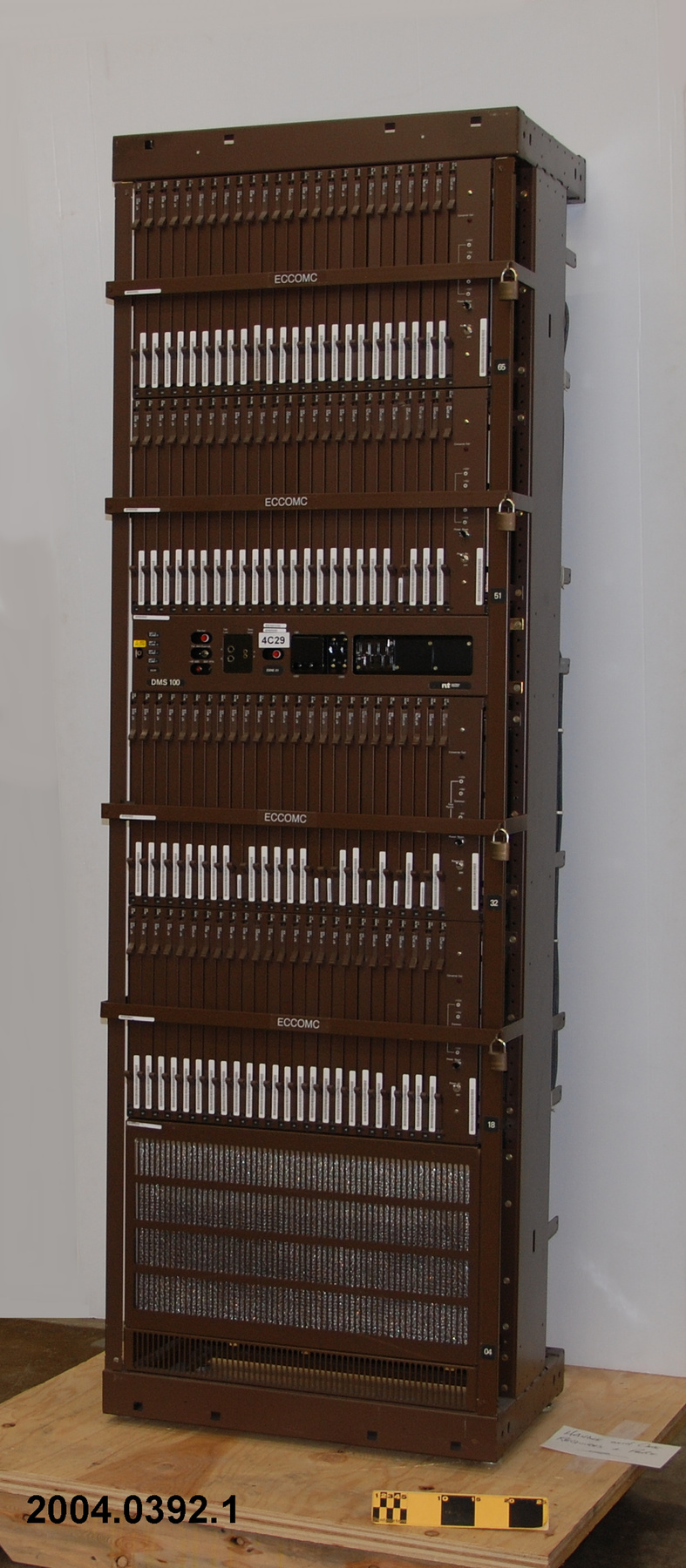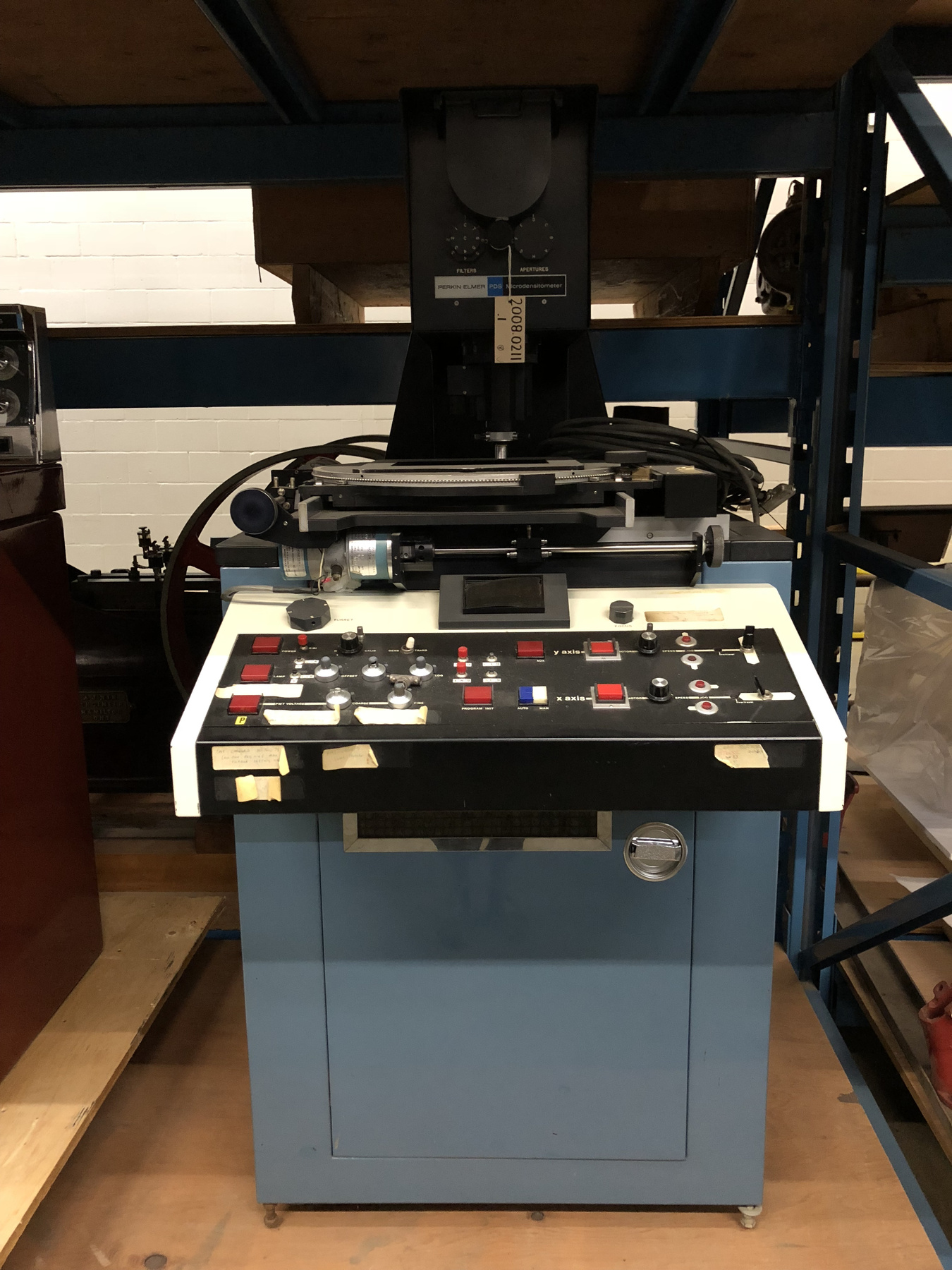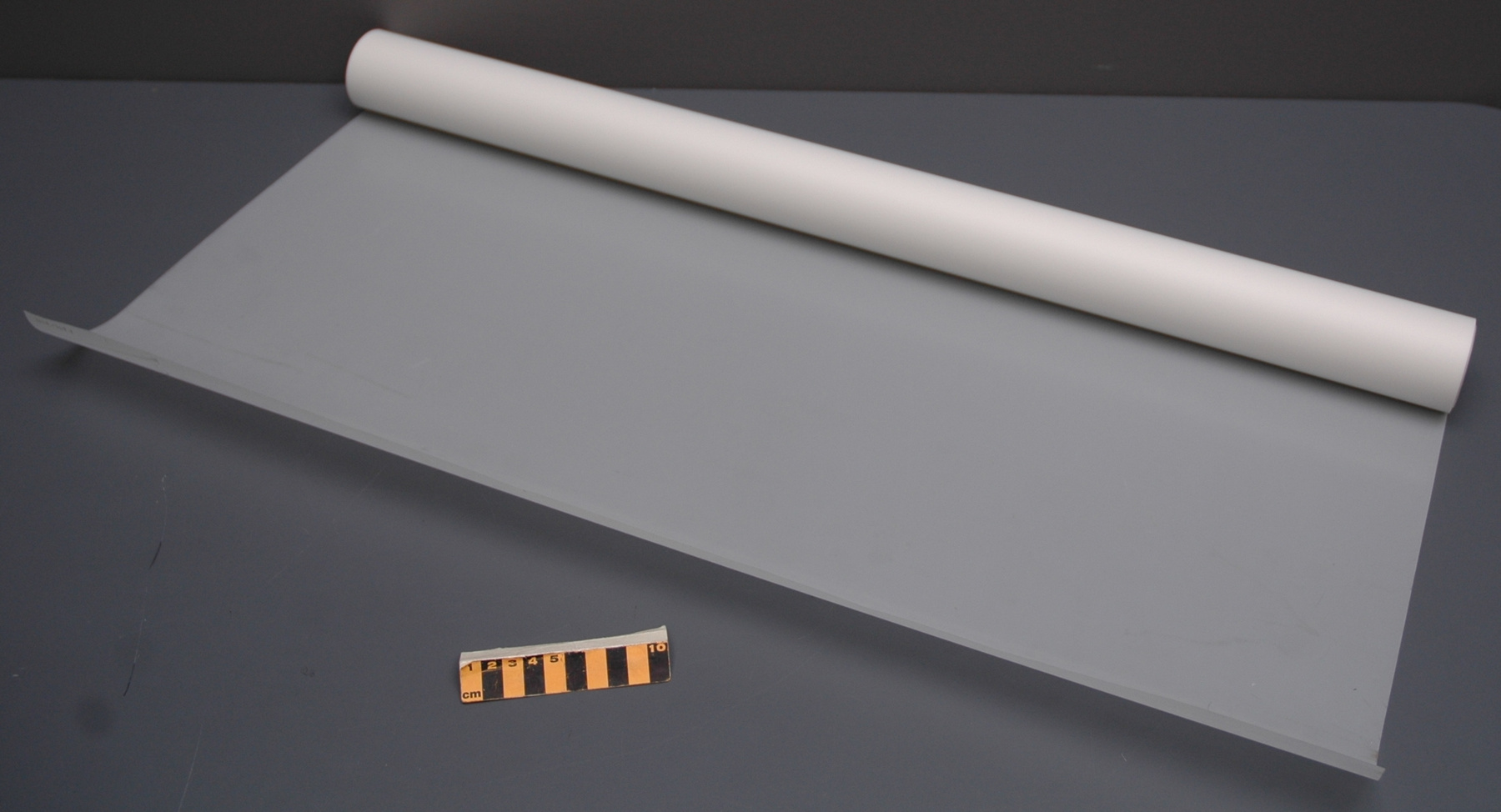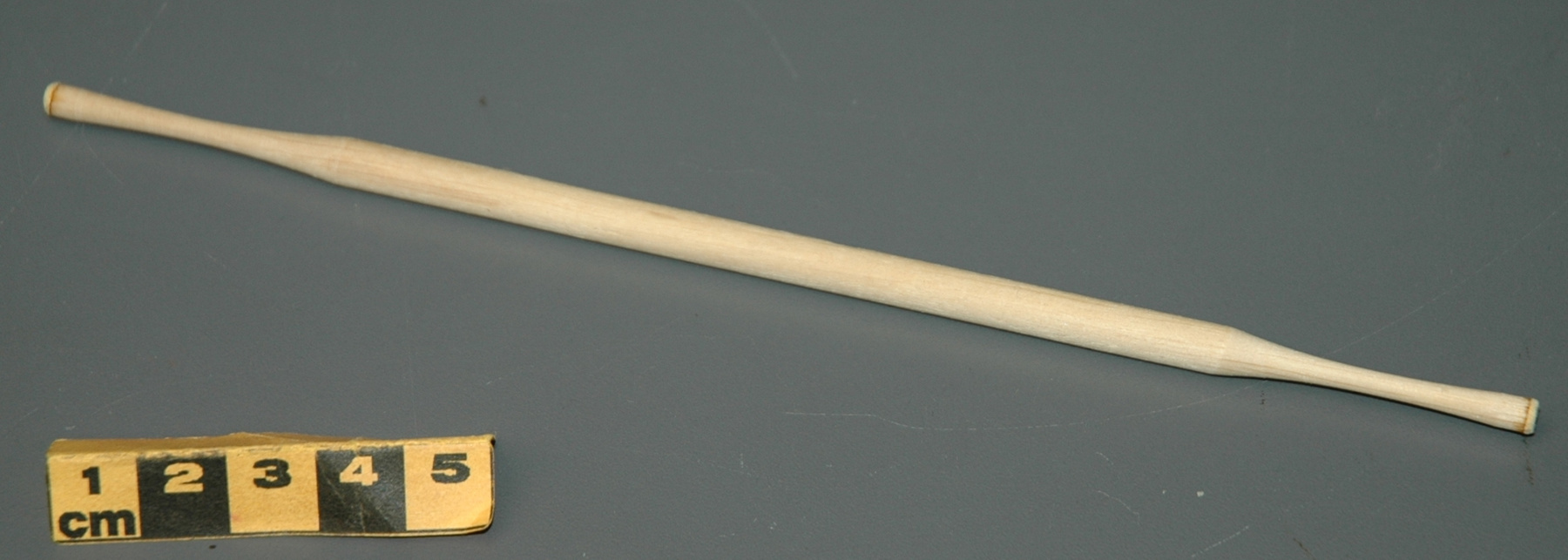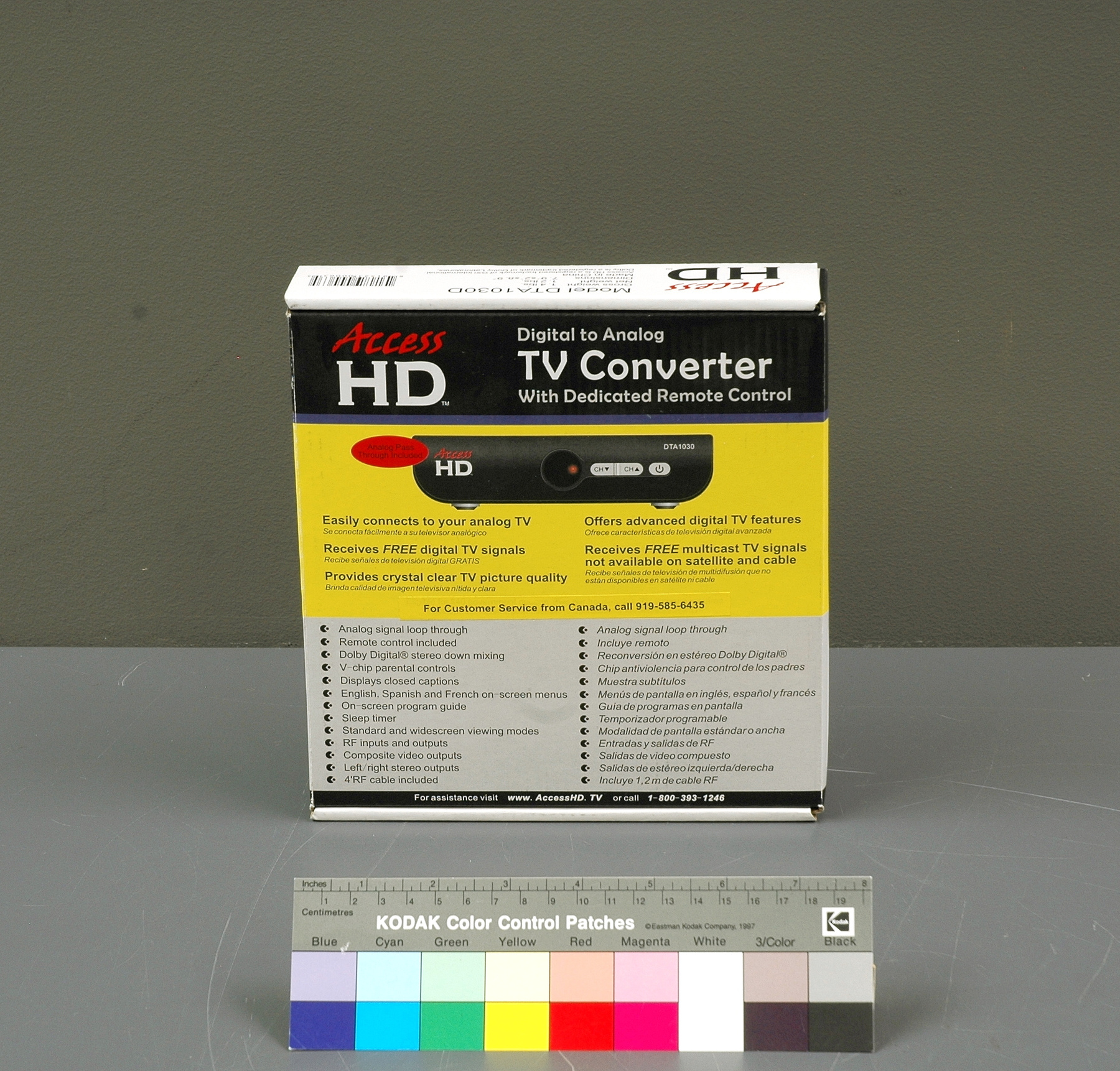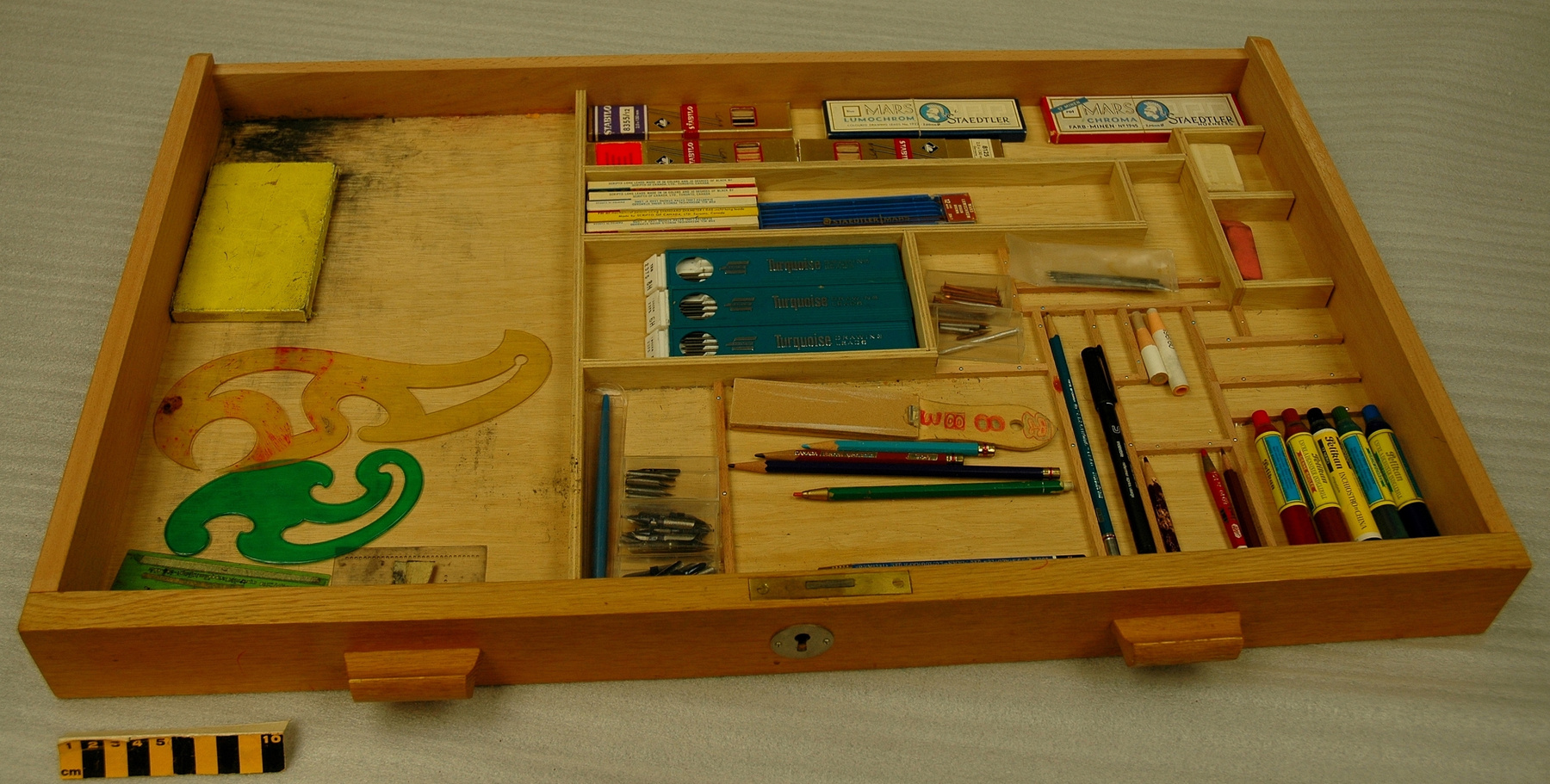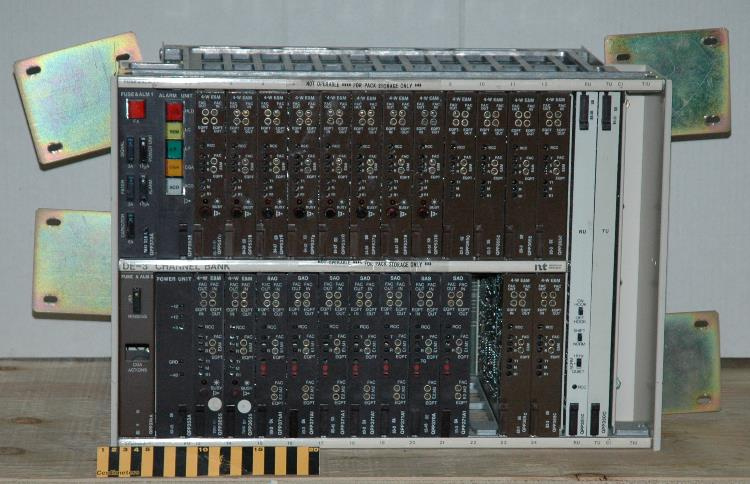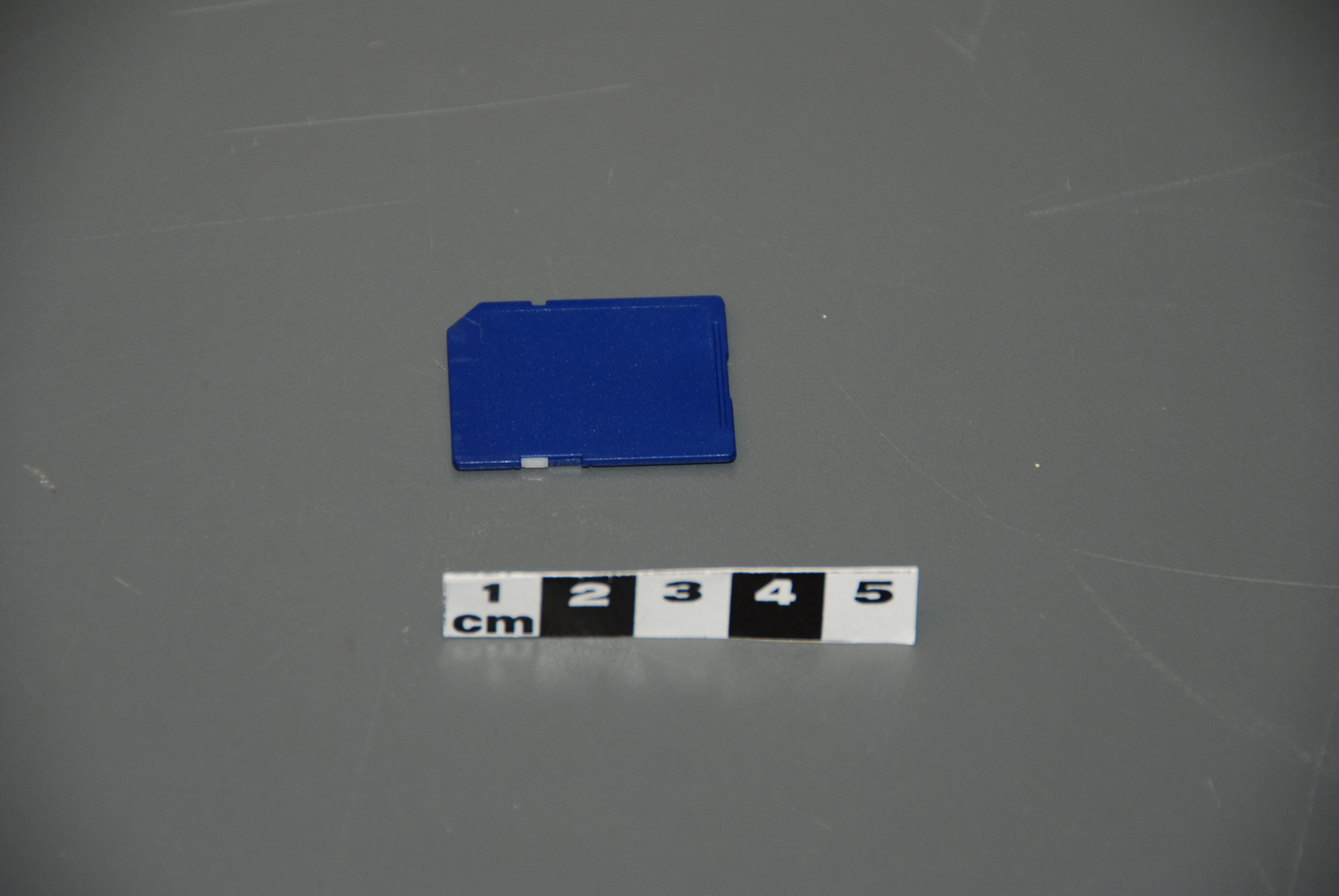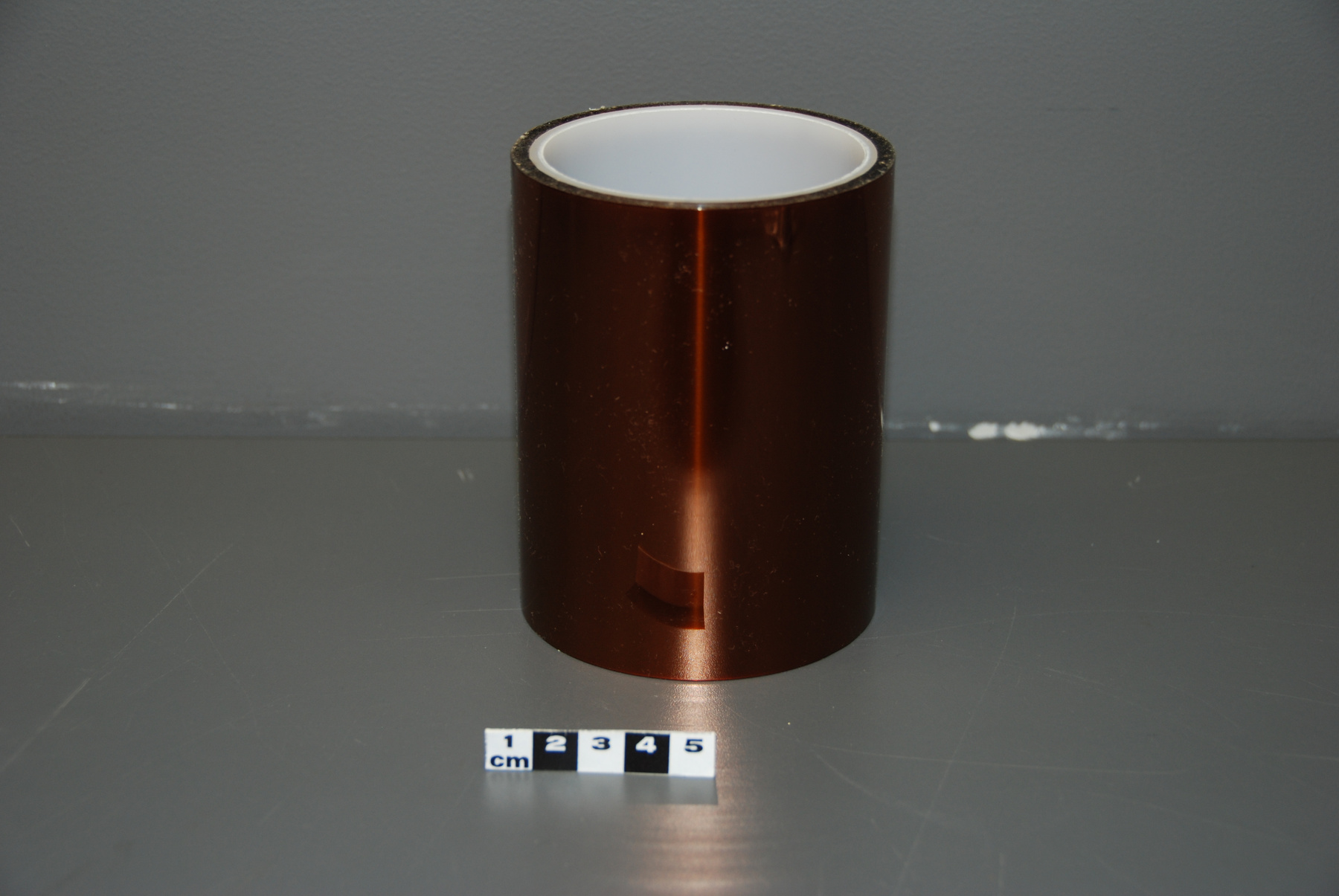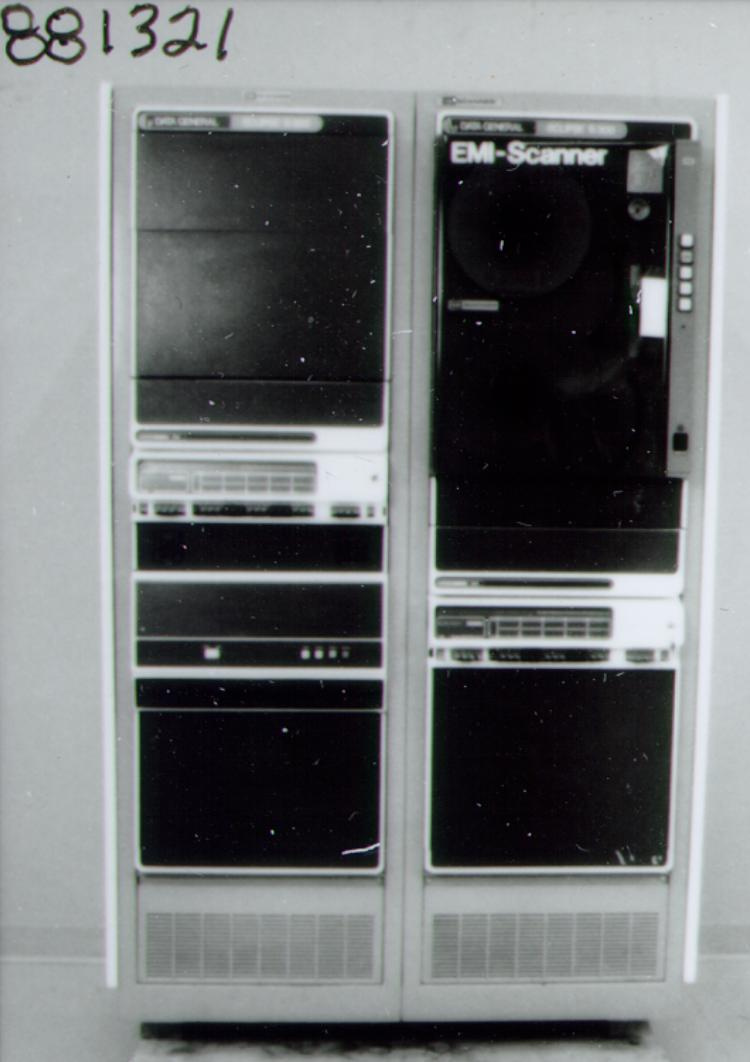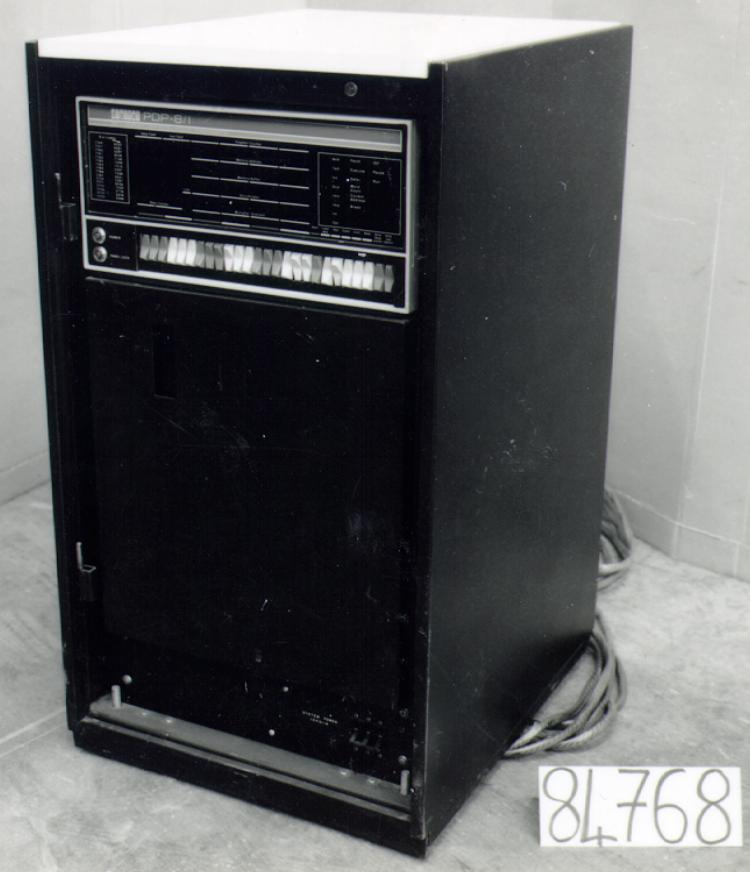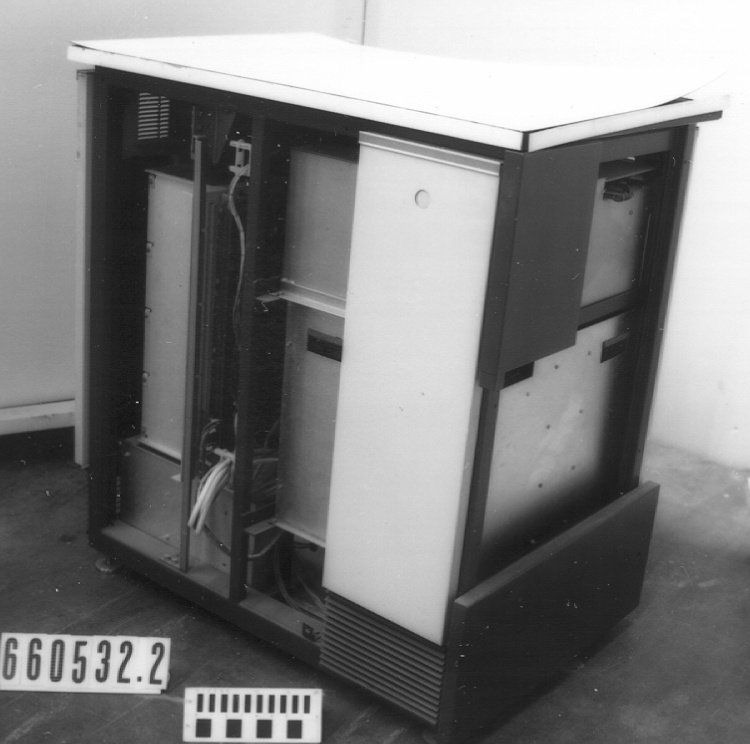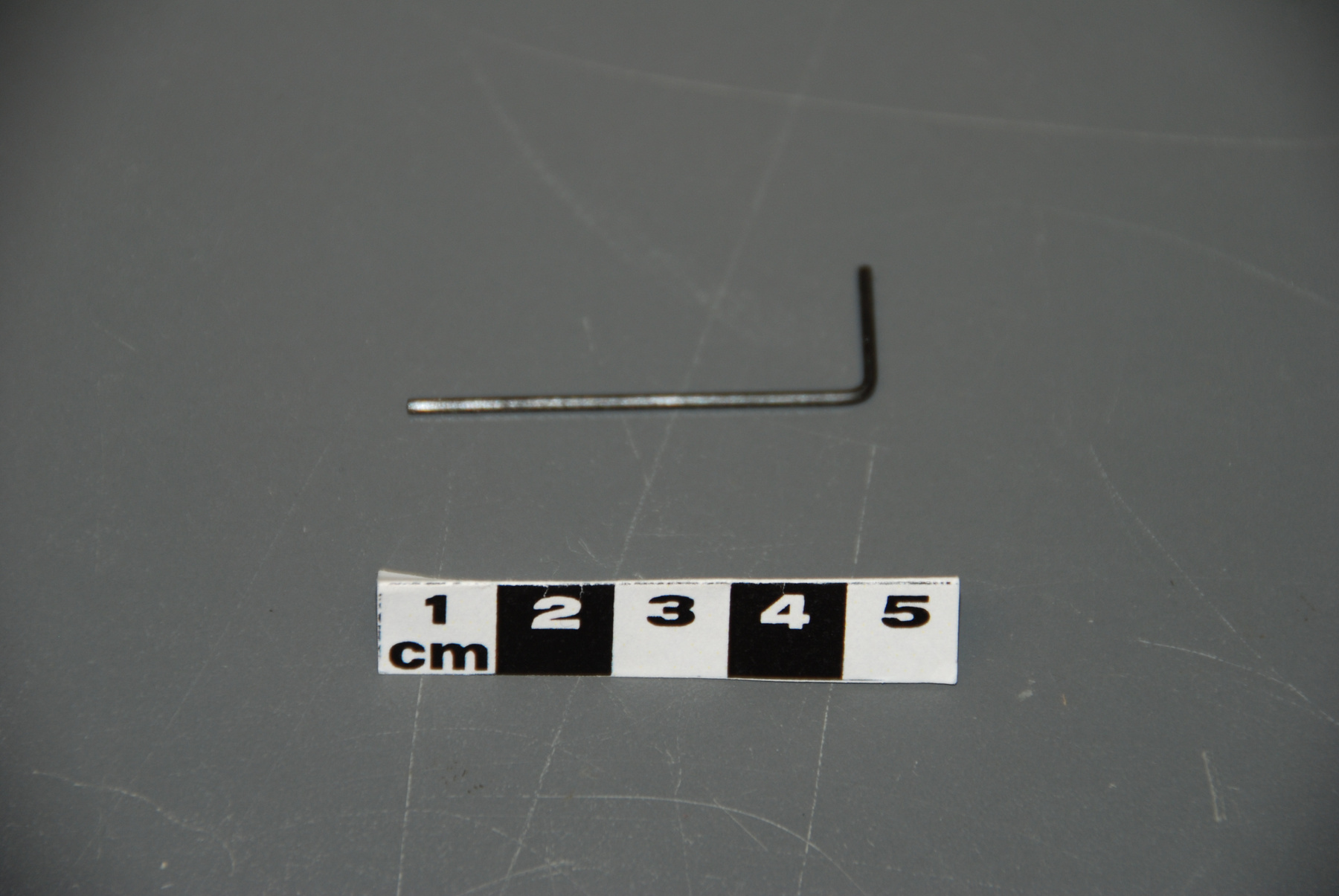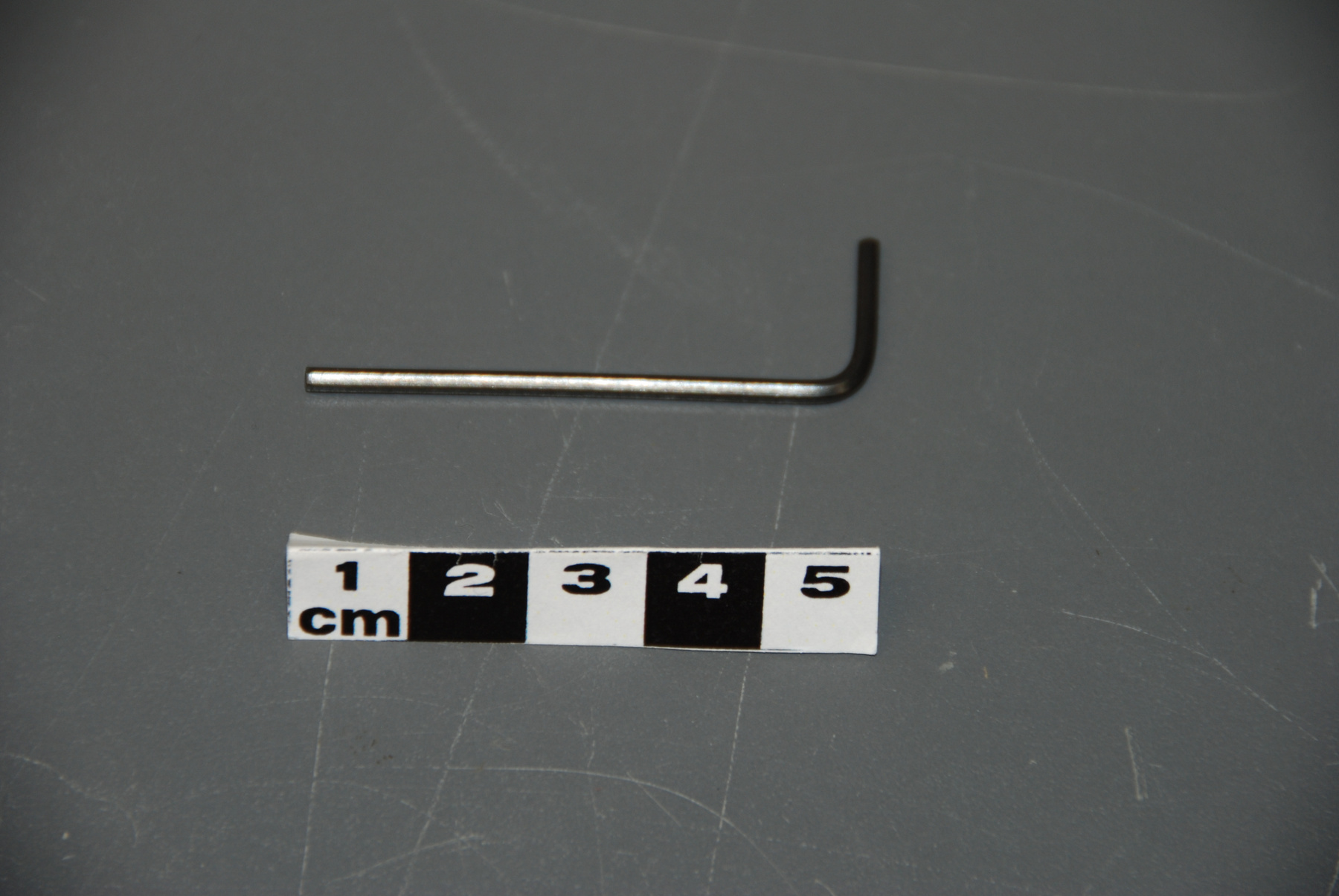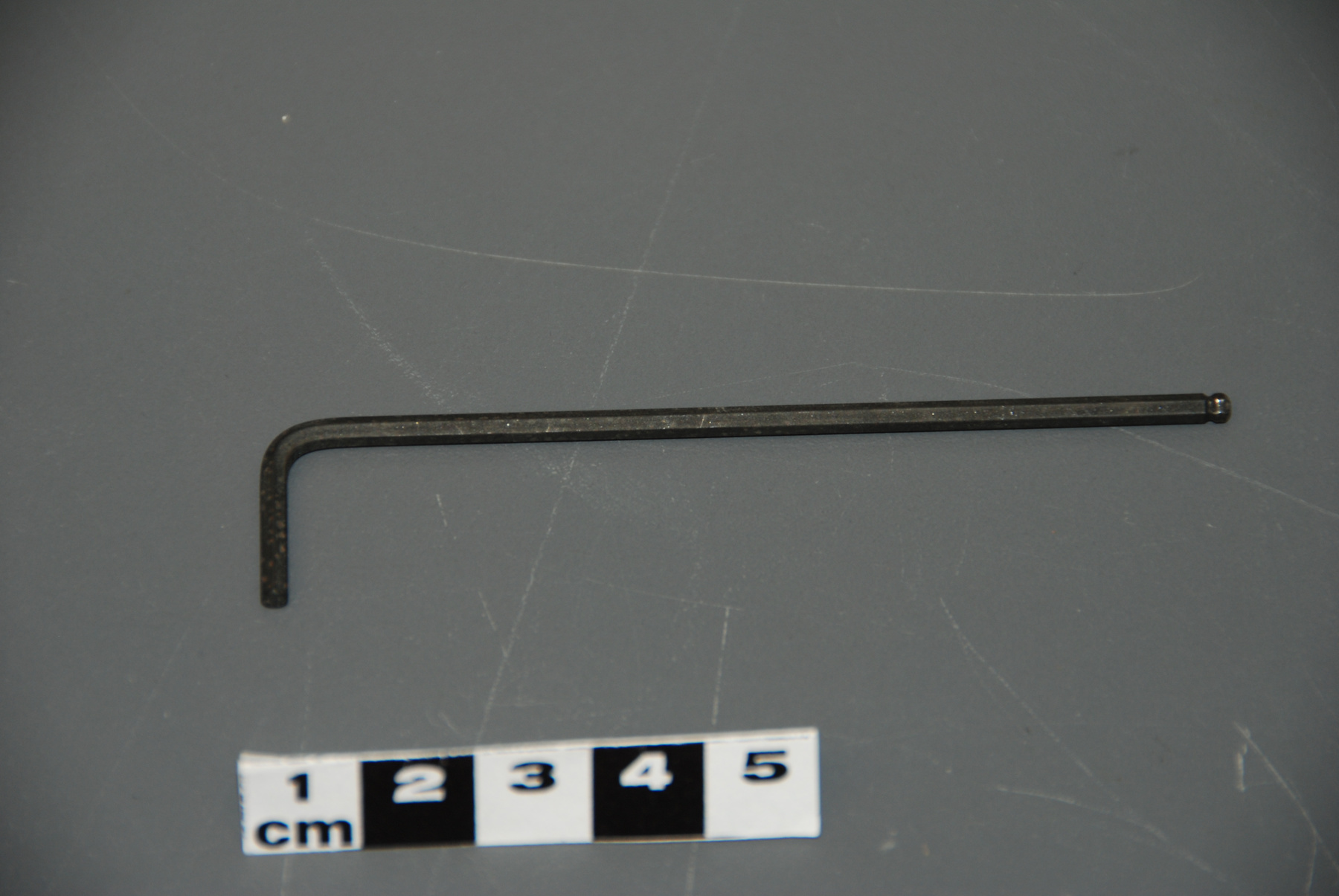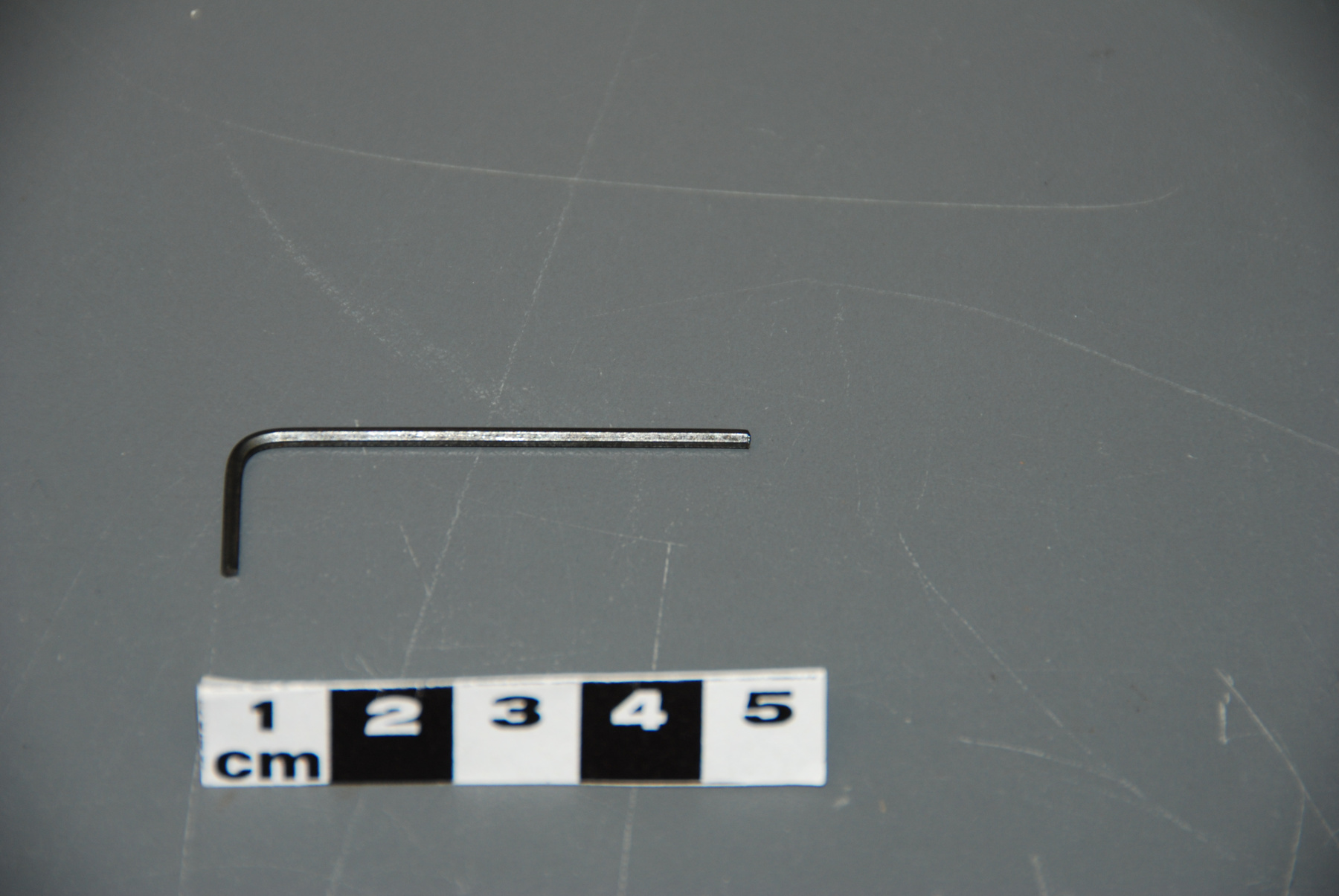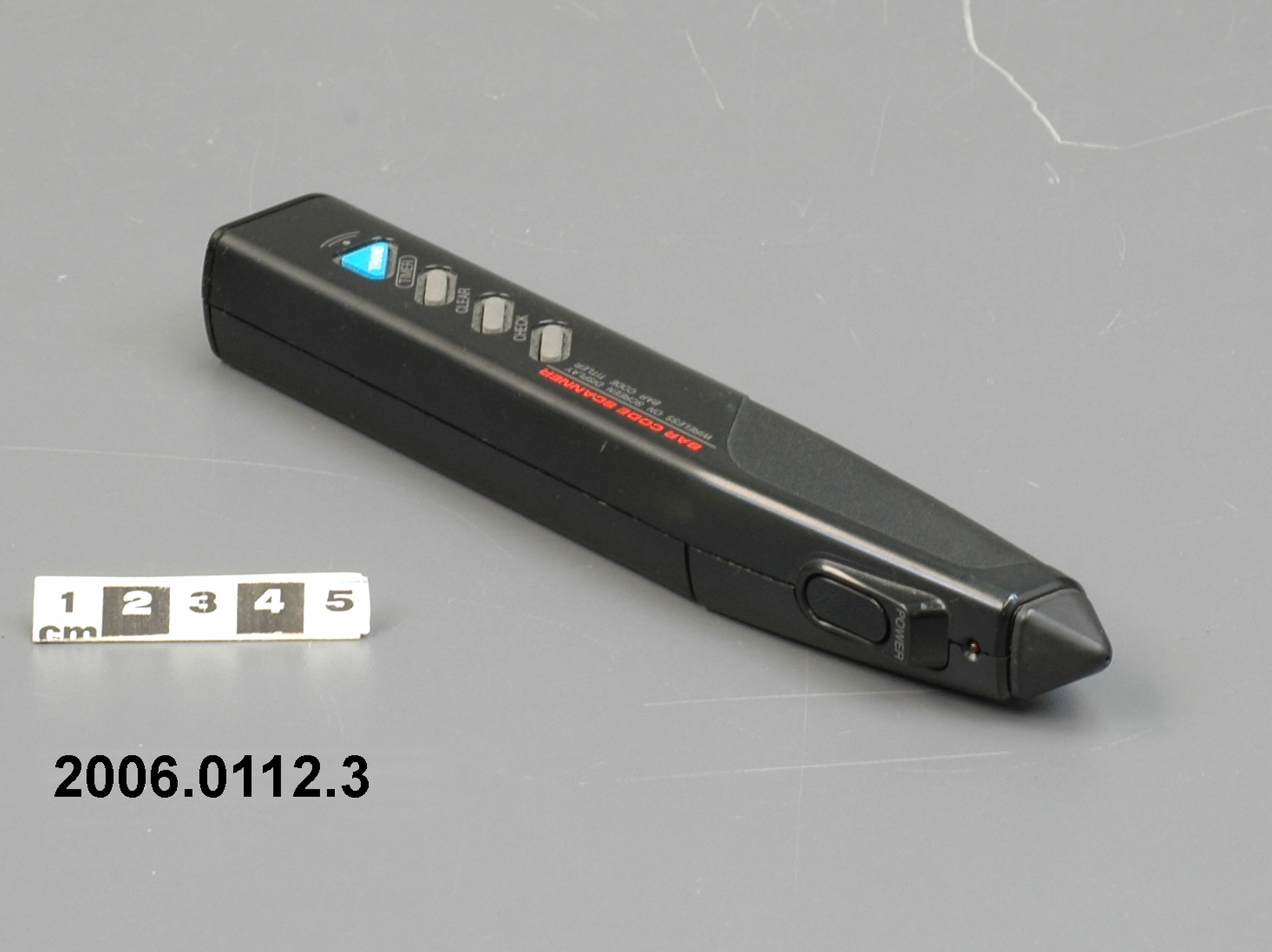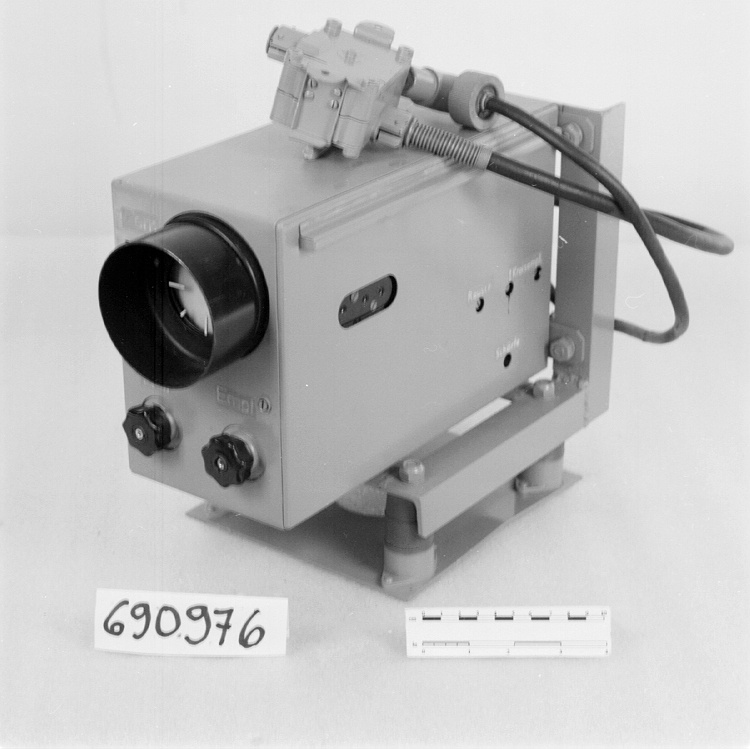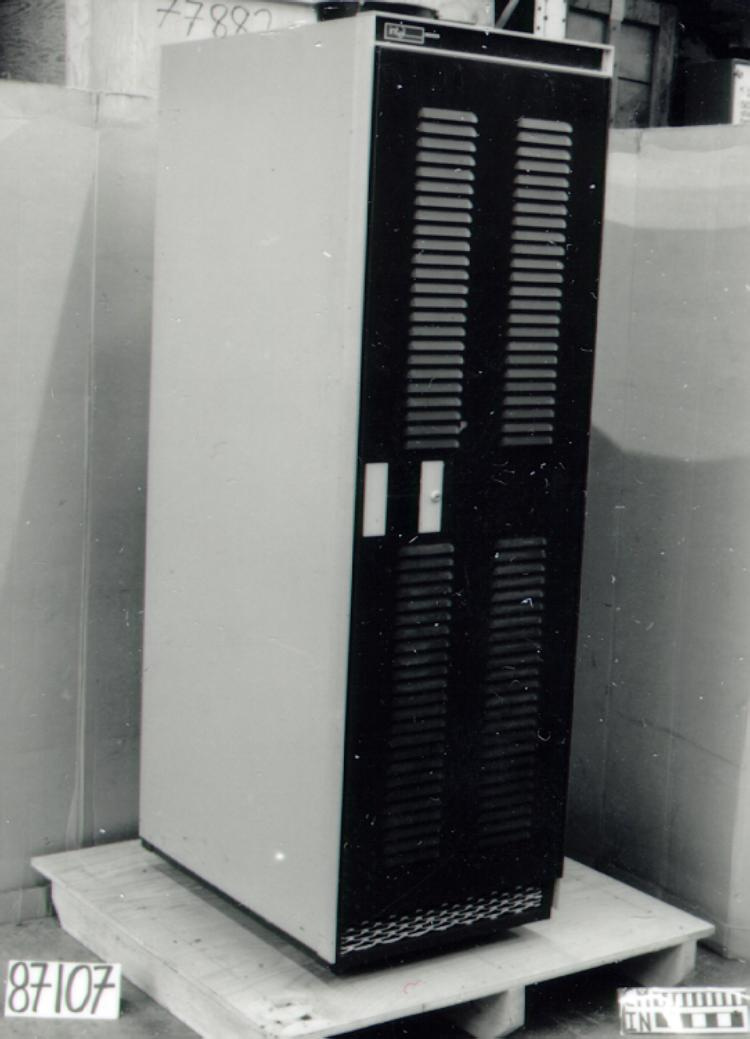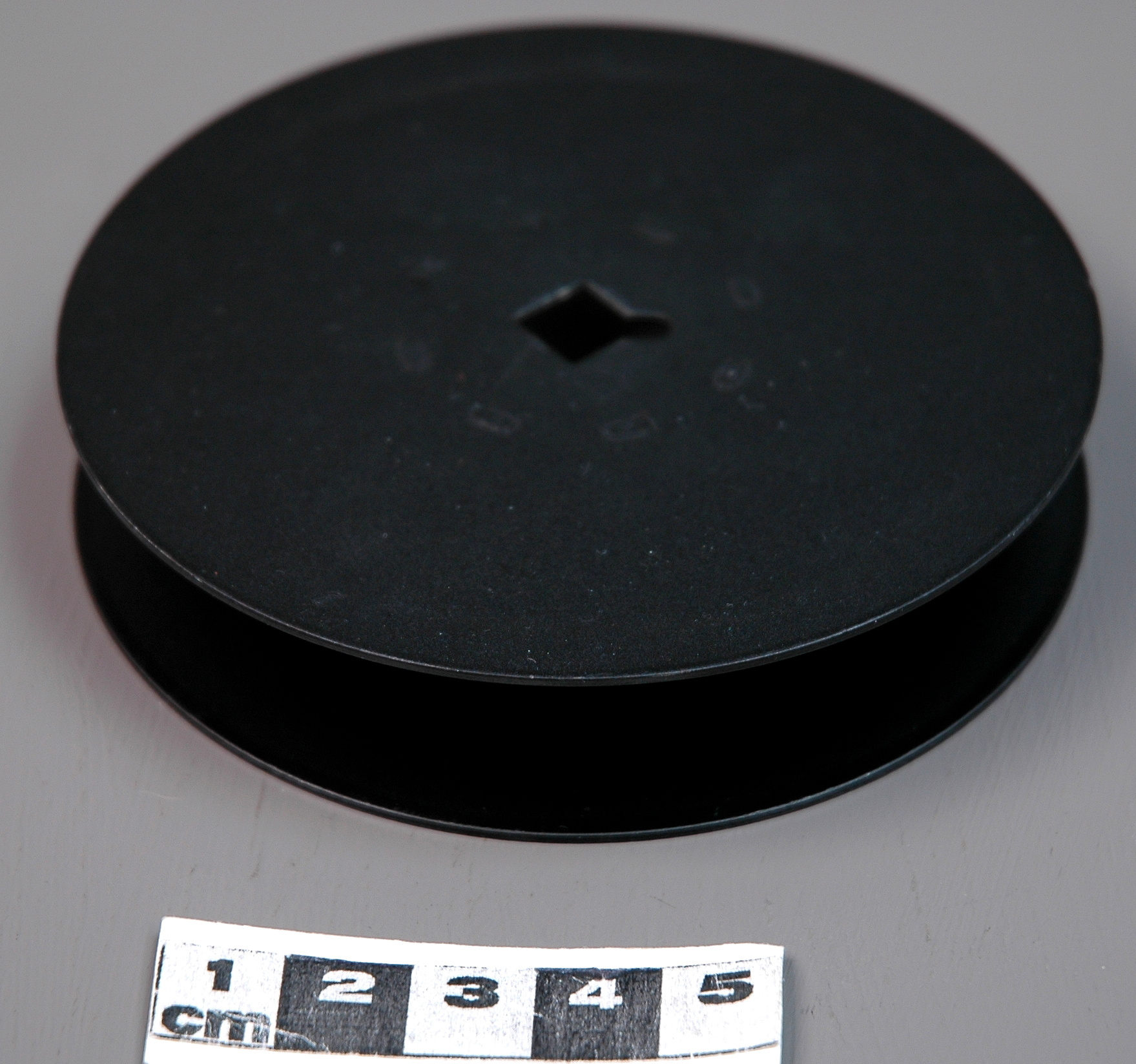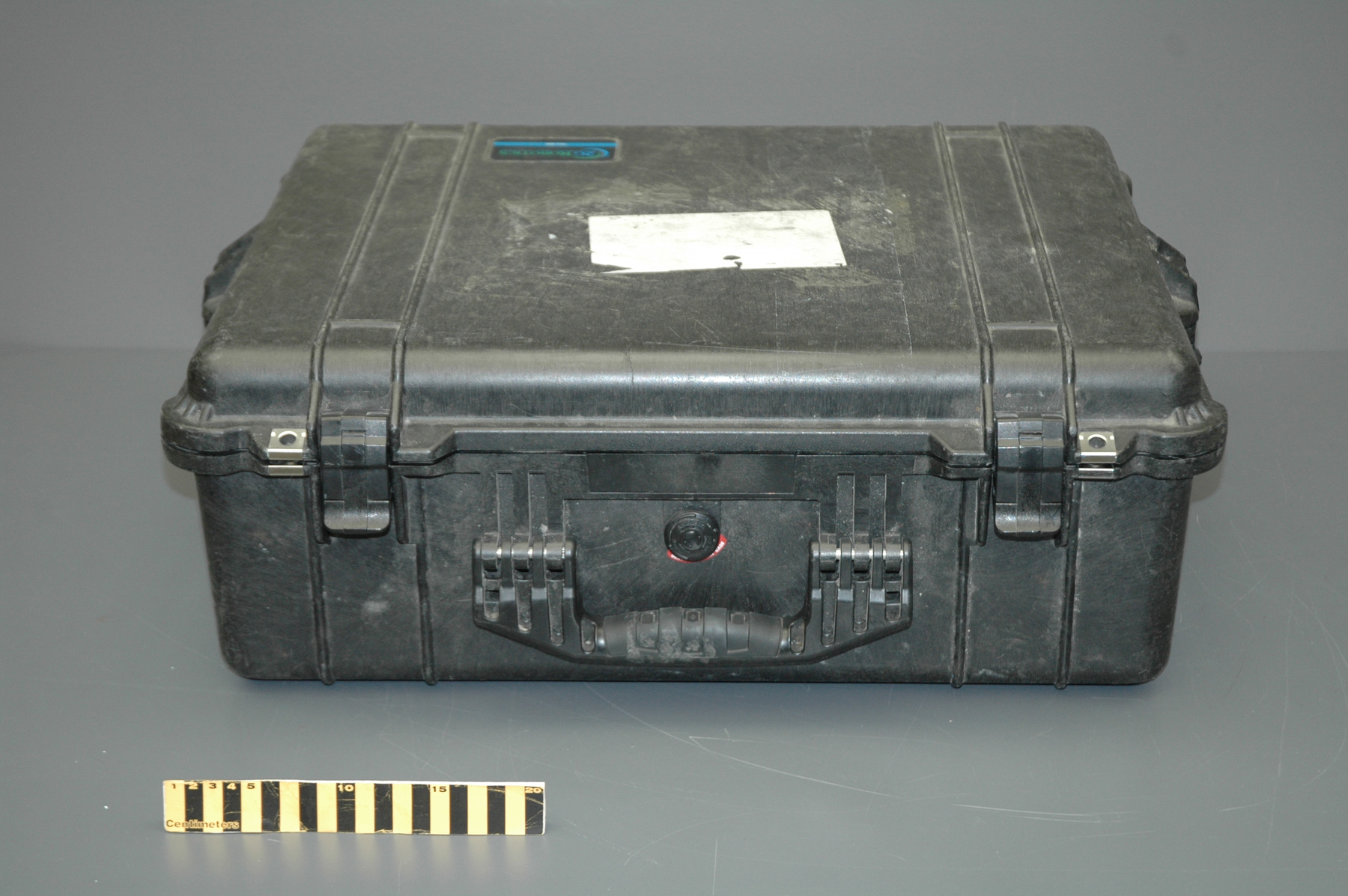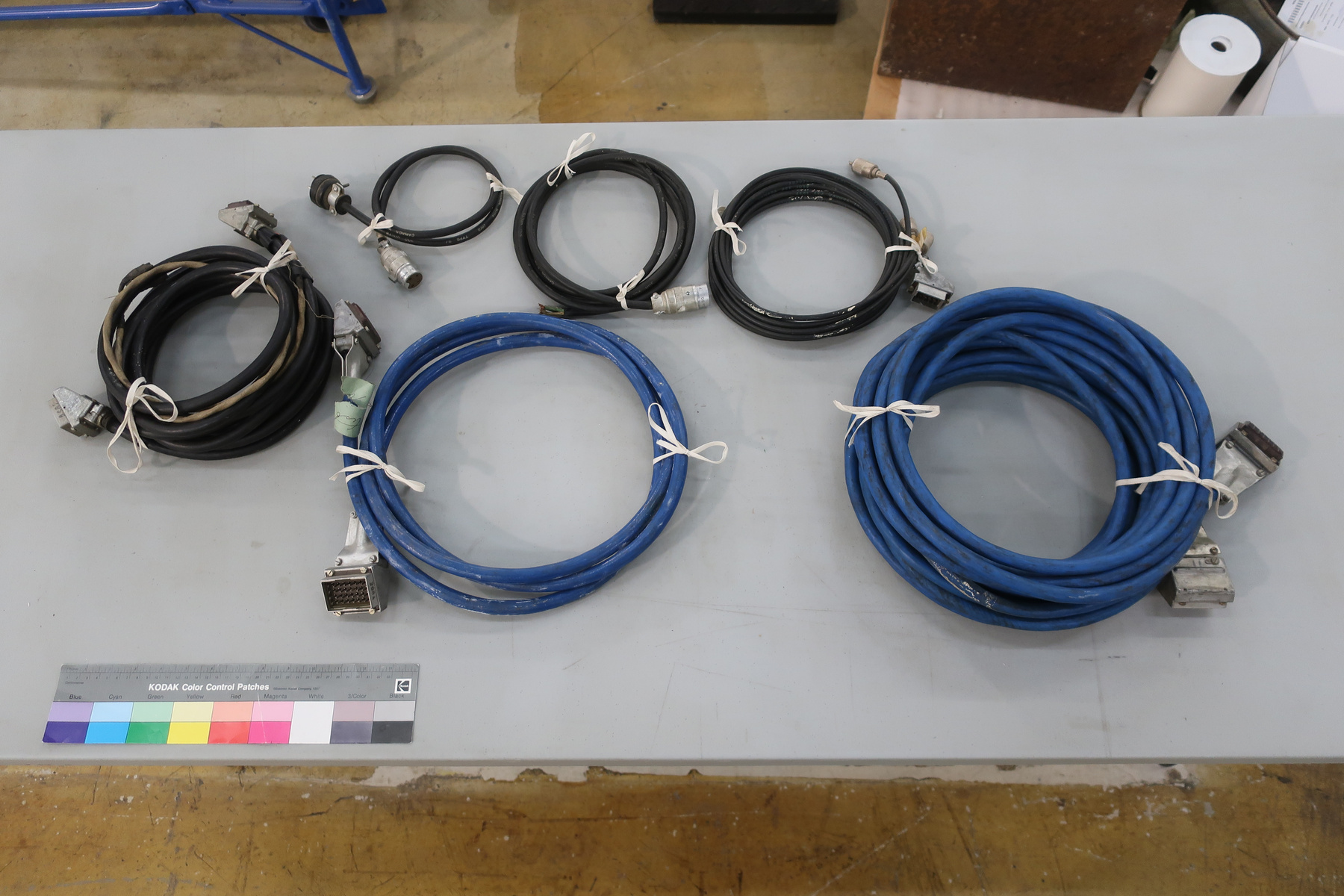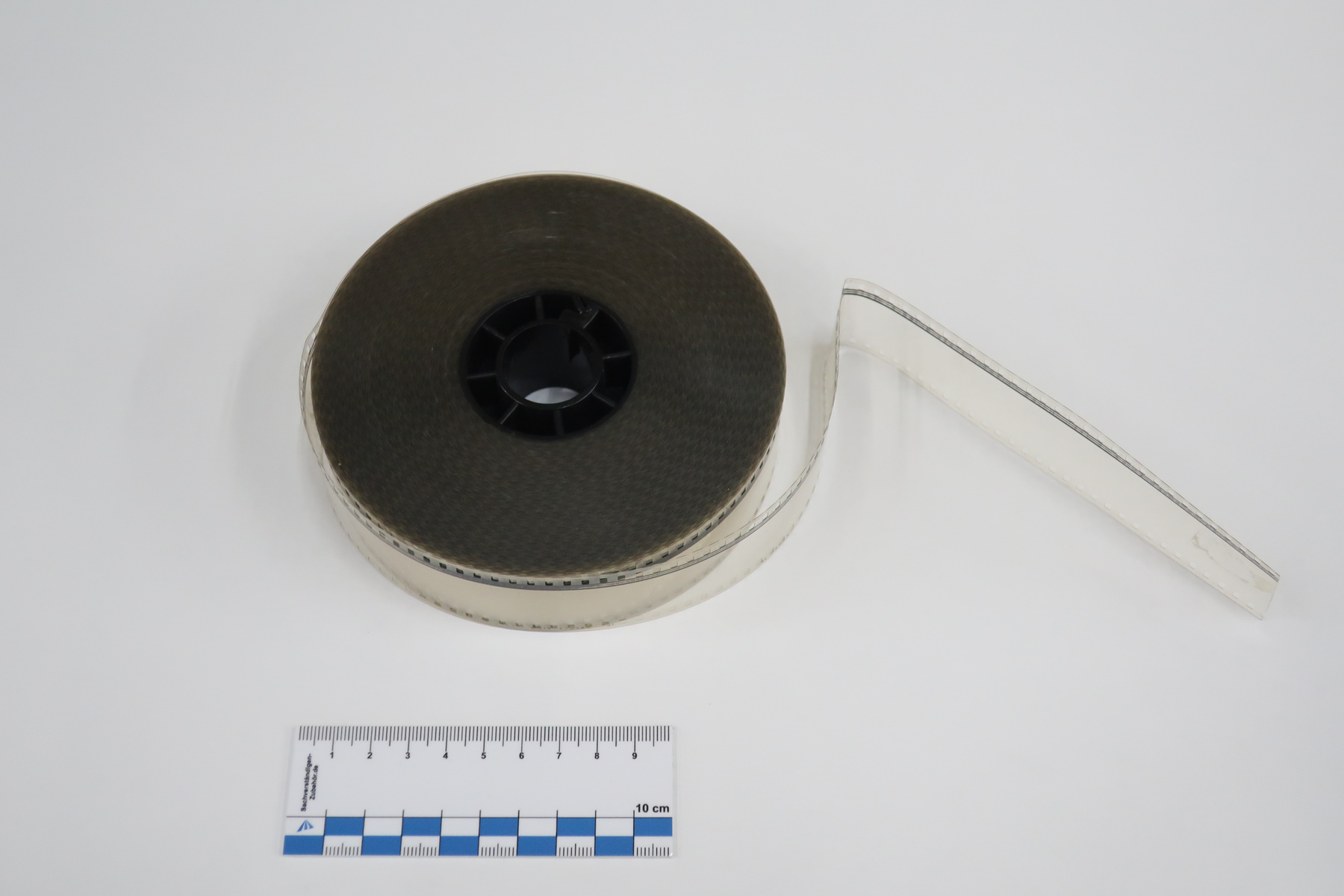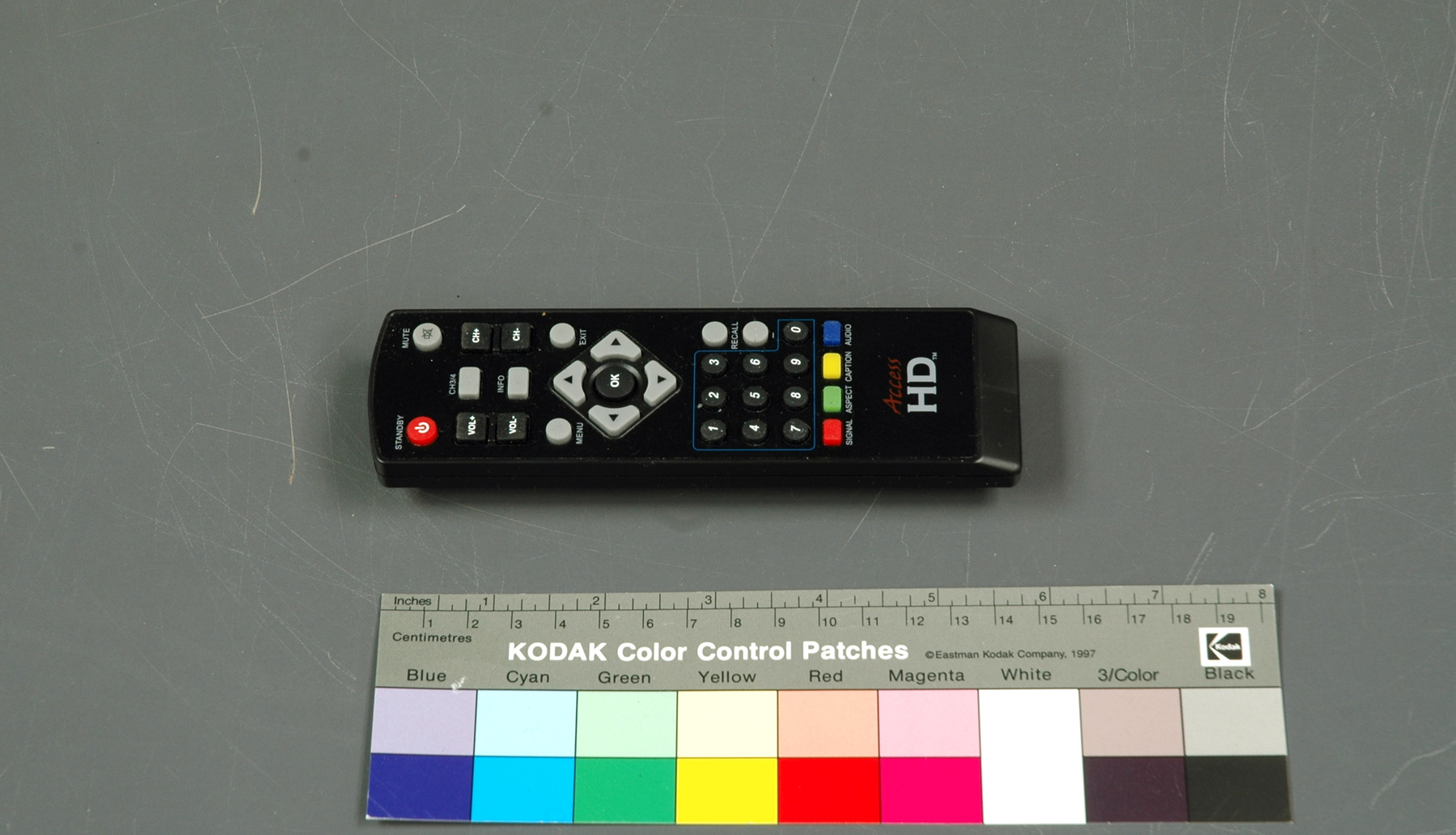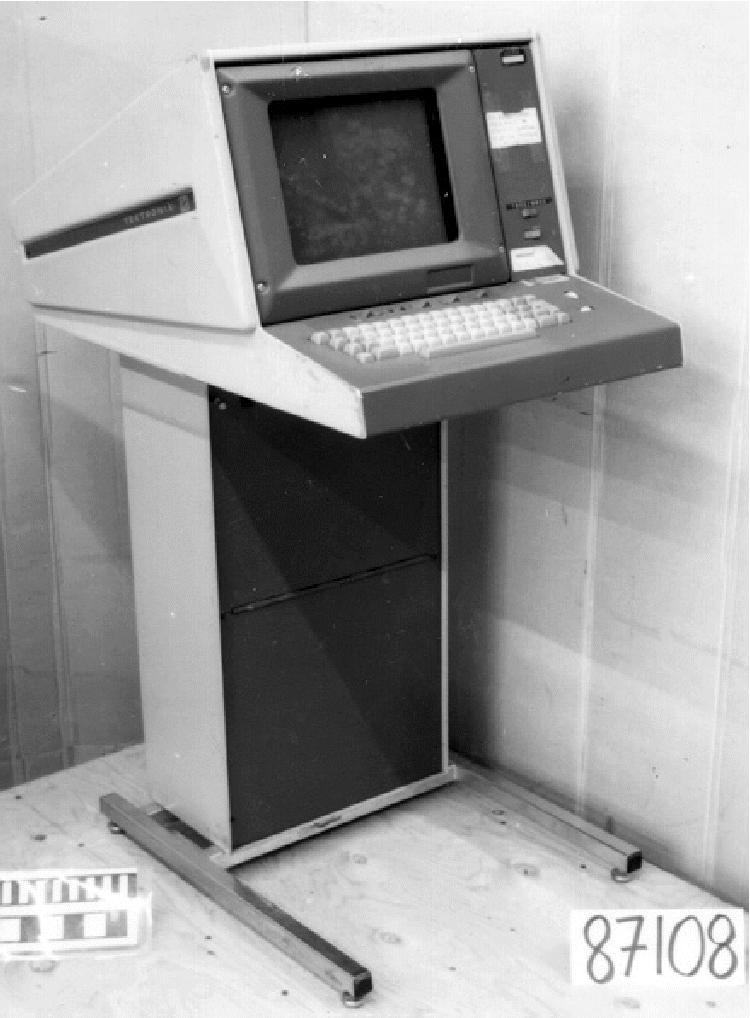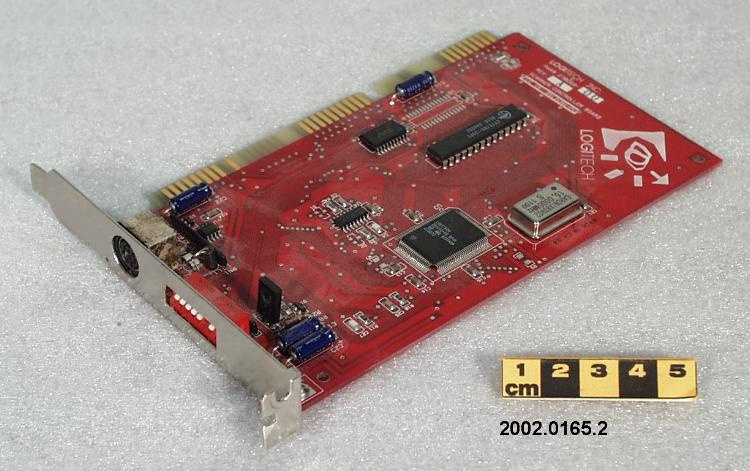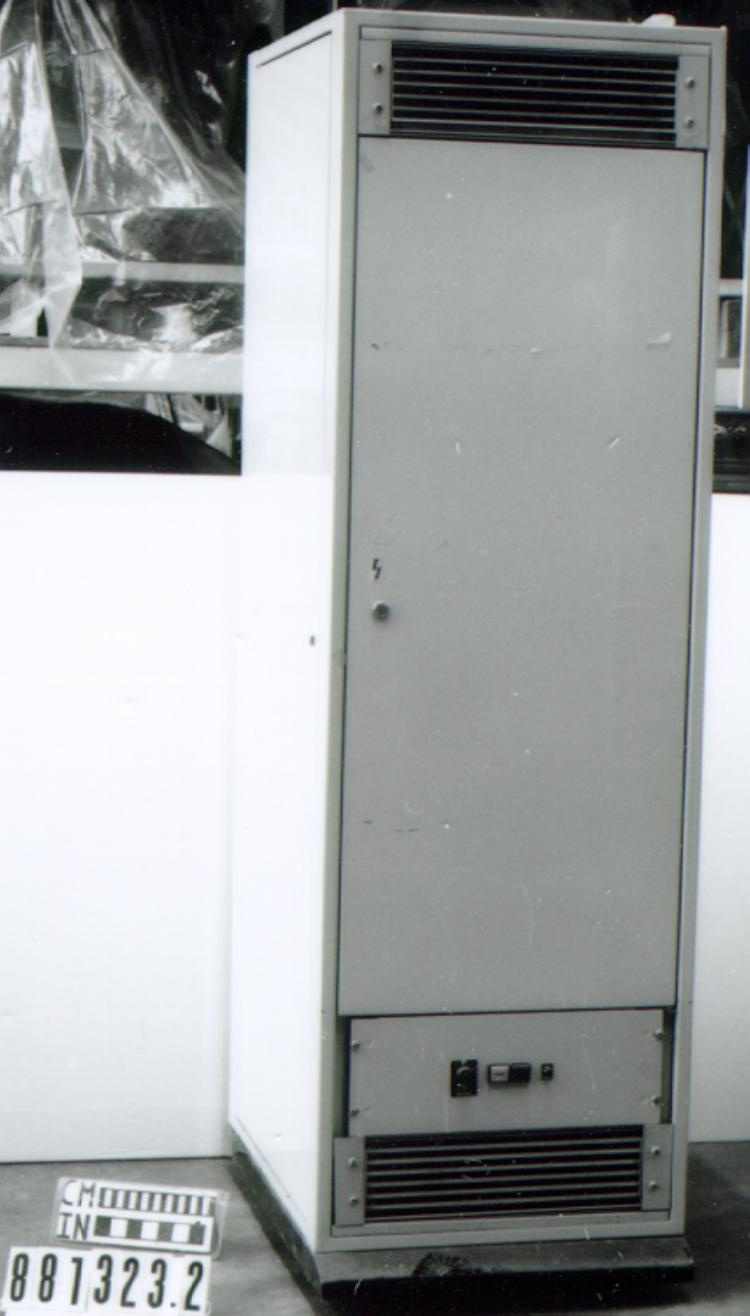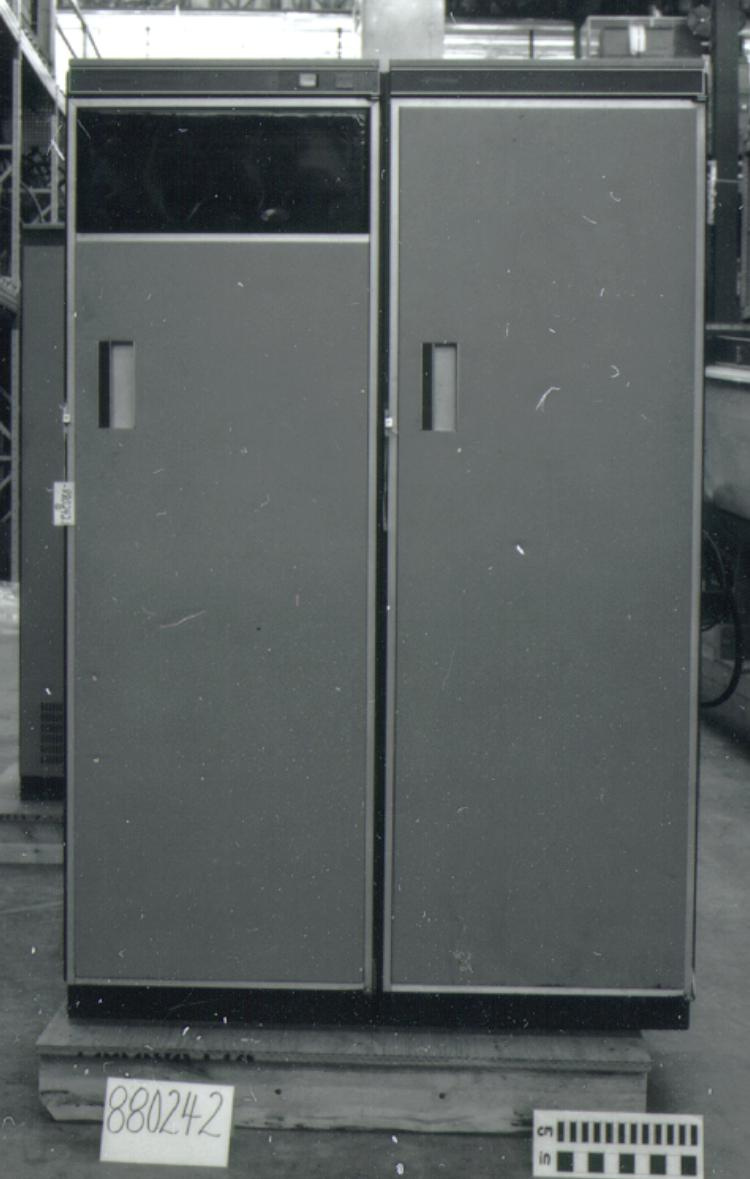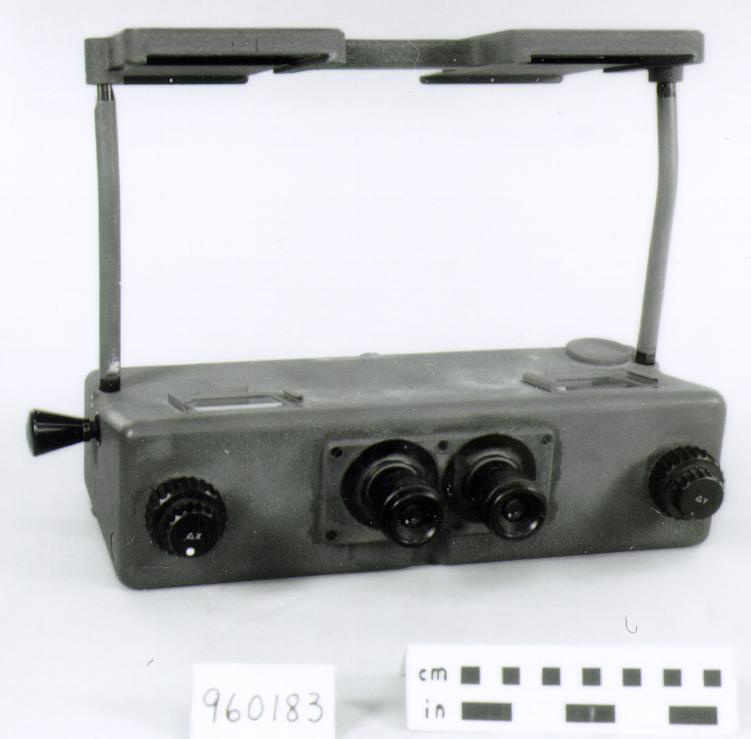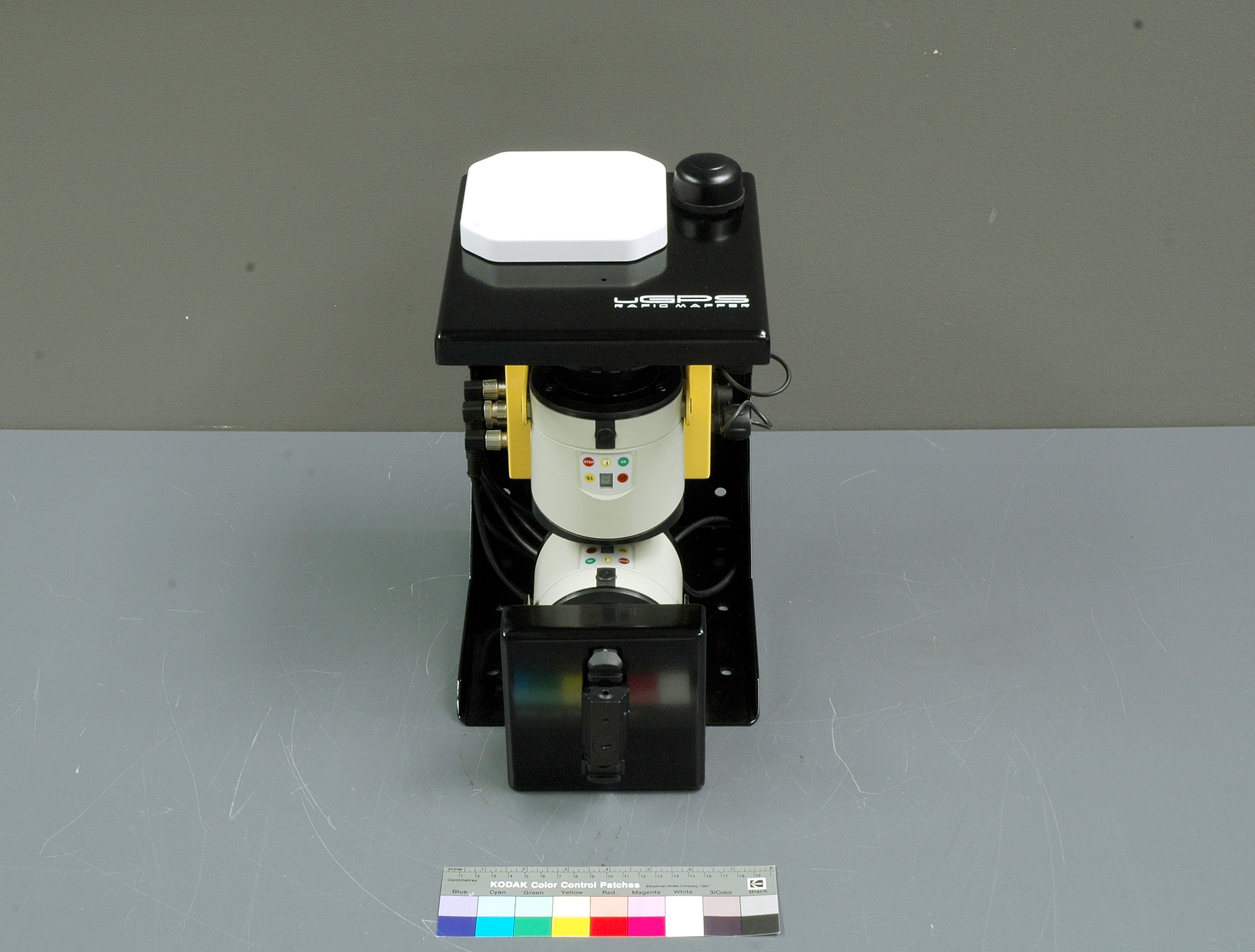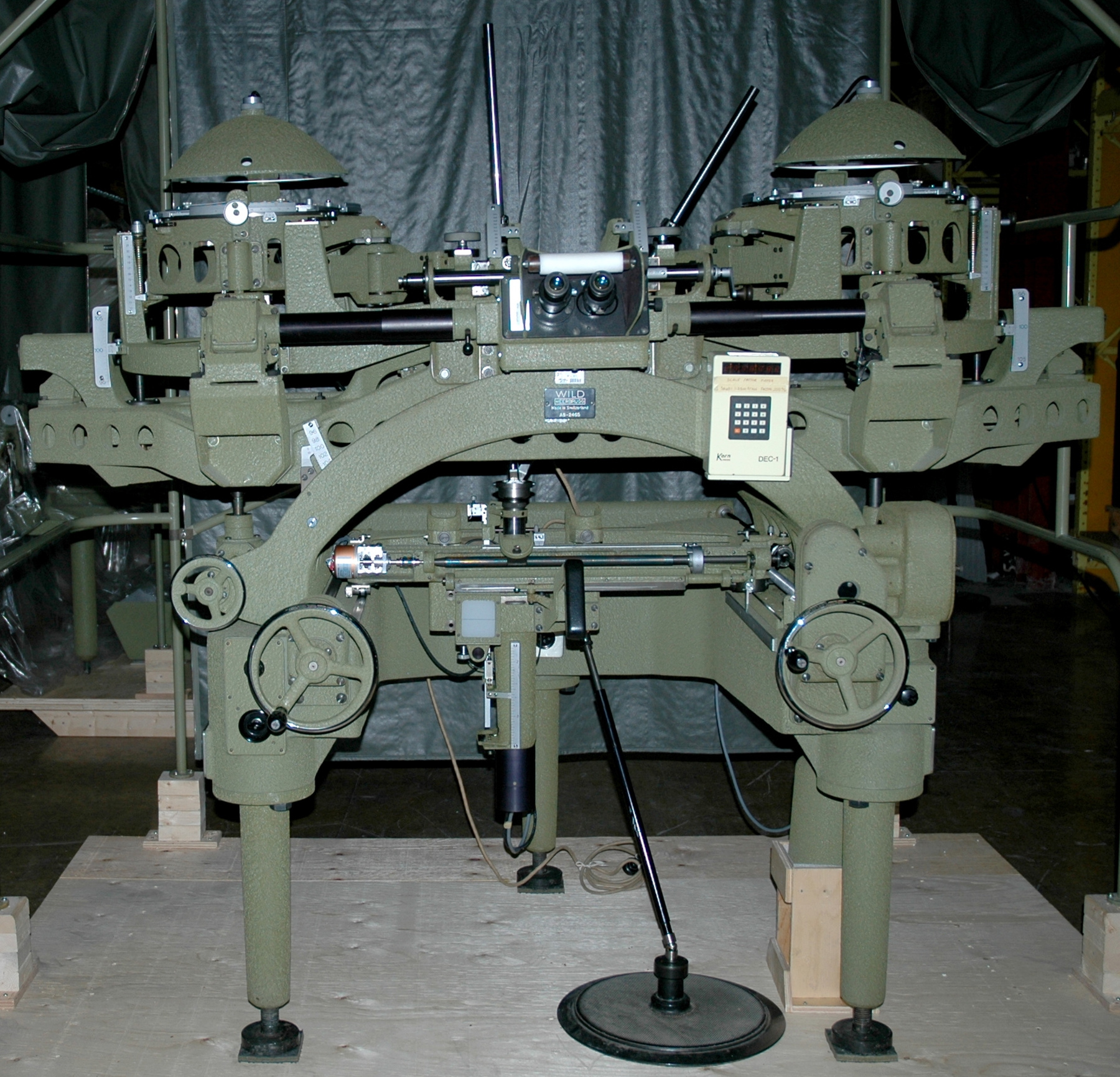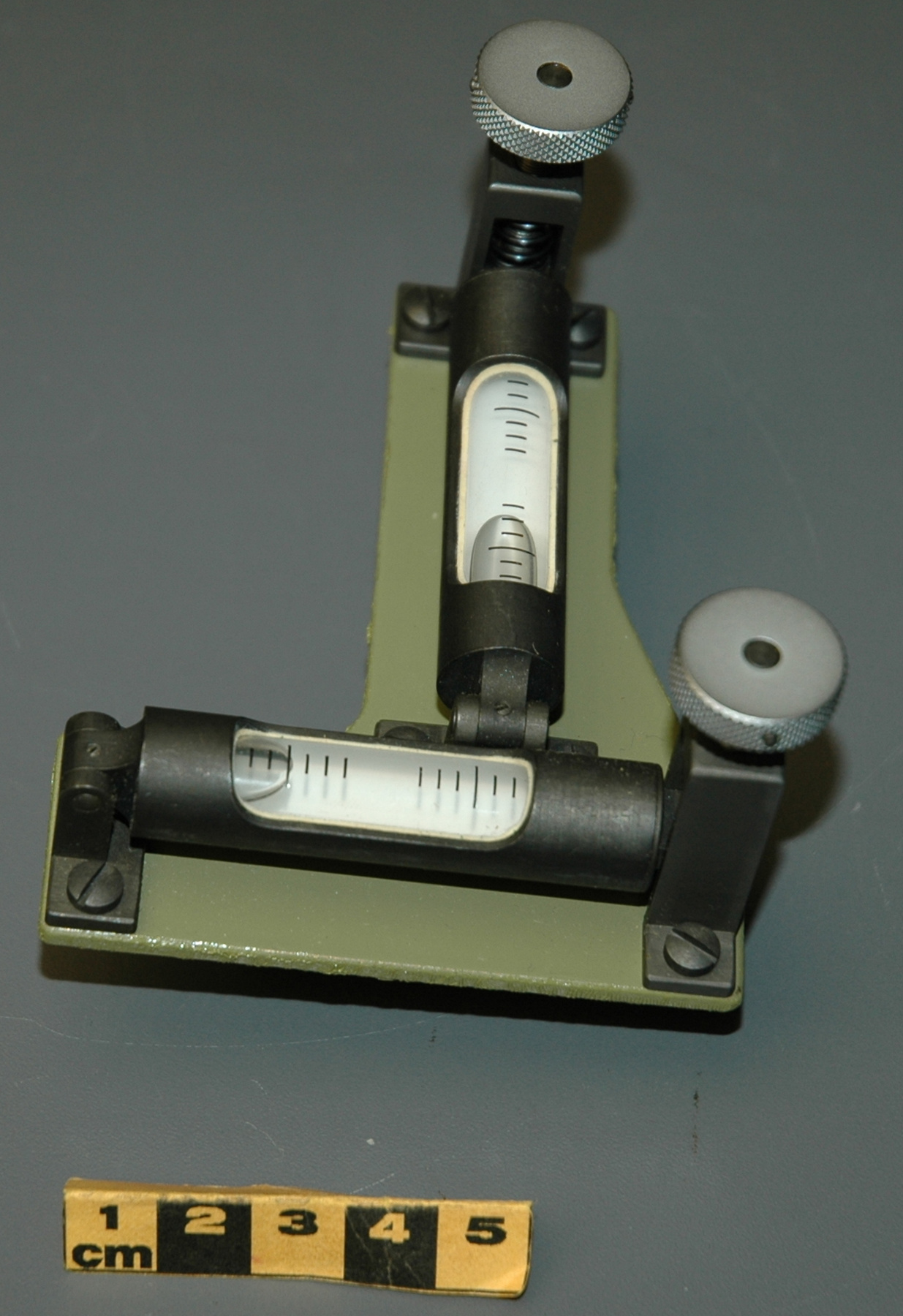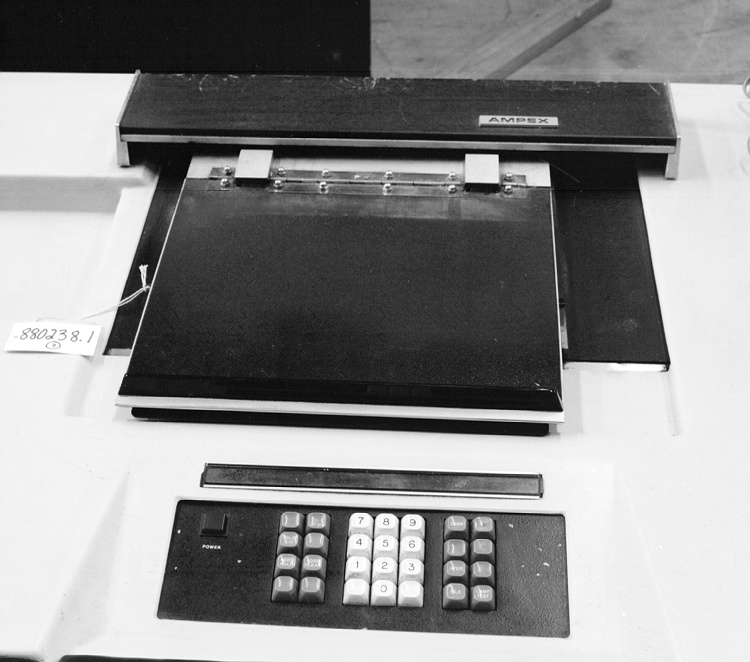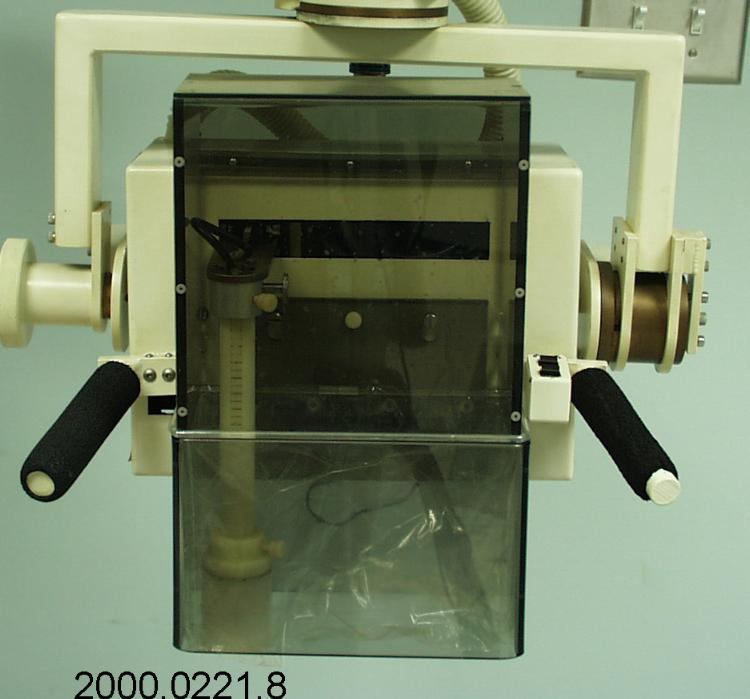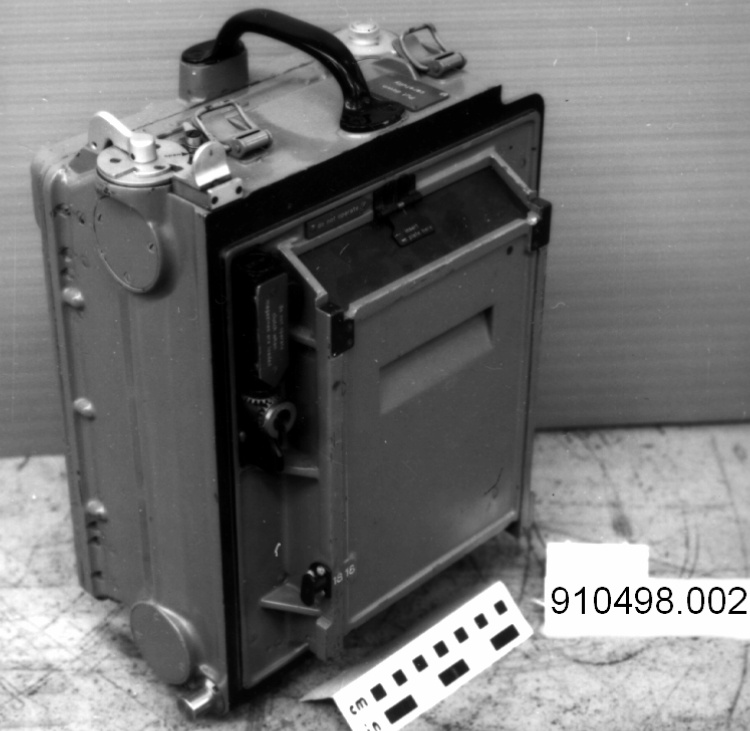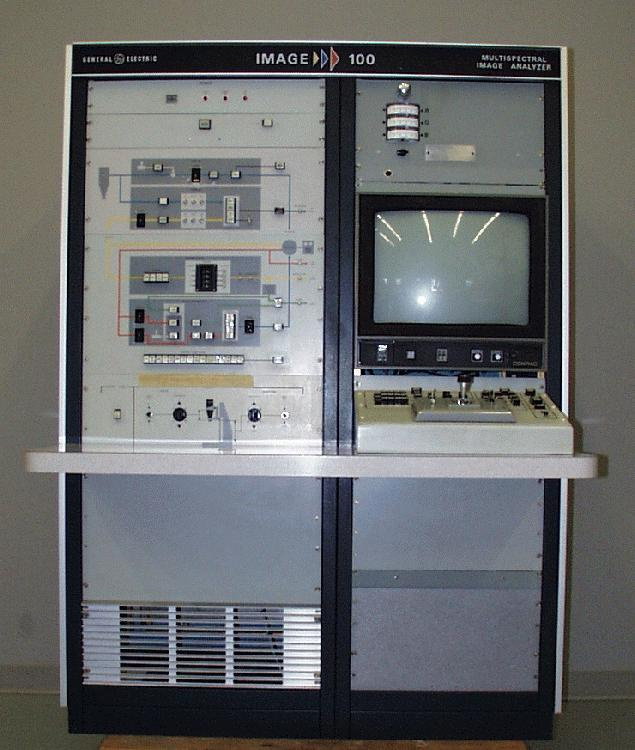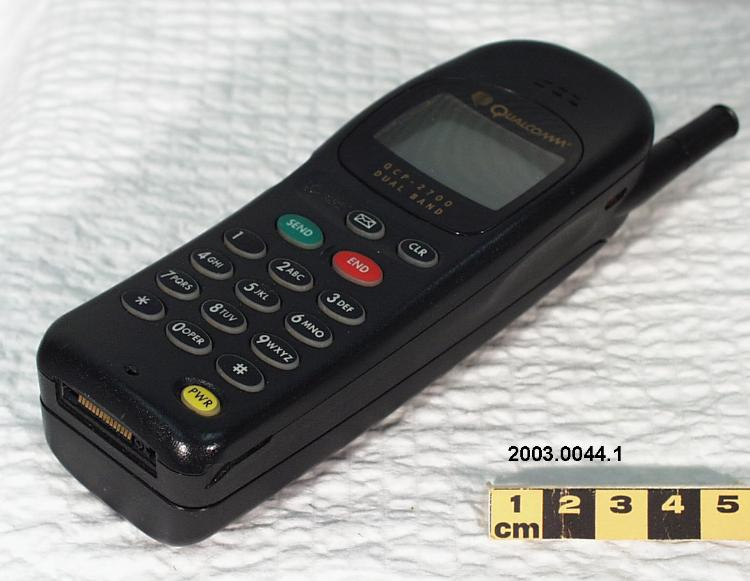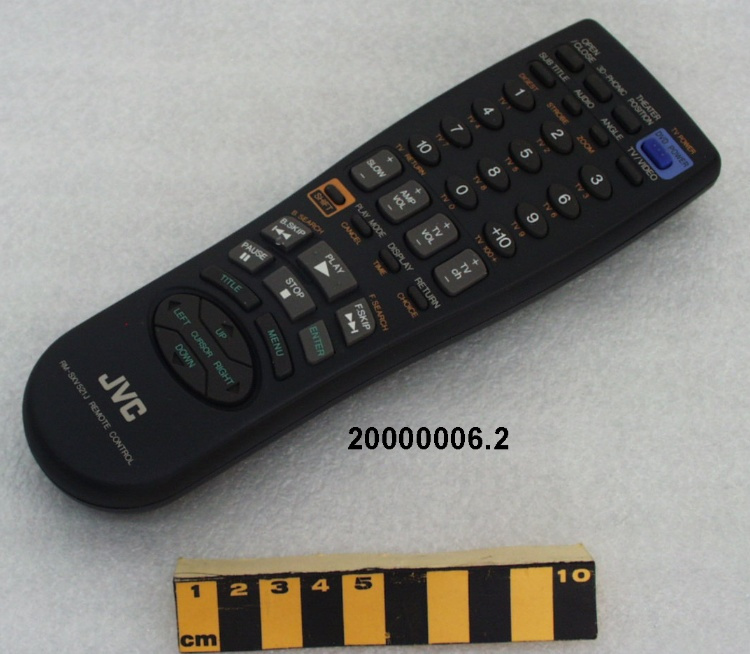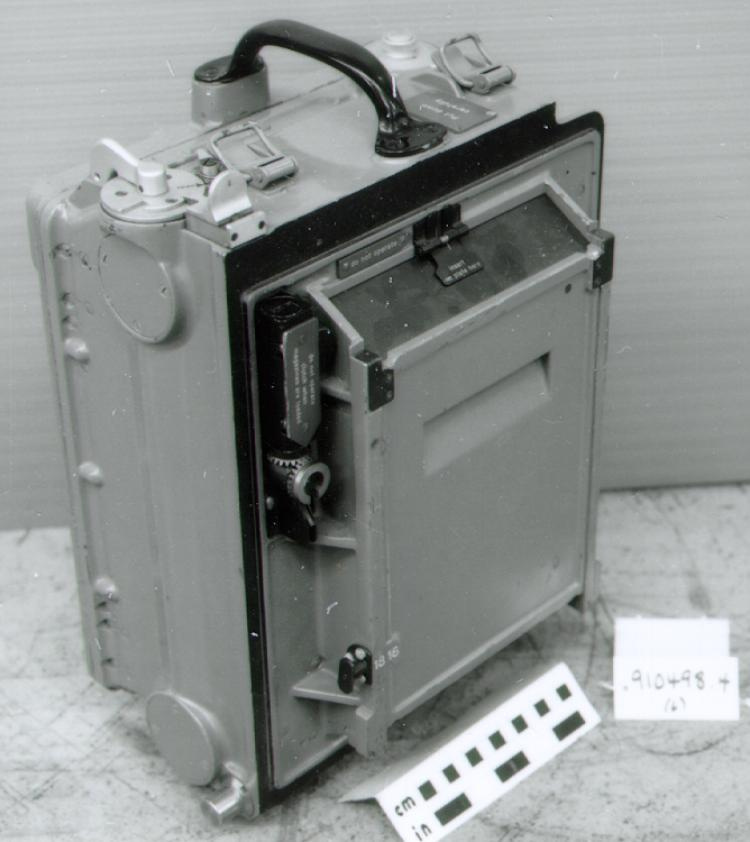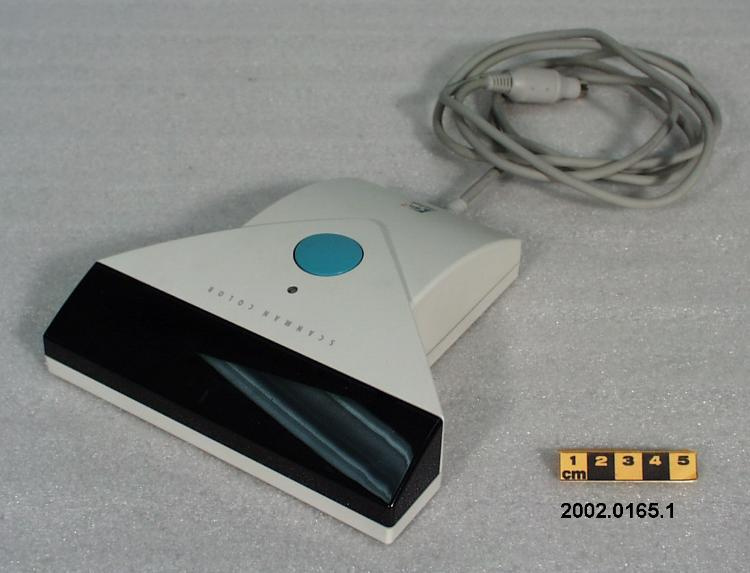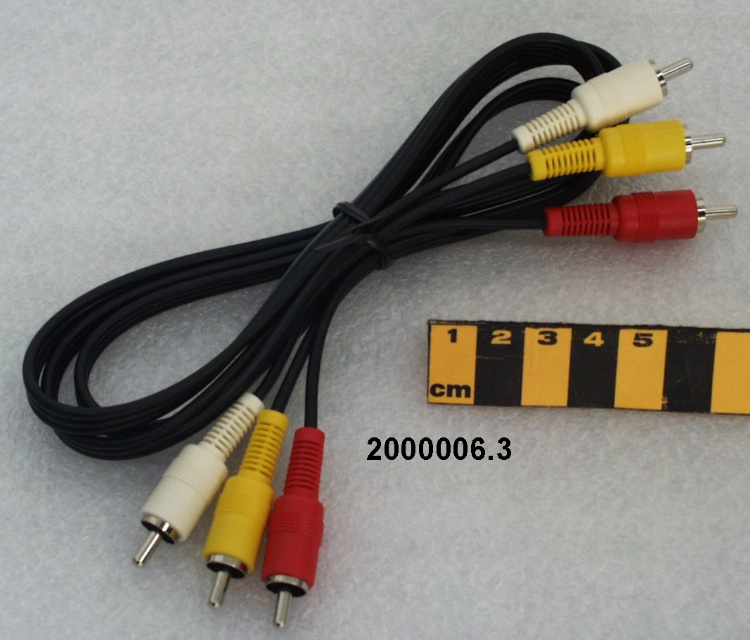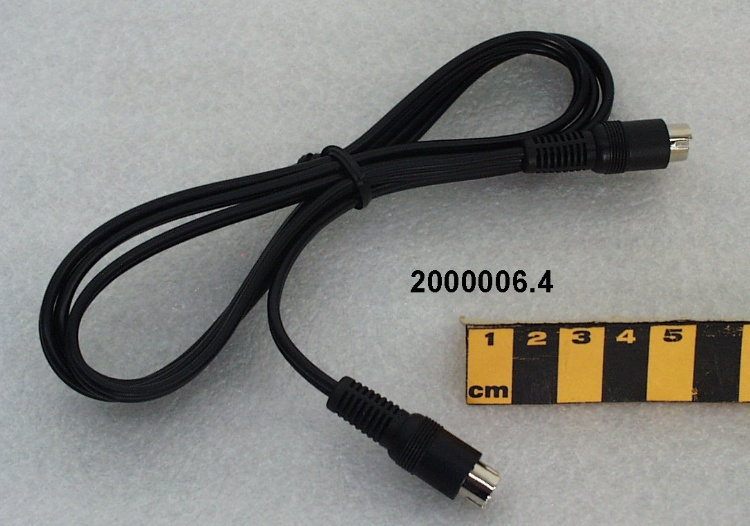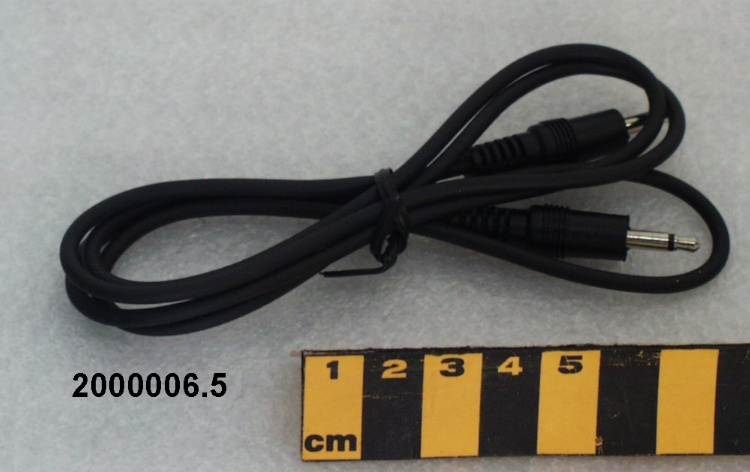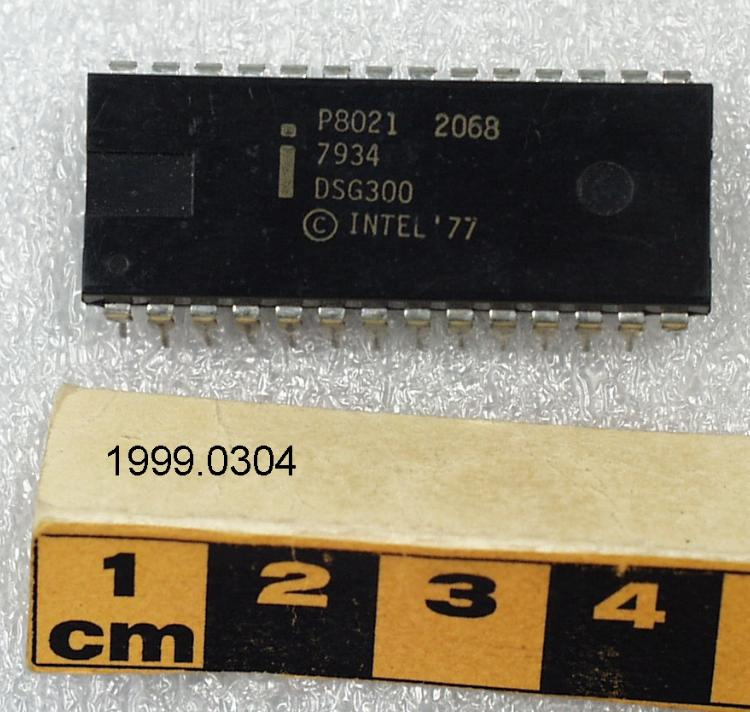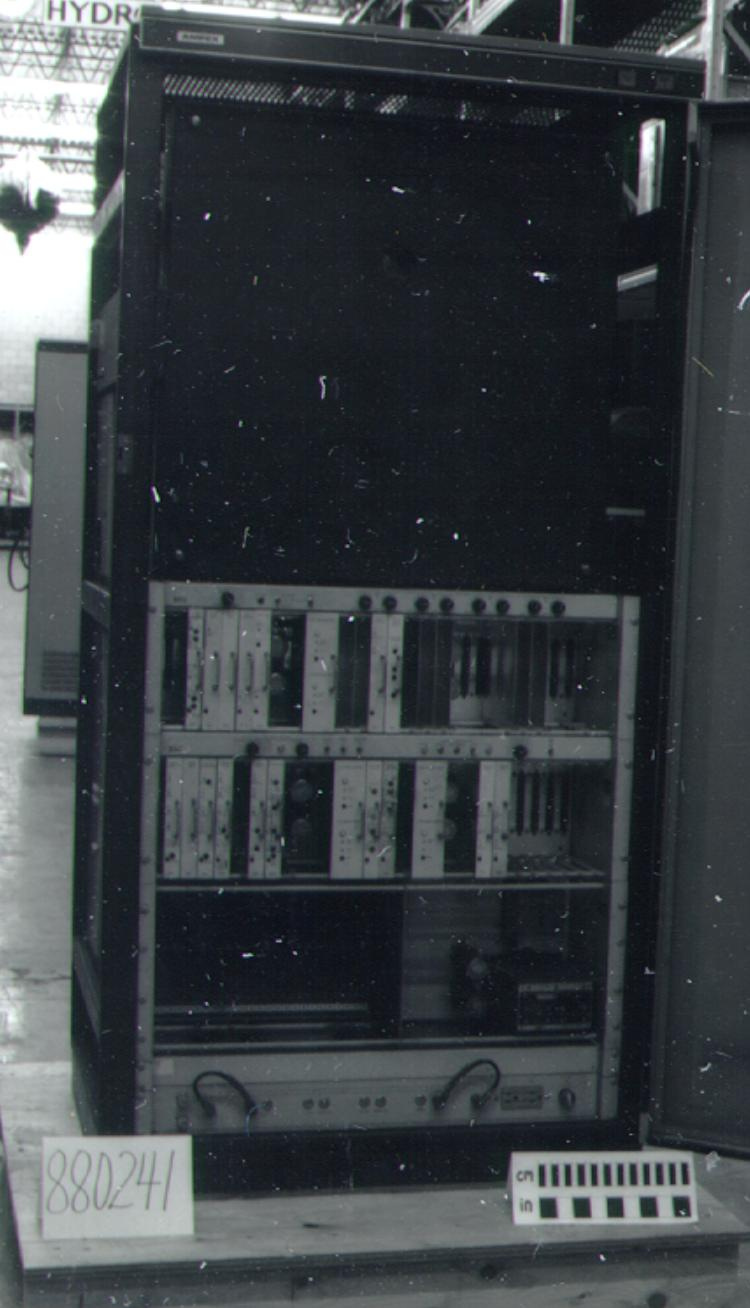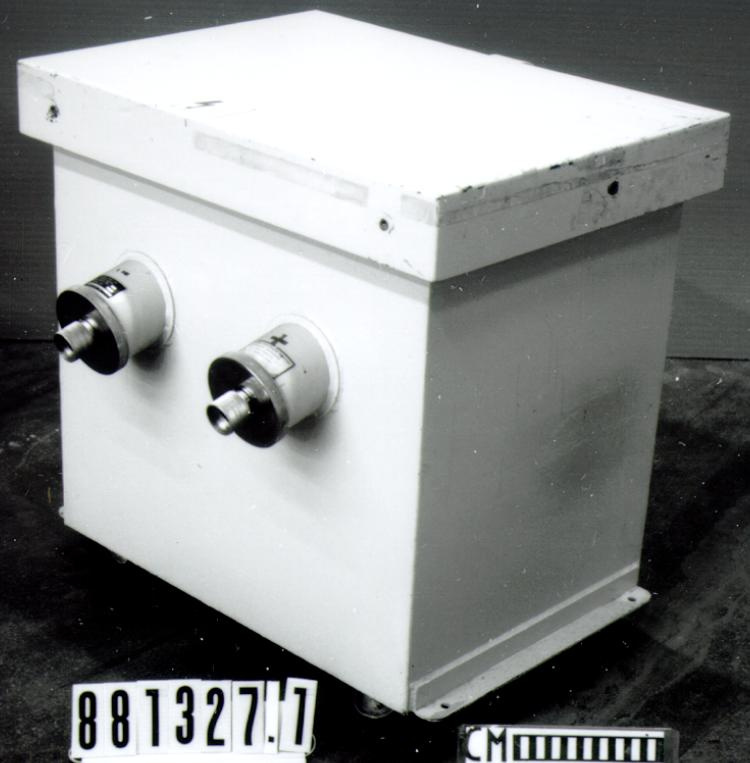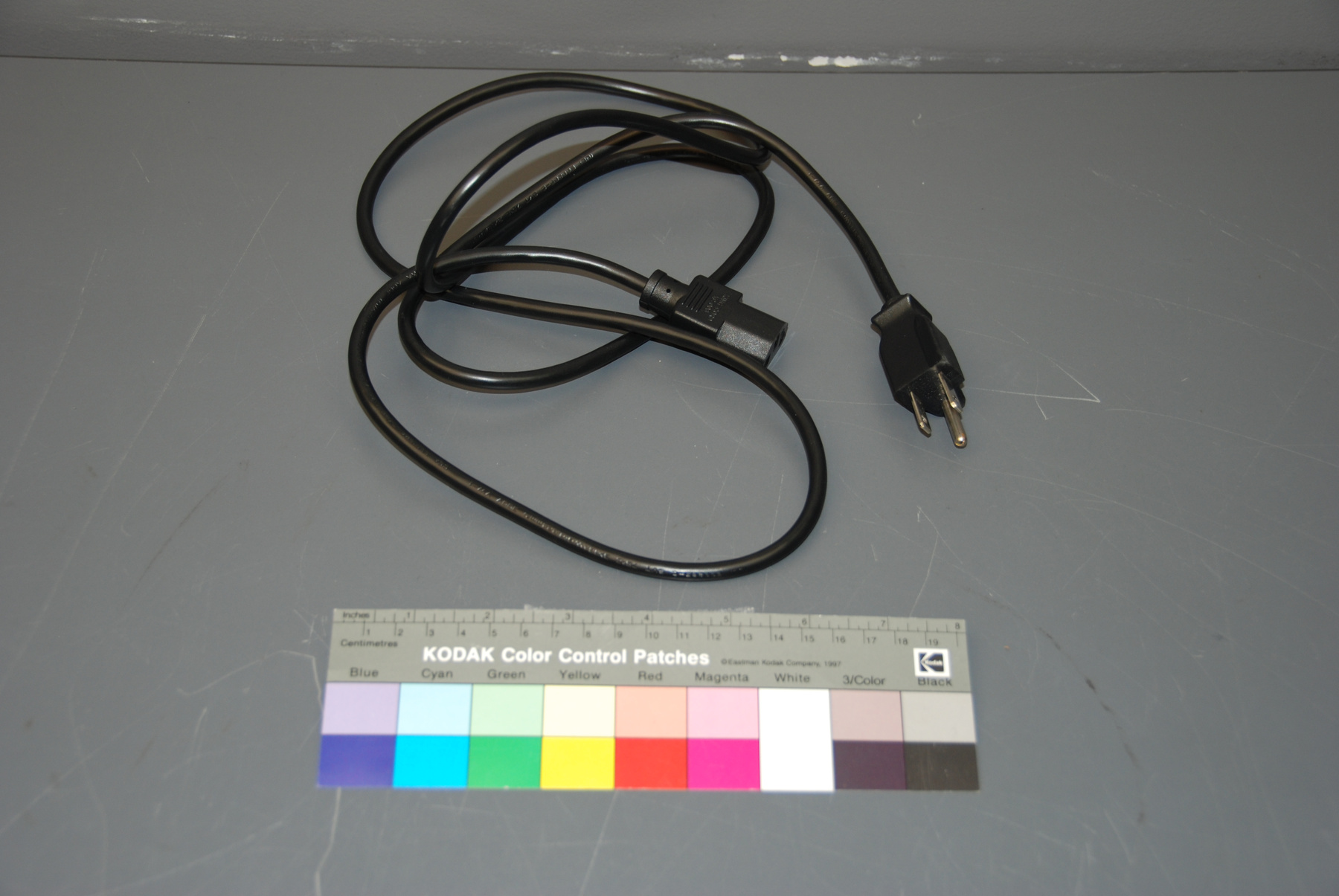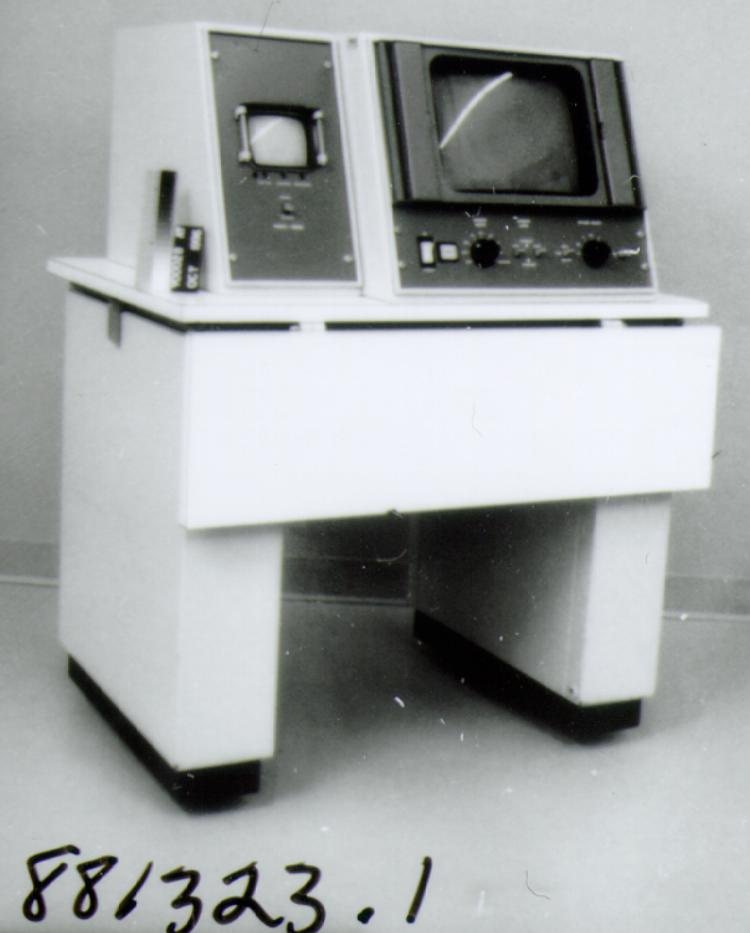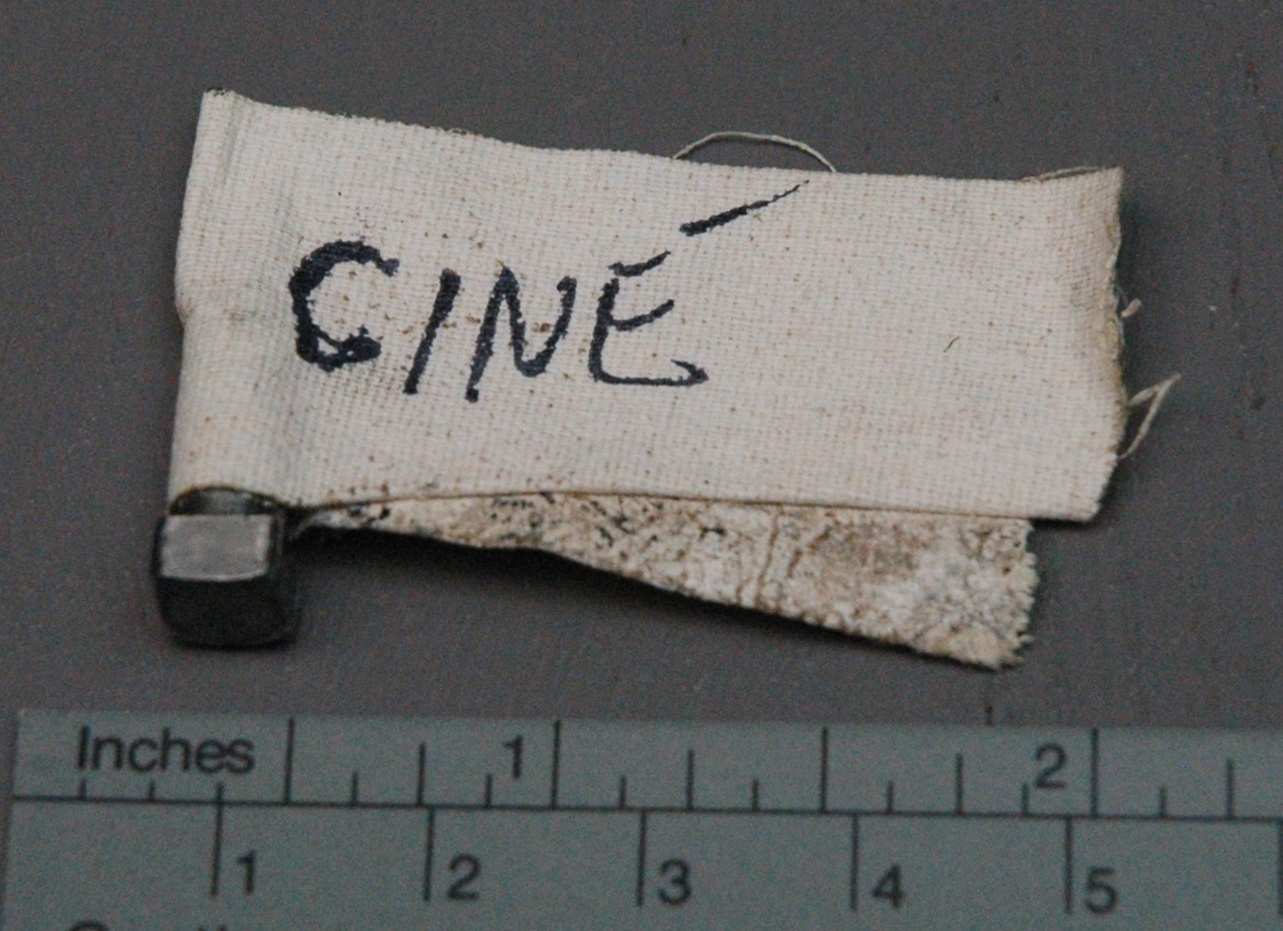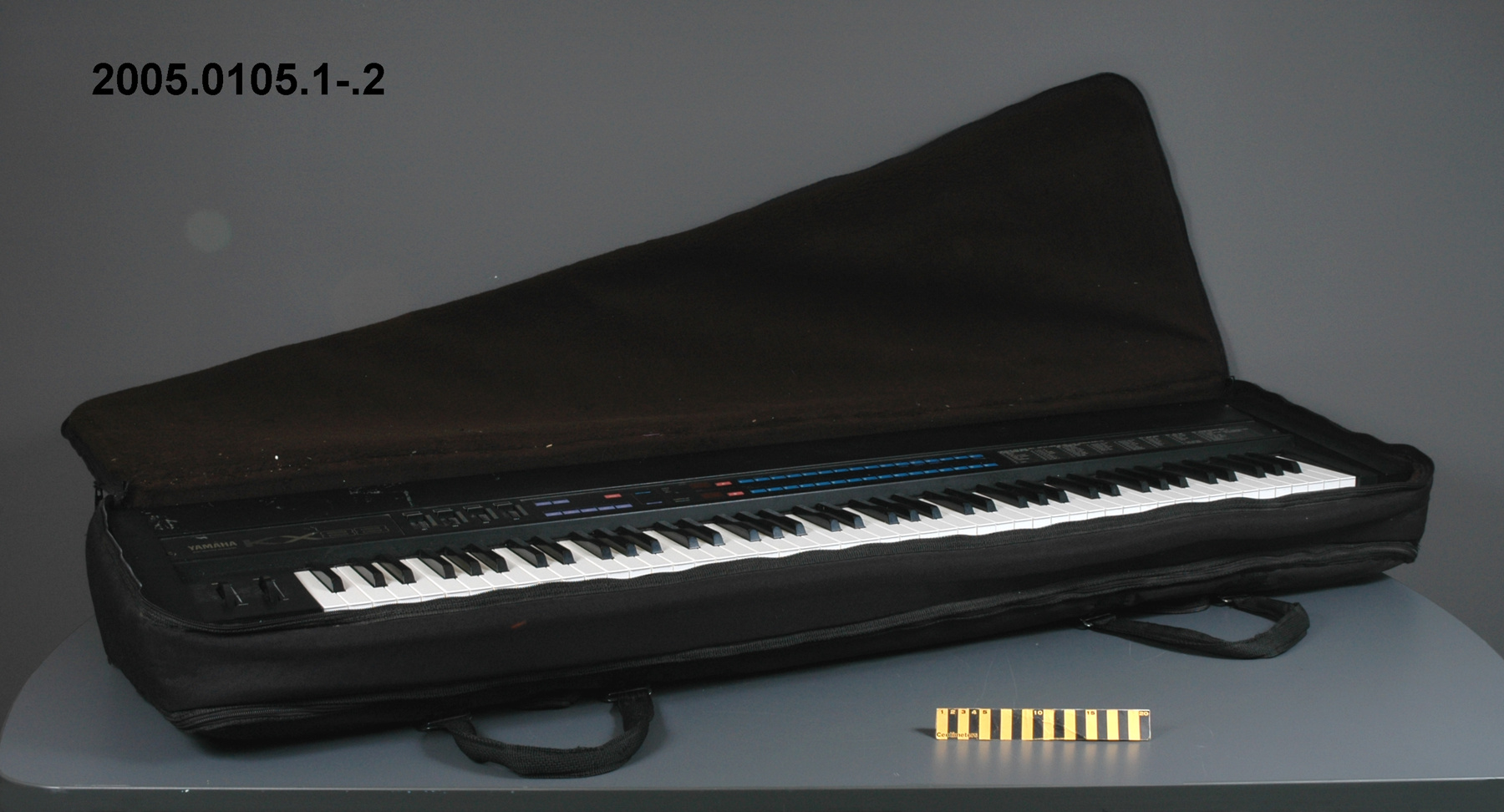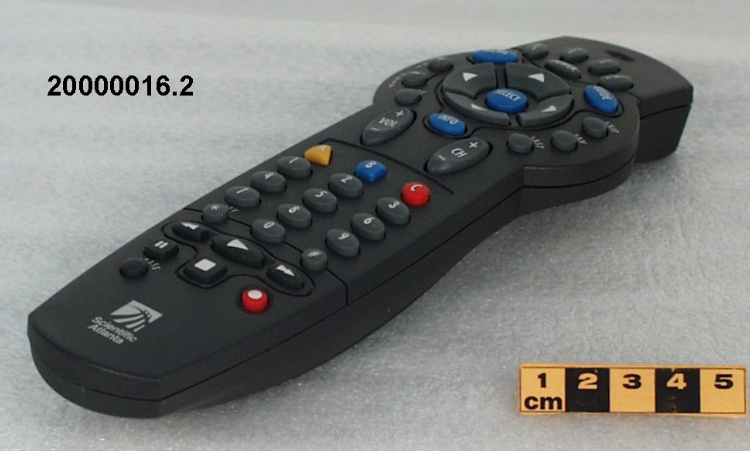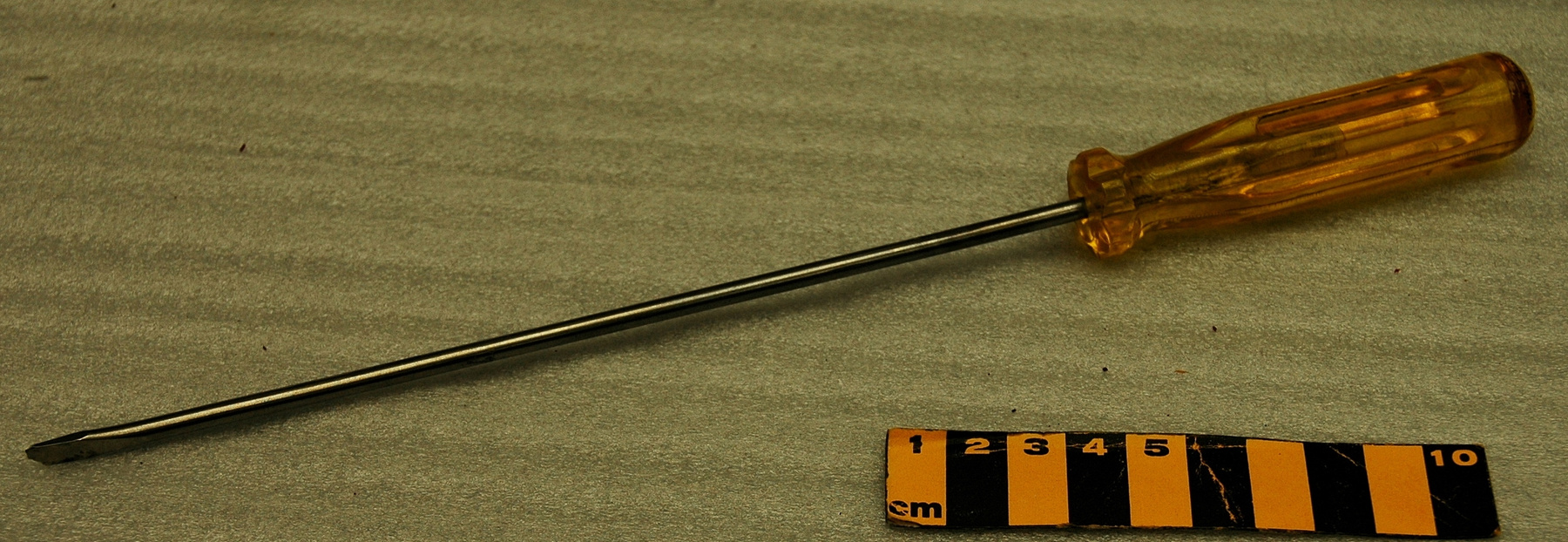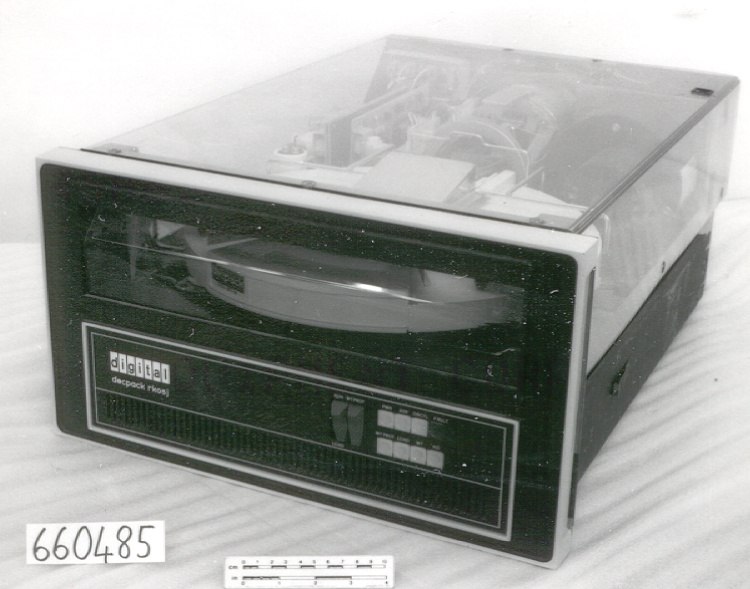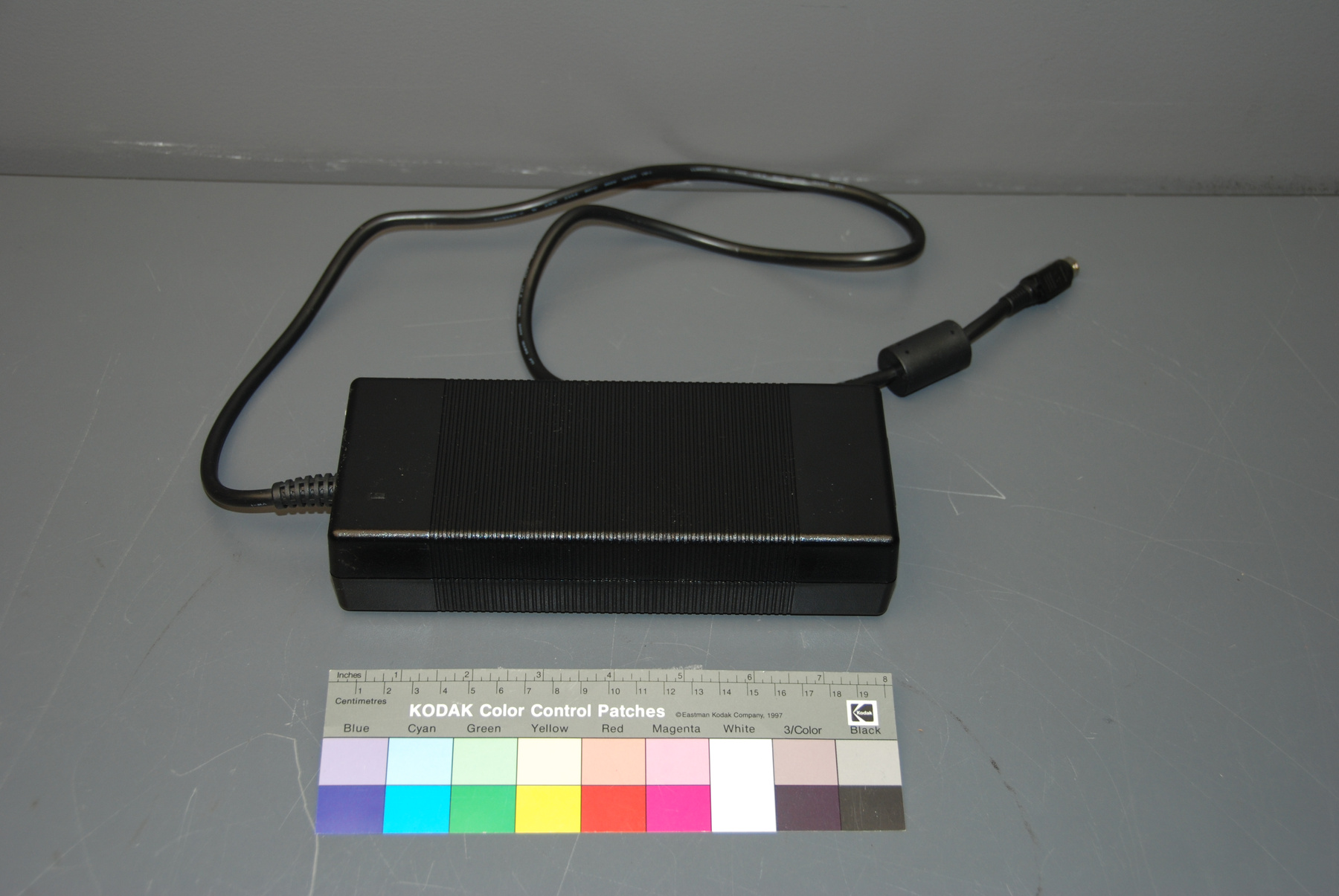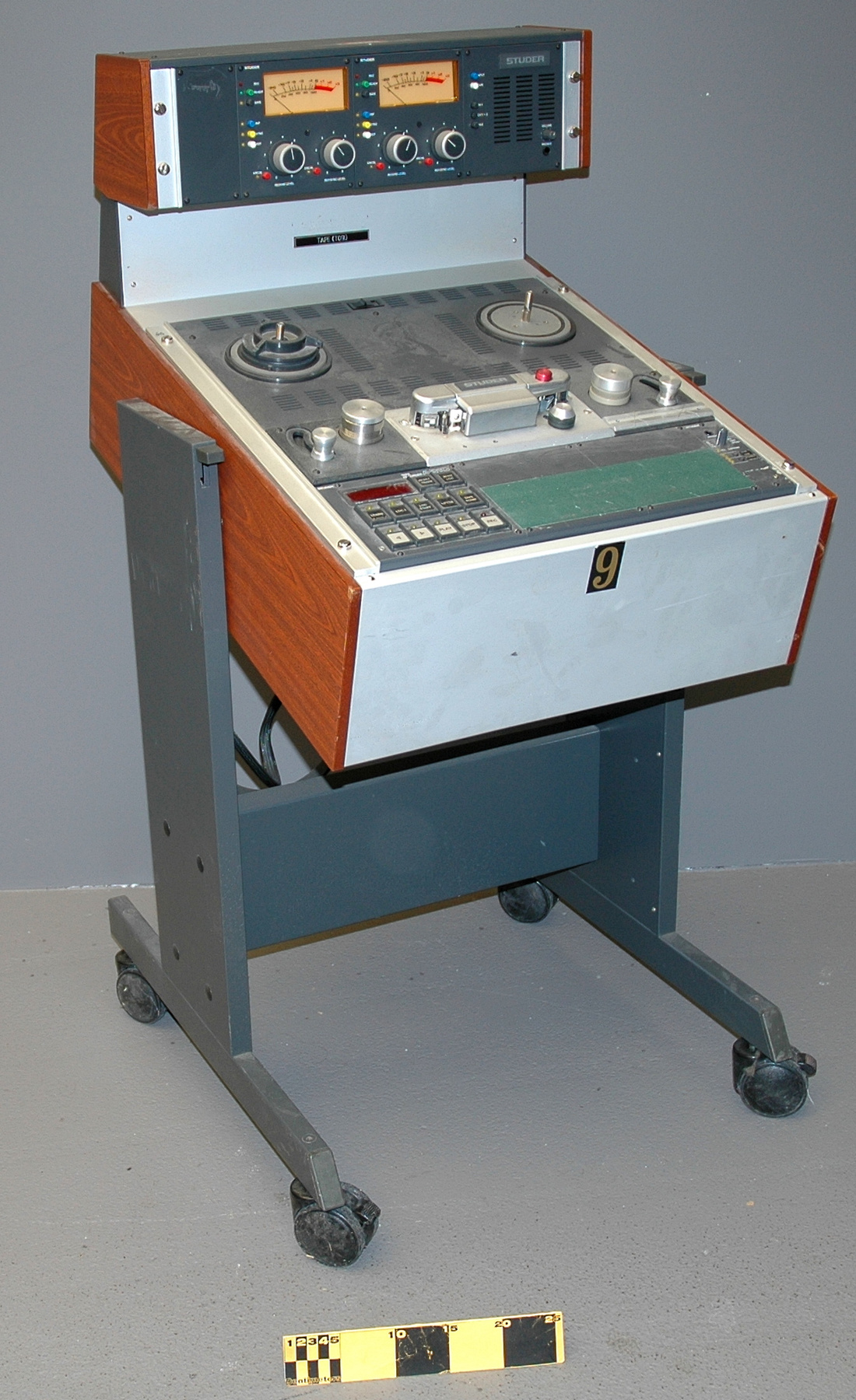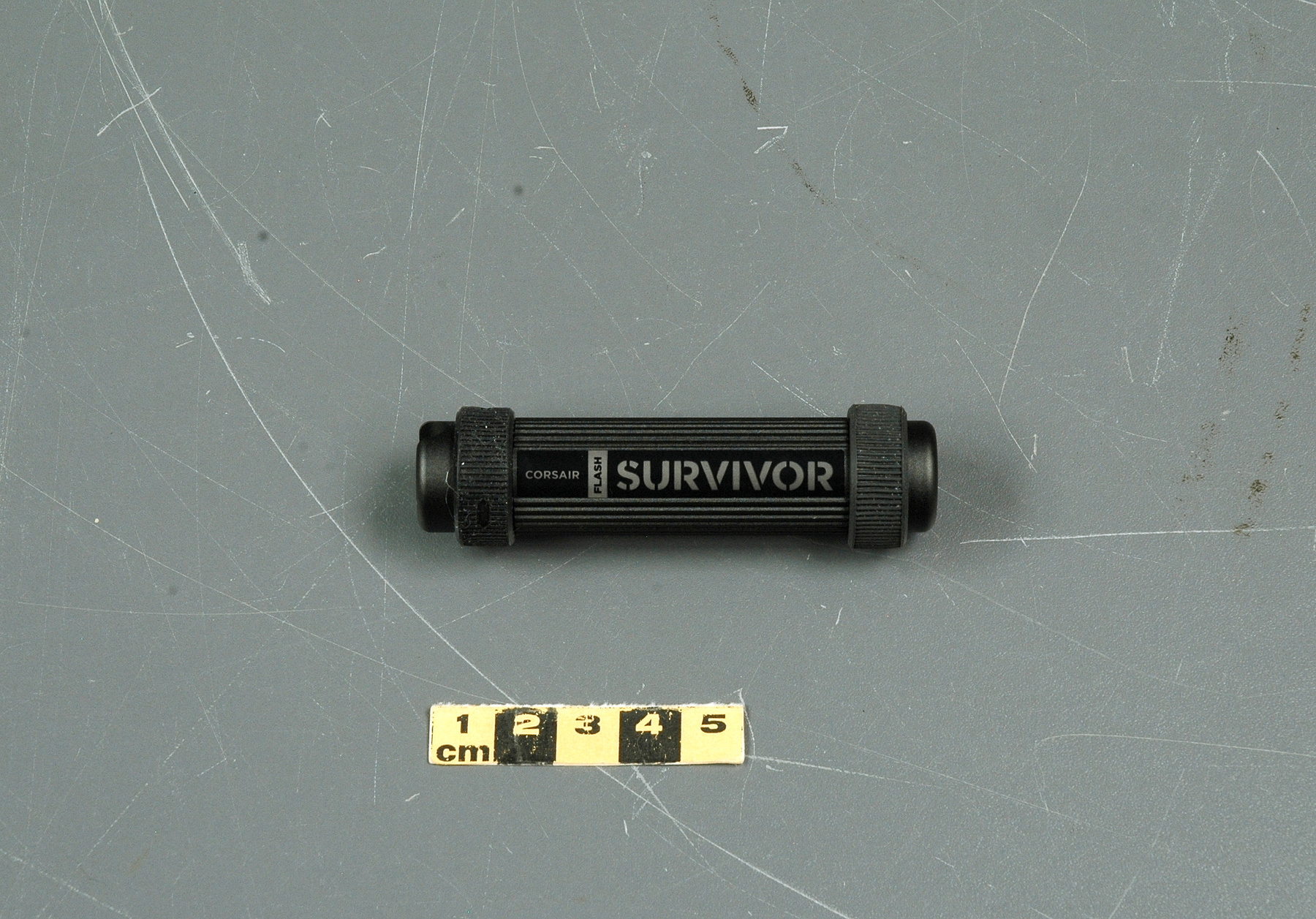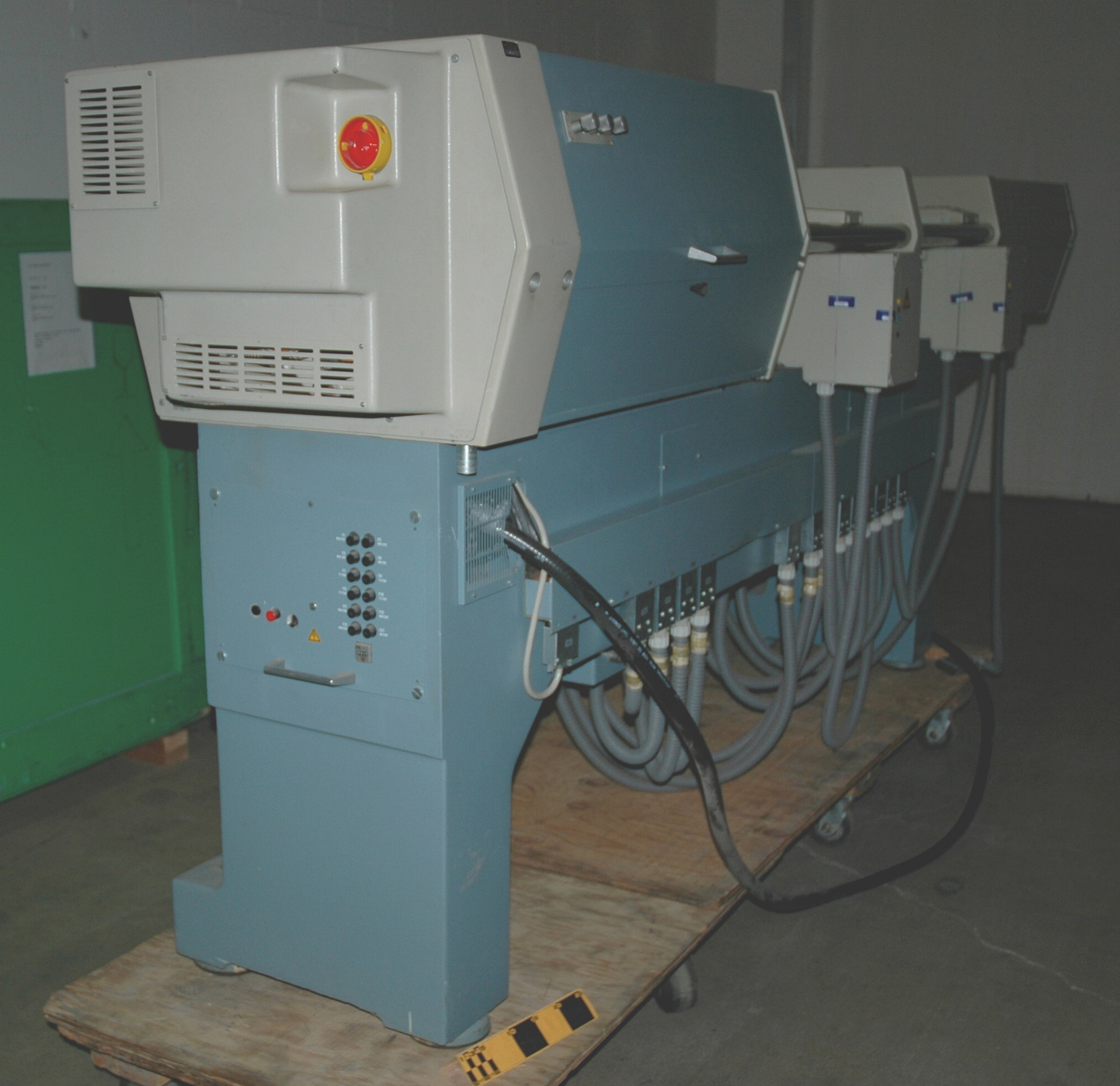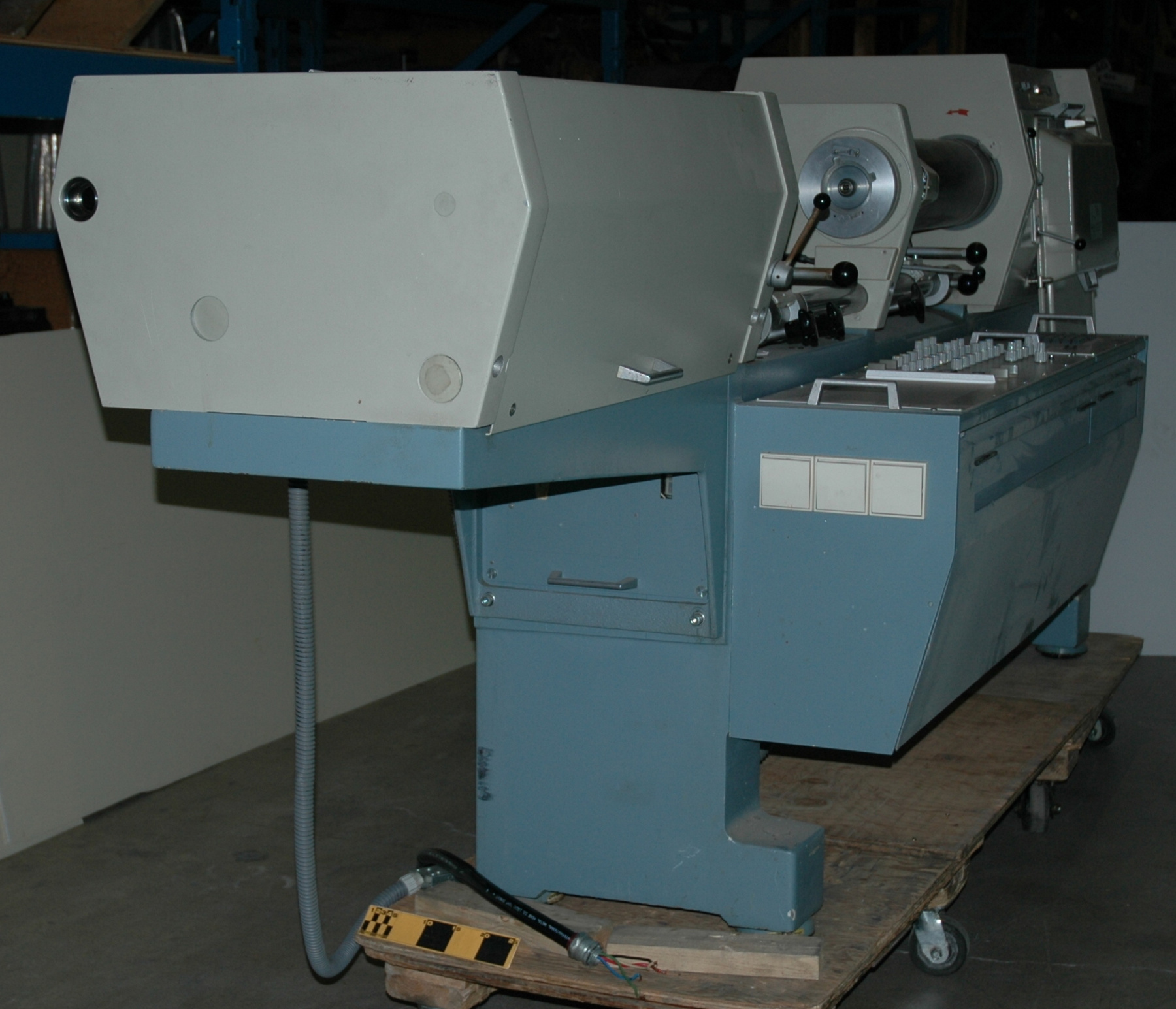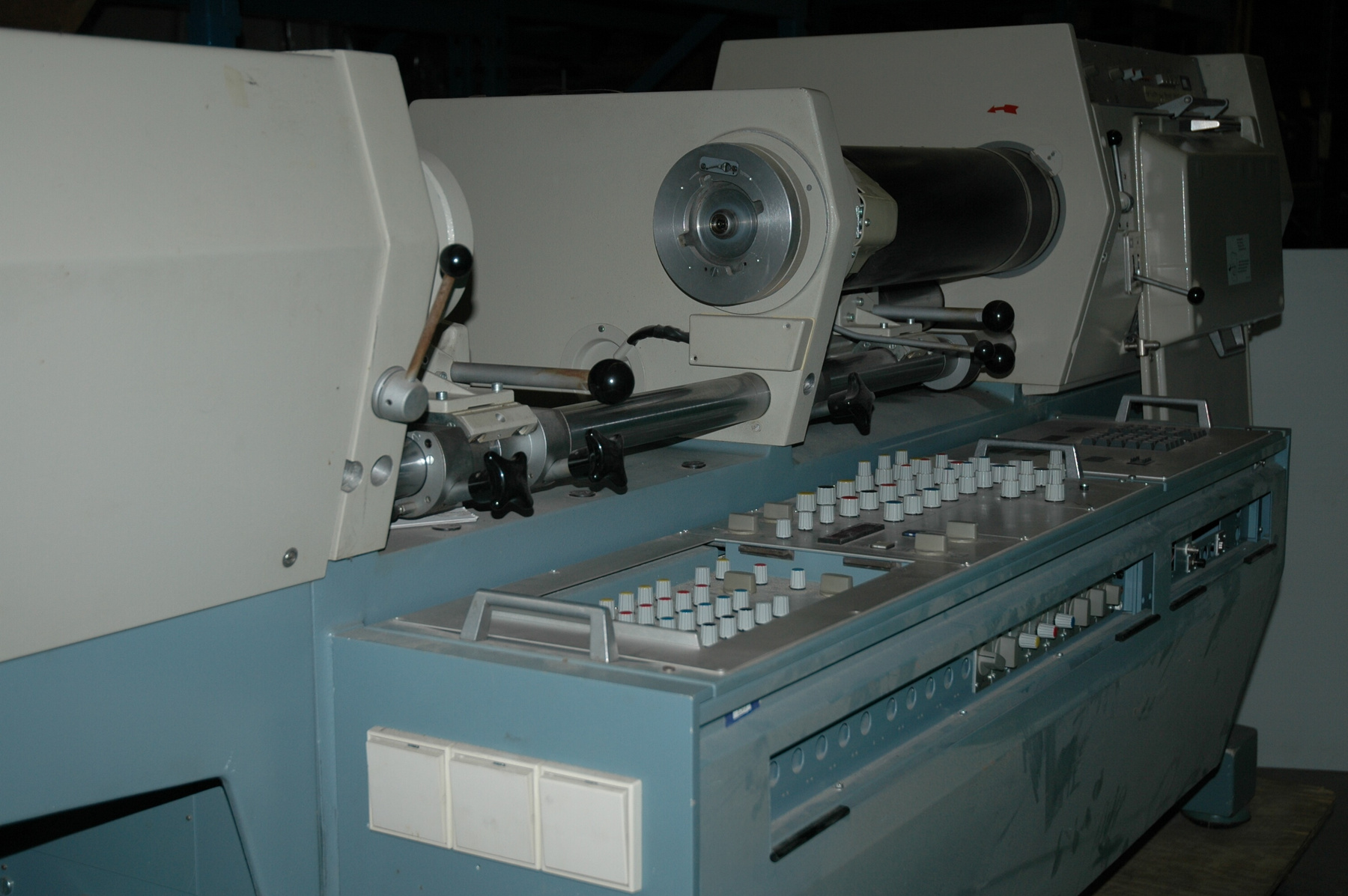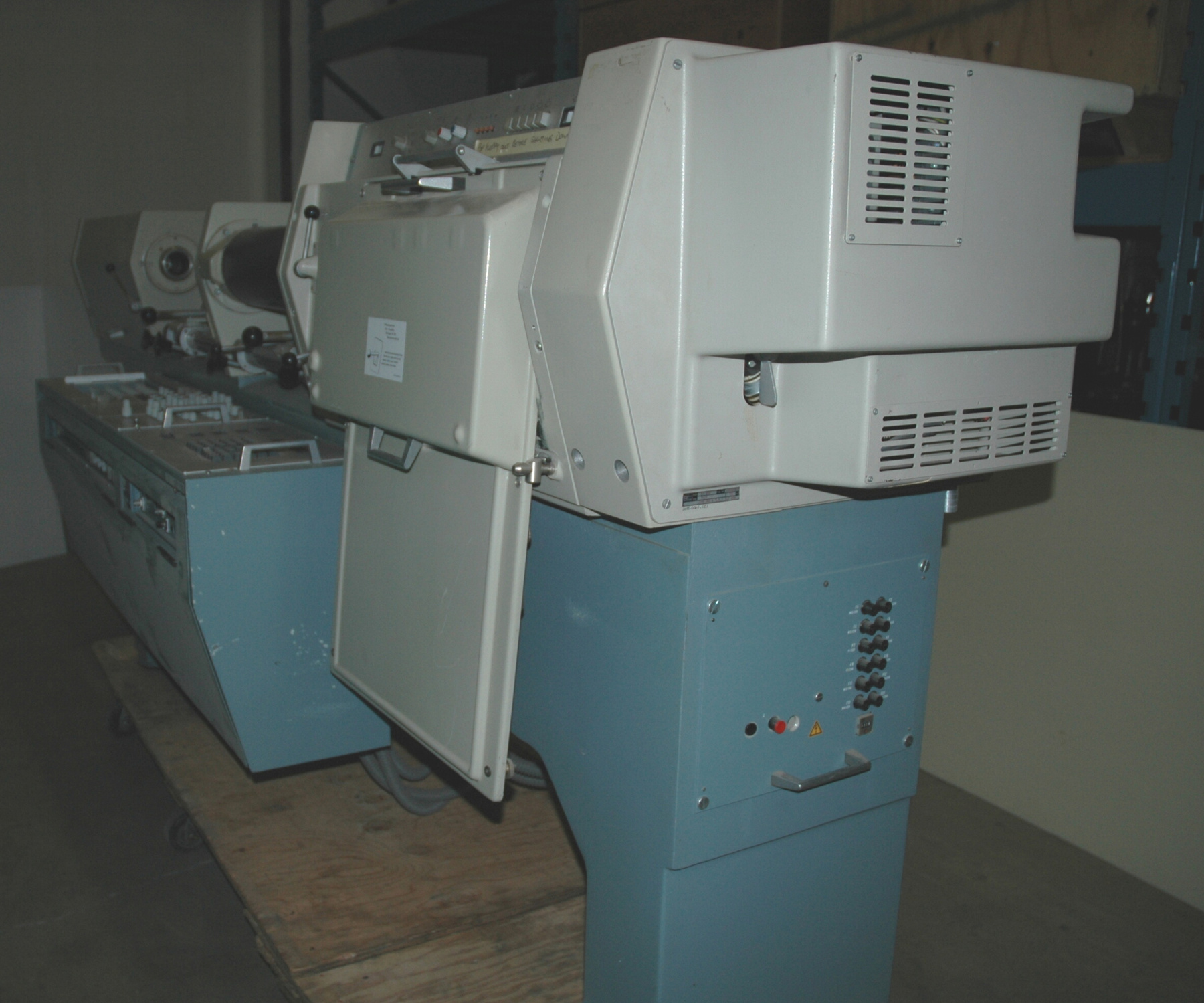Scanner
Use this image
Can I reuse this image without permission? Yes
Object images on the Ingenium Collection’s portal have the following Creative Commons license:
Copyright Ingenium / CC BY-NC-ND (Attribution-NonCommercial 4.0 International (CC BY-NC 4.0)
ATTRIBUTE THIS IMAGE
Ingenium,
2005.0060.001
Permalink:
Ingenium is releasing this image under the Creative Commons licensing framework, and encourages downloading and reuse for non-commercial purposes. Please acknowledge Ingenium and cite the artifact number.
DOWNLOAD IMAGEPURCHASE THIS IMAGE
This image is free for non-commercial use.
For commercial use, please consult our Reproduction Fees and contact us to purchase the image.
- OBJECT TYPE
- analogue/colour/stored program control
- DATE
- 1982
- ARTIFACT NUMBER
- 2005.0060.001
- MANUFACTURER
- Hell, Rudolph Gmbh
- MODEL
- Chromagraph DC 350
- LOCATION
- Kiel, Federal Republic of Germany
More Information
General Information
- Serial #
- 60060322
- Part Number
- 1
- Total Parts
- 17
- AKA
- N/A
- Patents
- N/A
- General Description
- metal, synthetic and glass components.
Dimensions
Note: These reflect the general size for storage and are not necessarily representative of the object's true dimensions.
- Length
- 342.0 cm
- Width
- 90.0 cm
- Height
- 136.0 cm
- Thickness
- N/A
- Weight
- 990.0
- Diameter
- N/A
- Volume
- N/A
Lexicon
- Group
- Printing
- Category
- Platemaking
- Sub-Category
- N/A
Manufacturer
- AKA
- Hell
- Country
- Federal Republic of Germany
- State/Province
- Unknown
- City
- Kiel
Context
- Country
- Canada
- State/Province
- Ontario
- Period
- Used. c. 1982 until June 2004.
- Canada
-
Example of type of equipment once widely used in the Canadian graphic arts industry. By reducing the time and skilled hand labour required to produce corrected colour separations, digital, electronic scanners like the DC 350 helped the graphic arts industry meet the increasing demand for colour images from advertisers and publishers in the 1970s and 1980s. This example of a DC 350 was originally owned by a company called Colour Images. In 1995 the firm and the scanner were acquired by Maracle Press, which used the scanner until June 2004. Maracle Press was incorporated in 1920 and had a long association with the Seventh Day Adventist Church. Today it is a privately owned company specializing in book manufacturing and commercial printing. It employs more than 75 workers at its Oshawa plant, which provides integrated pre-press, press and bindery services to clients across North America. (Ref. 1) - Function
-
Used to scan a print or transparency to produce four colour separation films used in lithographic or gravure platemaking. - Technical
-
Scanner includes an operator panel, a colour and scale computer and three rotating drums: the first scans the original image, the second scans masks superimposed on the original, and the third records the finished output on photographic film. The Hell Chromagraph DC 350 represents a critical technology introduced to the production of images for the graphic arts industry in the middle of the 20th century. In its use of digital stored program control and a laser, it was an important element in the shift of pre-press operations from a photographic, mechanical and manual activity to a fully automated, digital process. The 1st colour scanners were introduced in the 1950s. Due to their high price and to effective cost competition from colour correction by masking, colour scanners spread very slowly. In the 1970s scanner builders greatly increased the speed and capability of their machines. Digital processing and data storage began to supplant analog devices, greatly increasing the flexibility of the systems by making it easier to manipulate data collected by the scanner. The most advanced of the new generations of scanner were the Crosfield Magnascan 550 and the Hell DC 300 and DC 3000. The first of these machines began appearing in Canadian plants in early 1973. These machines were generally too expensive for medium-sized plants. But manufacturers also introduced smaller scanners with more basic features geared to these firms. By the early 1980s sales of colour scanners were booming. The Chromagraph DC 350 was introduced to the N. American printing trade in 1981, as the successor to the DC 300. It boasted many of the features of advanced scanners of the time, including the ability to produce film positives or negatives in a variety of sizes from a variety of reflection or transparency copy. In addition, it could produce screened film for half-tone reproduction by electronically generated dots controlled by the digital computer. These were exposed on film by a laser, producing half-tones superior in fine detail to the best photographic screened negatives. Finally, the DC 350 offered unparalleled power to alter and create images. In addition to colour and tonal correction and a wide range of scaling operations, the operator could achieve a number of effects using the mask drum. These included the addition of background tones, logotypes and headings and the adjustment of small portions of the image. The DC 350 could also be integrated into a complete "Chromacom" page-makeup system in which, prior to recording on film, the operator stored individual colour scans and placed them on a page display in the size and position they would appear on the printed page. The DC 350 was a hybrid of analogue and digital components. The scanning unit, which could produce the colour separations simultaneously, consisted of an optical subsystem of lenses, mirrors and prisms whose light output was converted to analogue electrical voltages. The operator adjusted these electrical signals by programming the computer using a variety of knobs, switches and controls in order for it to carry out colour and tonal correction and other adjustments. The analogue signal was then converted to digital for scaling of the image before being converted back to analogue prior to recording on the output film. Instead of manually adjusting the controls, the operator could invoke pre-set values stored in digital form on a floppy disc. One of the DC 350's most notable enhancements, this allowed the operator to store up to 13 pre-programmed jobs. A later modification allowed the operator to program the machine using emulation software on a Macintosh computer. (Ref. 1) - Area Notes
-
Unknown
Details
- Markings
- Decal applied to proper right side end panel reads "HELL/ TYP DC 350 FAB.-NR 60060322/ KB 3039 50 Hz/ 220/380 v 3,5 + 3,2 KVA". Various components bear dark blue decals bearing numbers & text "Removal Voids Warranty or M-A/ Siemens Electric Limited." Numerous plugs & connection ports labelled/ numbered, and bear mfr's markings. Red decal in upper left rear corner of unit reads "PROPERTY OF/ MARACLE PRESS LIMITED/ EQUIPMENT NUMBER/ 100069". Various components bear mfr's and other markings.
- Missing
- Not complete: specific components missing are unknown.
- Finish
- Metal, synthetic and glass components. Lower-portion of casing has blue-grey pebble-textured enamel painted metal finish; upper portion of casing has beige pebble-textured painted metal finish. Bright silver metal; off-white, grey & black synthetic and painted metal trim and fittings. Grey and black synthetic coverings on cords, hoses, etc.
- Decoration
- N/A
CITE THIS OBJECT
If you choose to share our information about this collection object, please cite:
Hell, Rudolph Gmbh, Scanner, circa 1982, Artifact no. 2005.0060, Ingenium – Canada’s Museums of Science and Innovation, http://collections.ingeniumcanada.org/en/item/2005.0060.001/
FEEDBACK
Submit a question or comment about this artifact.
More Like This
